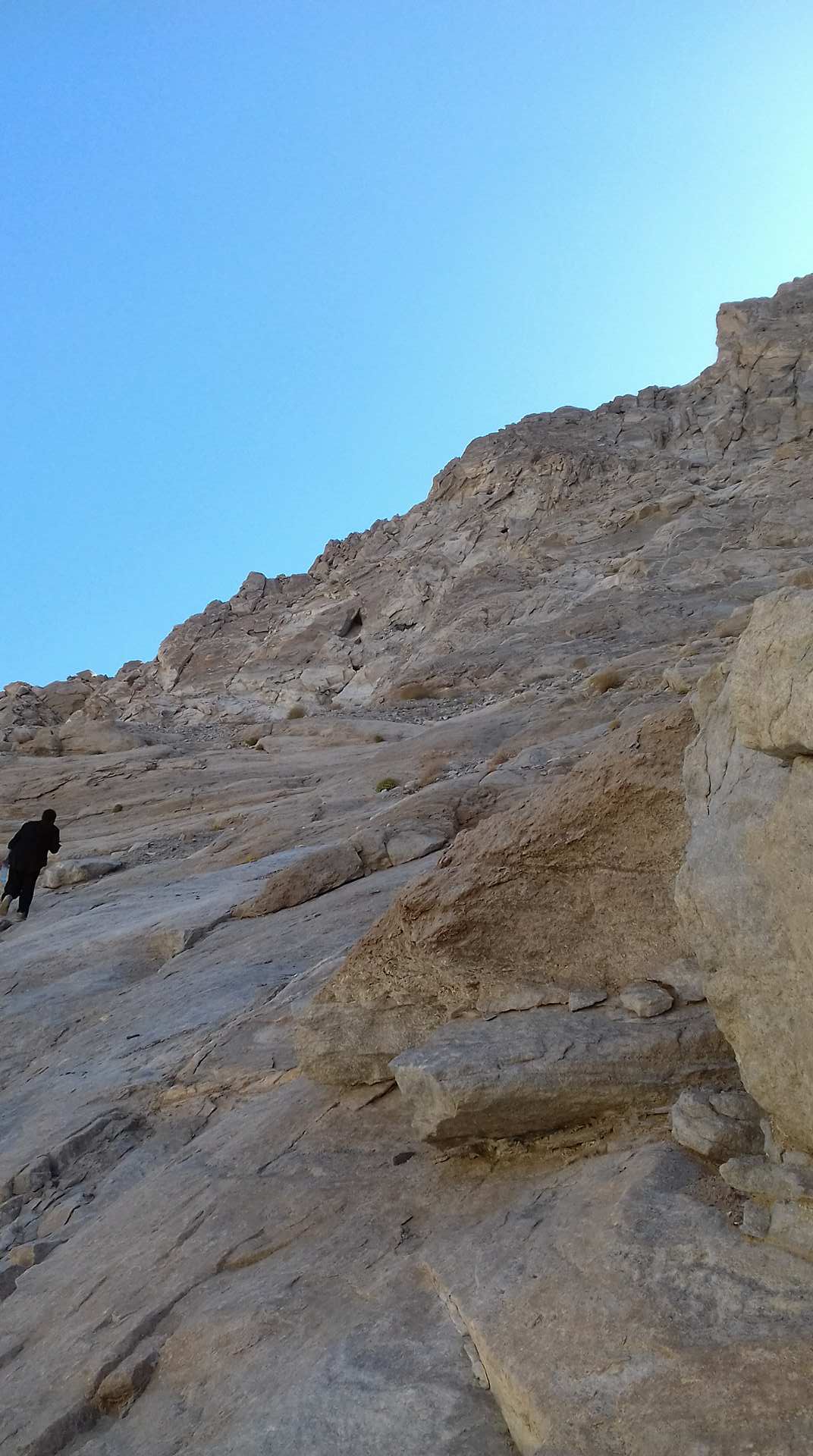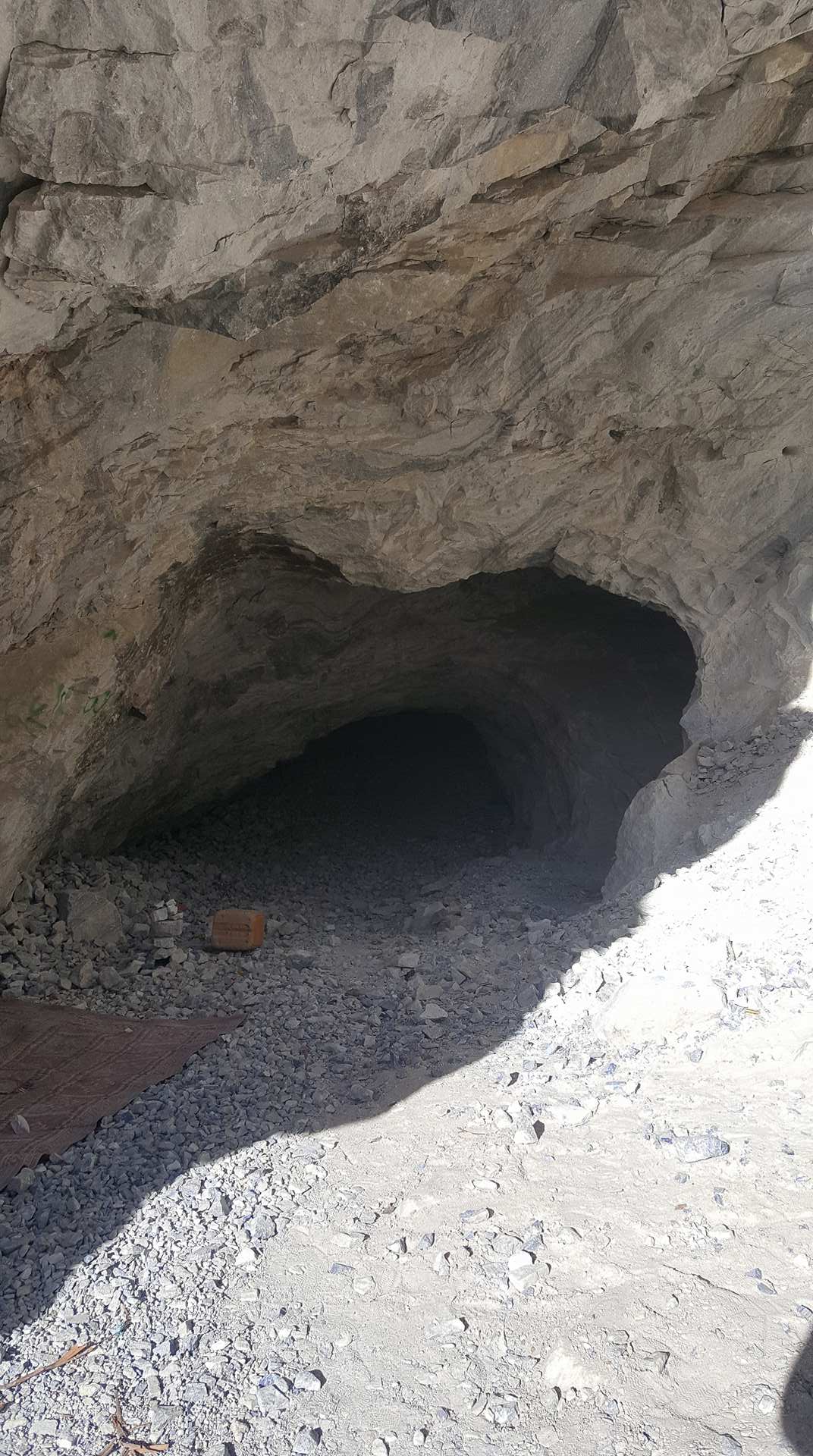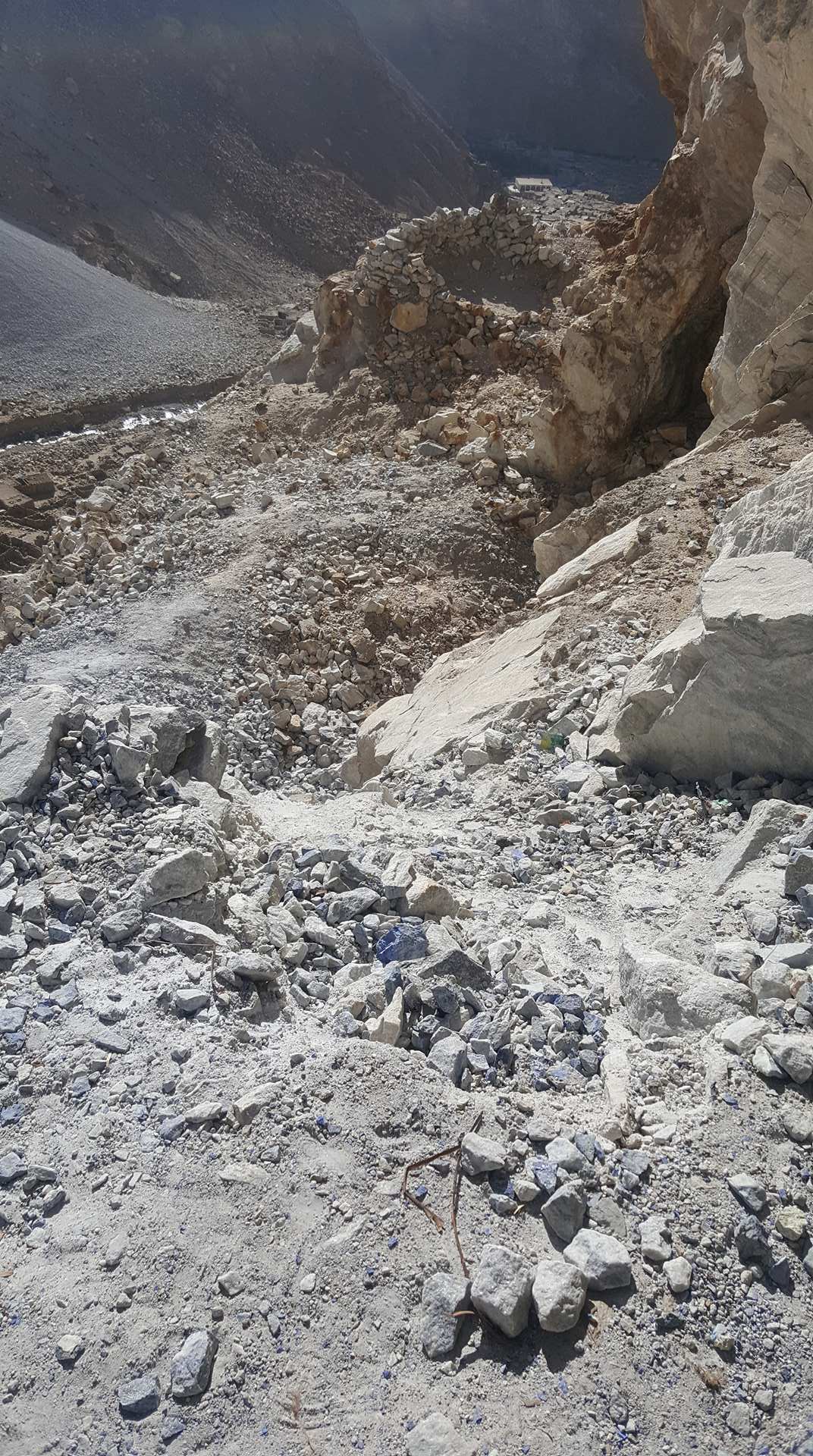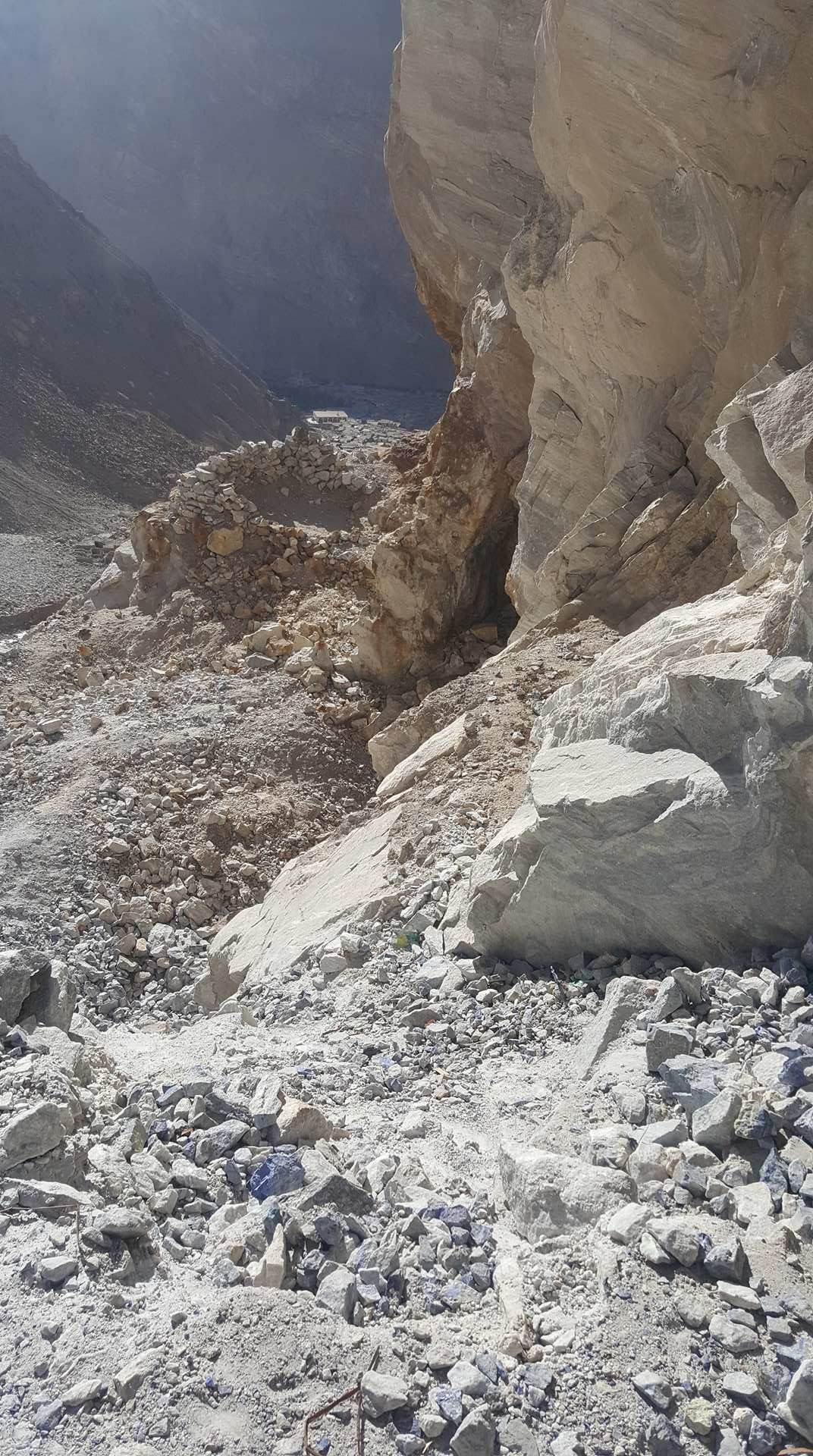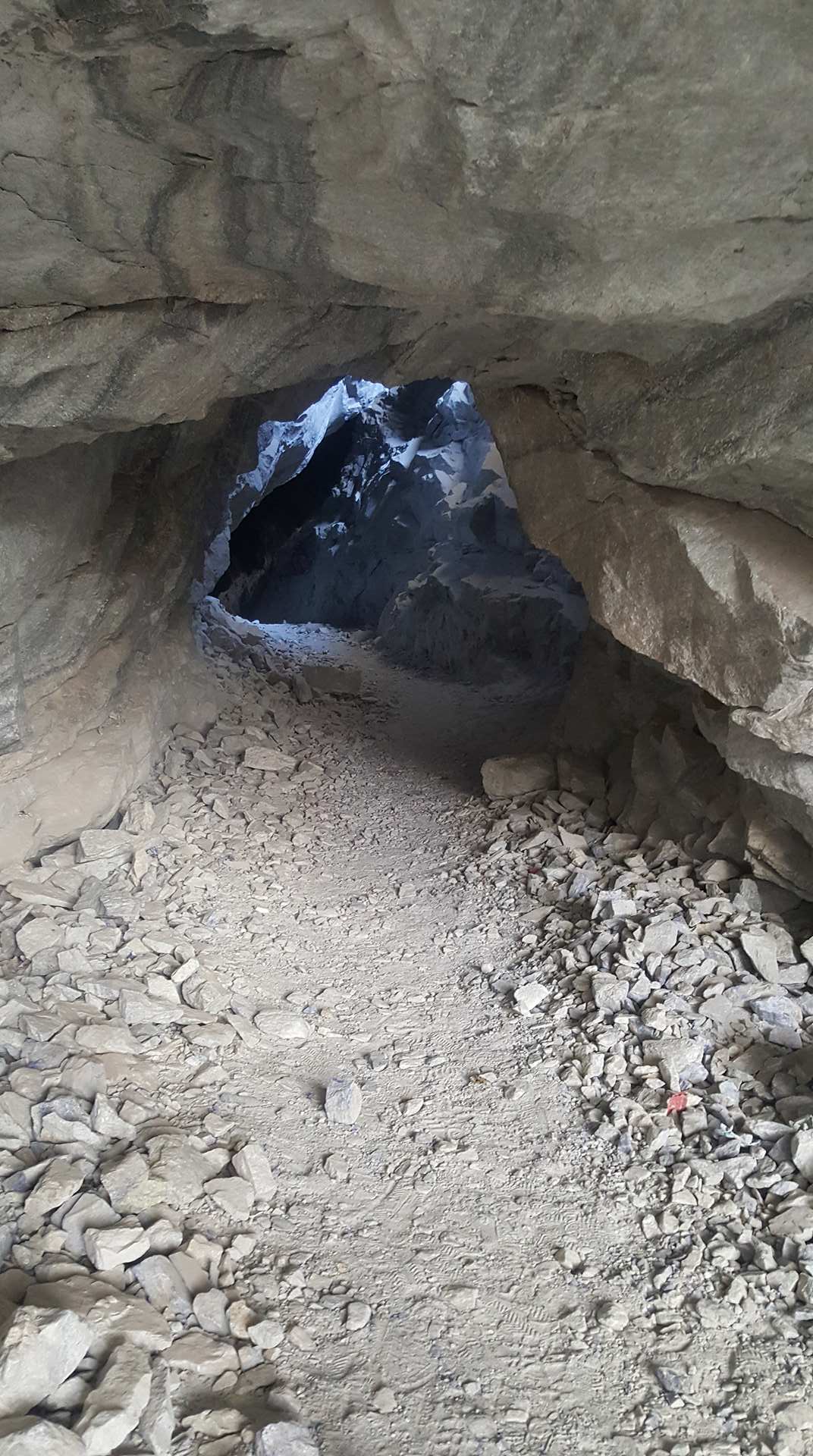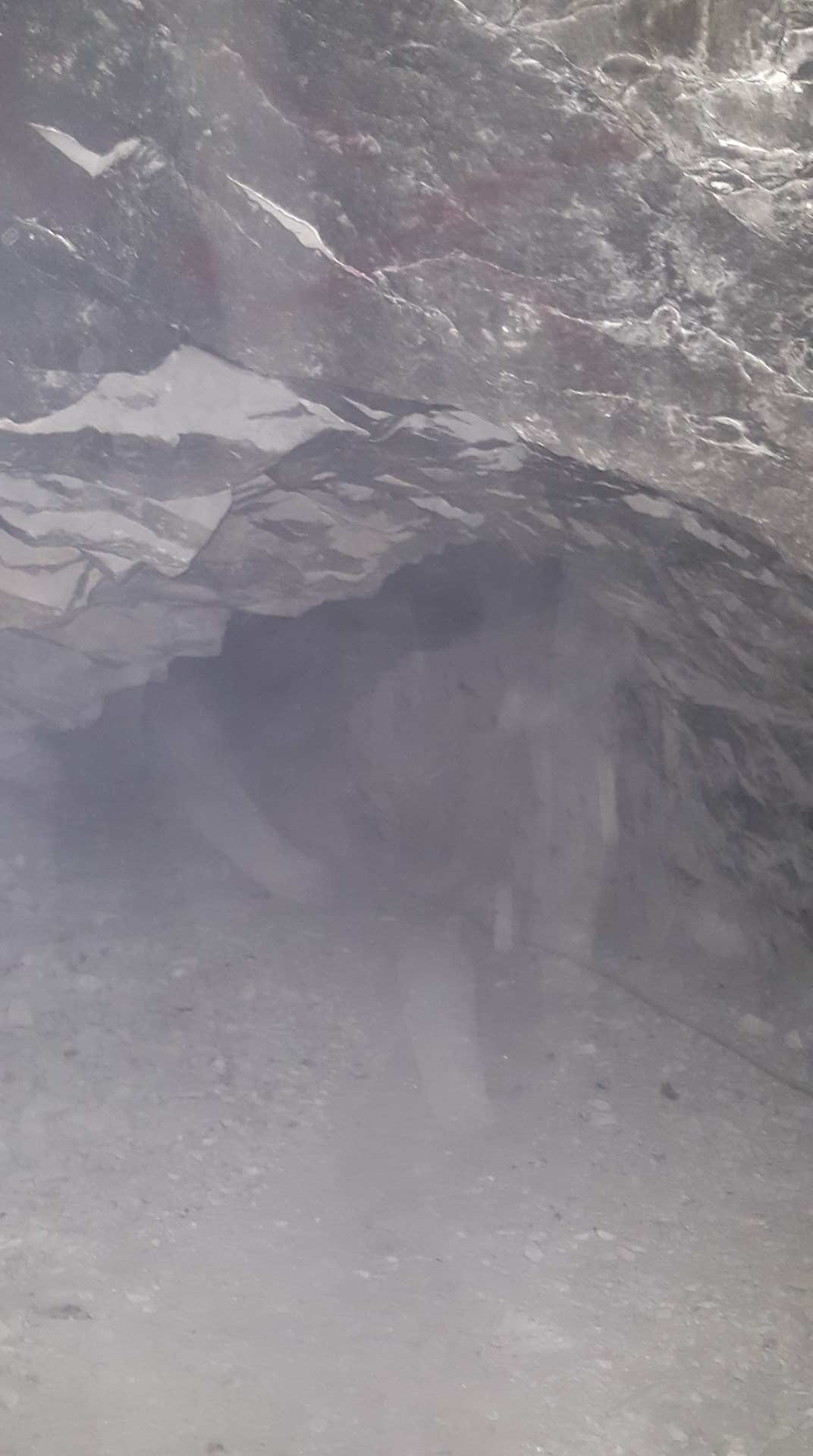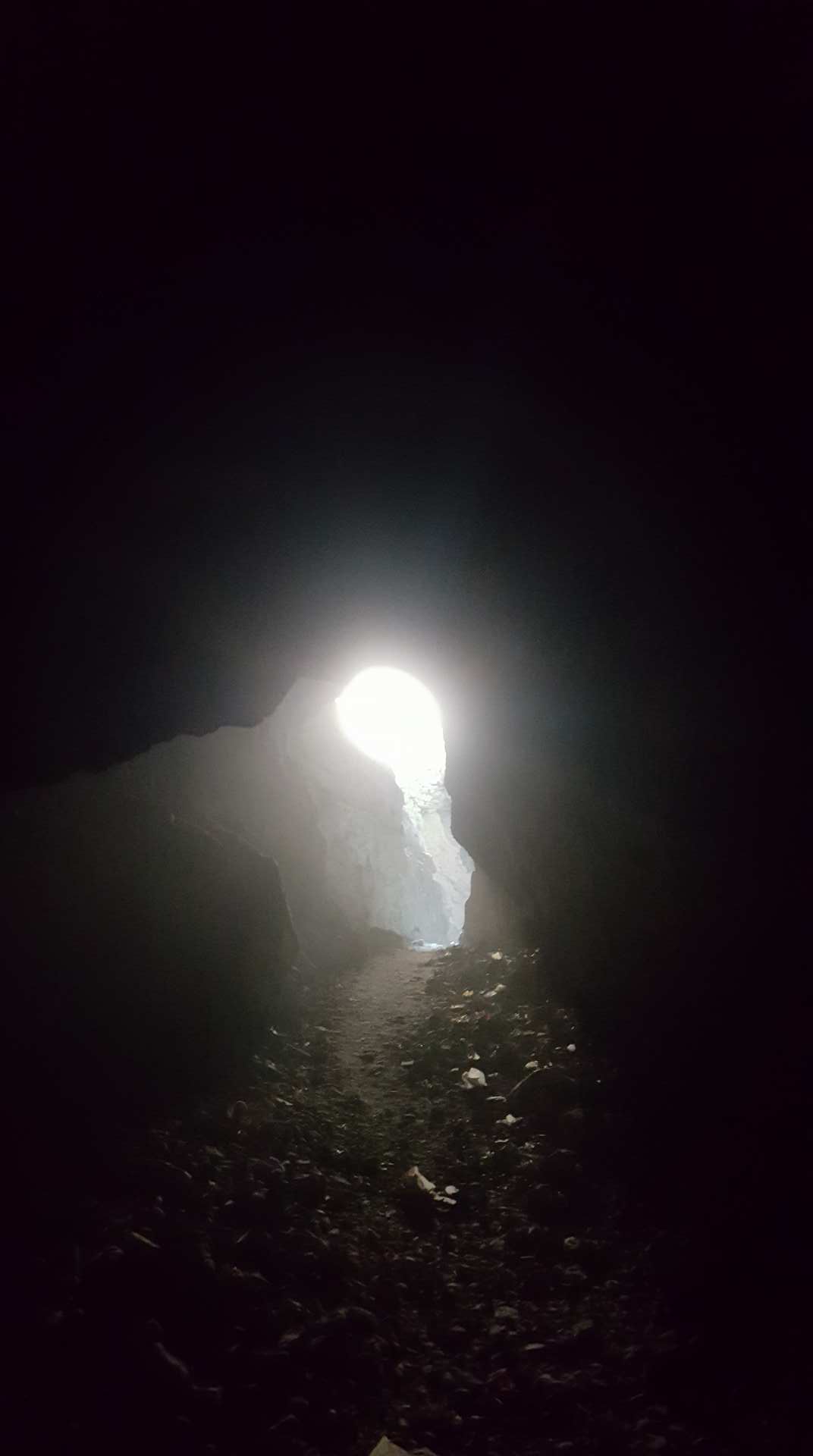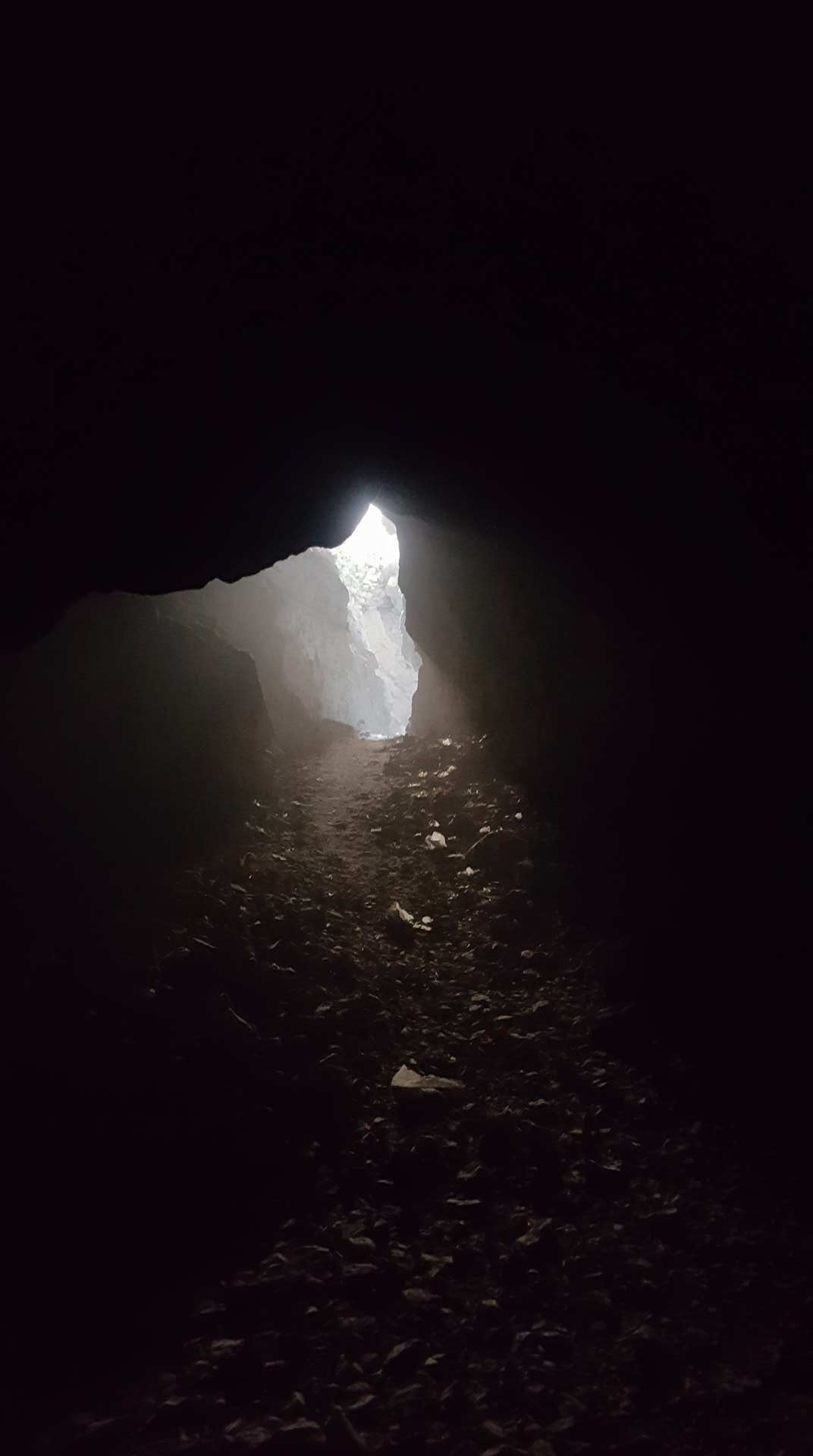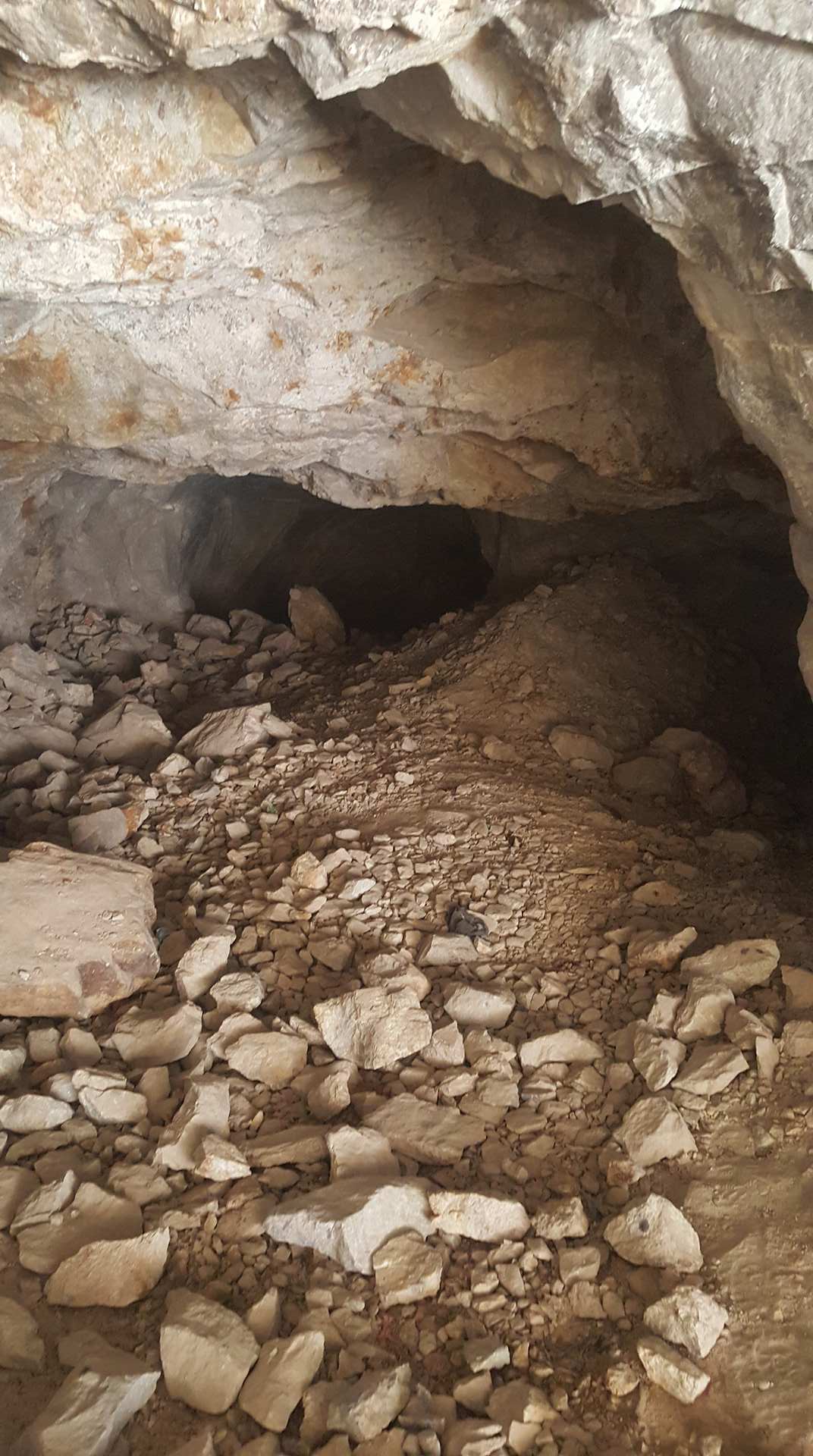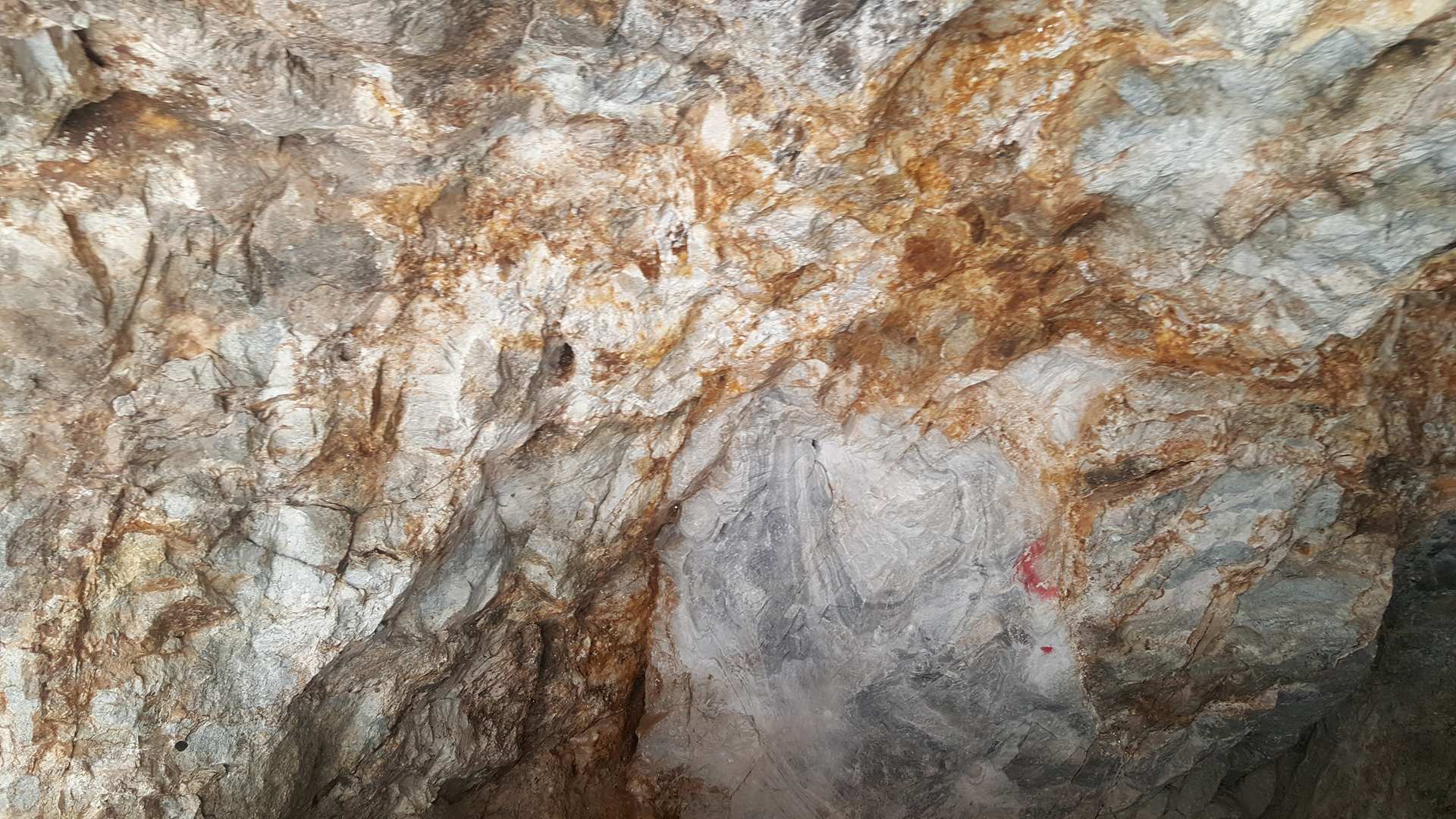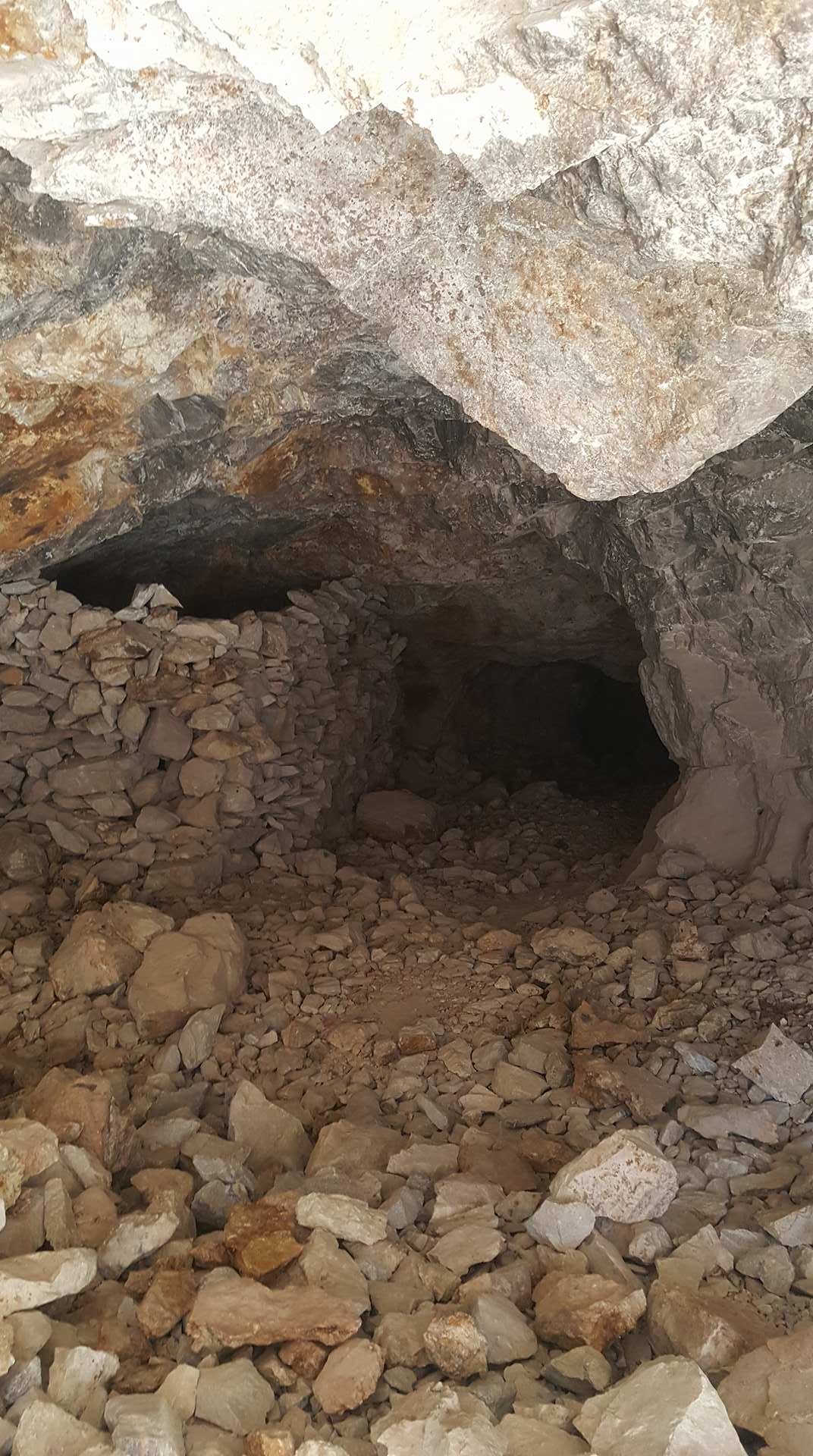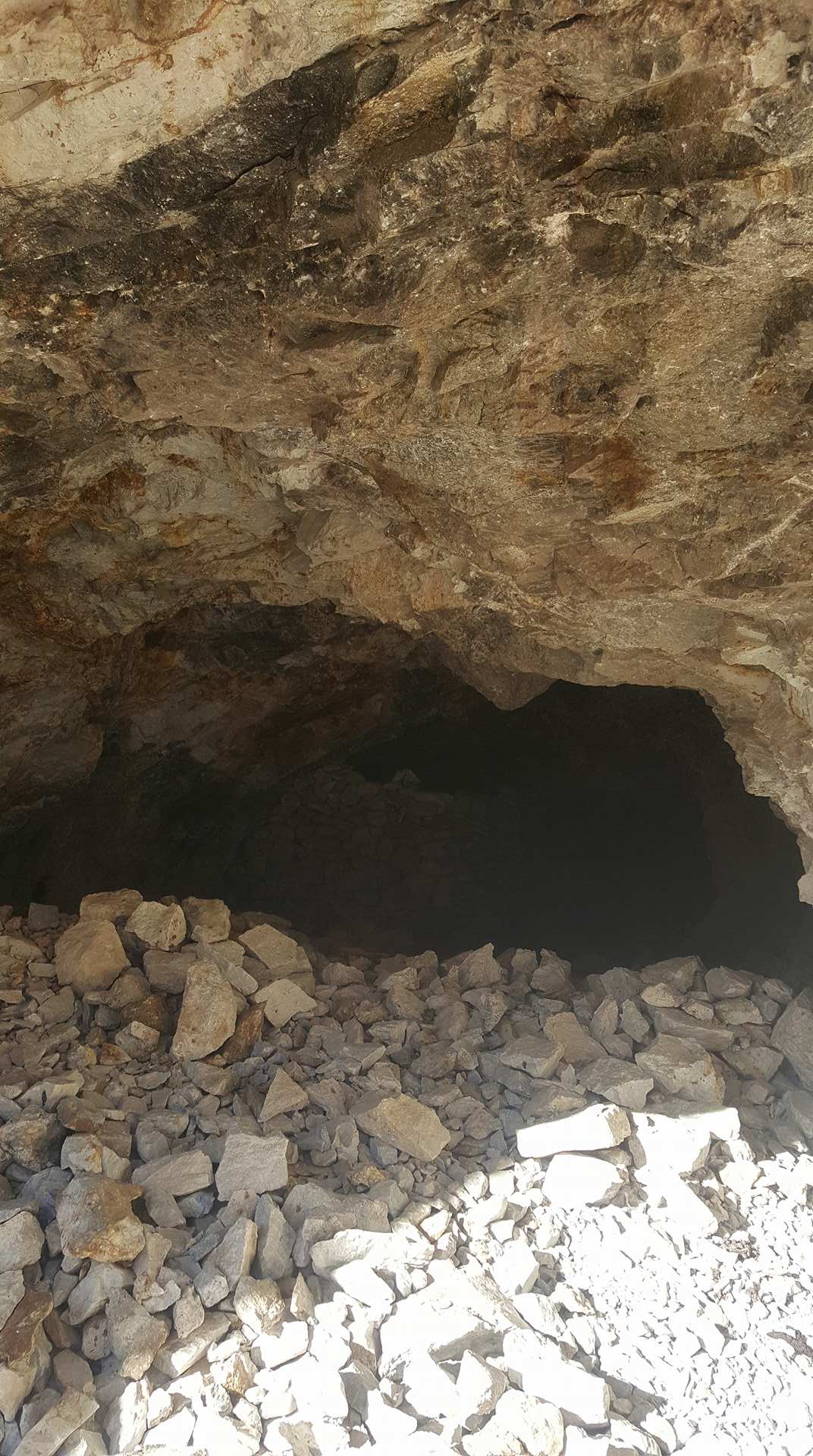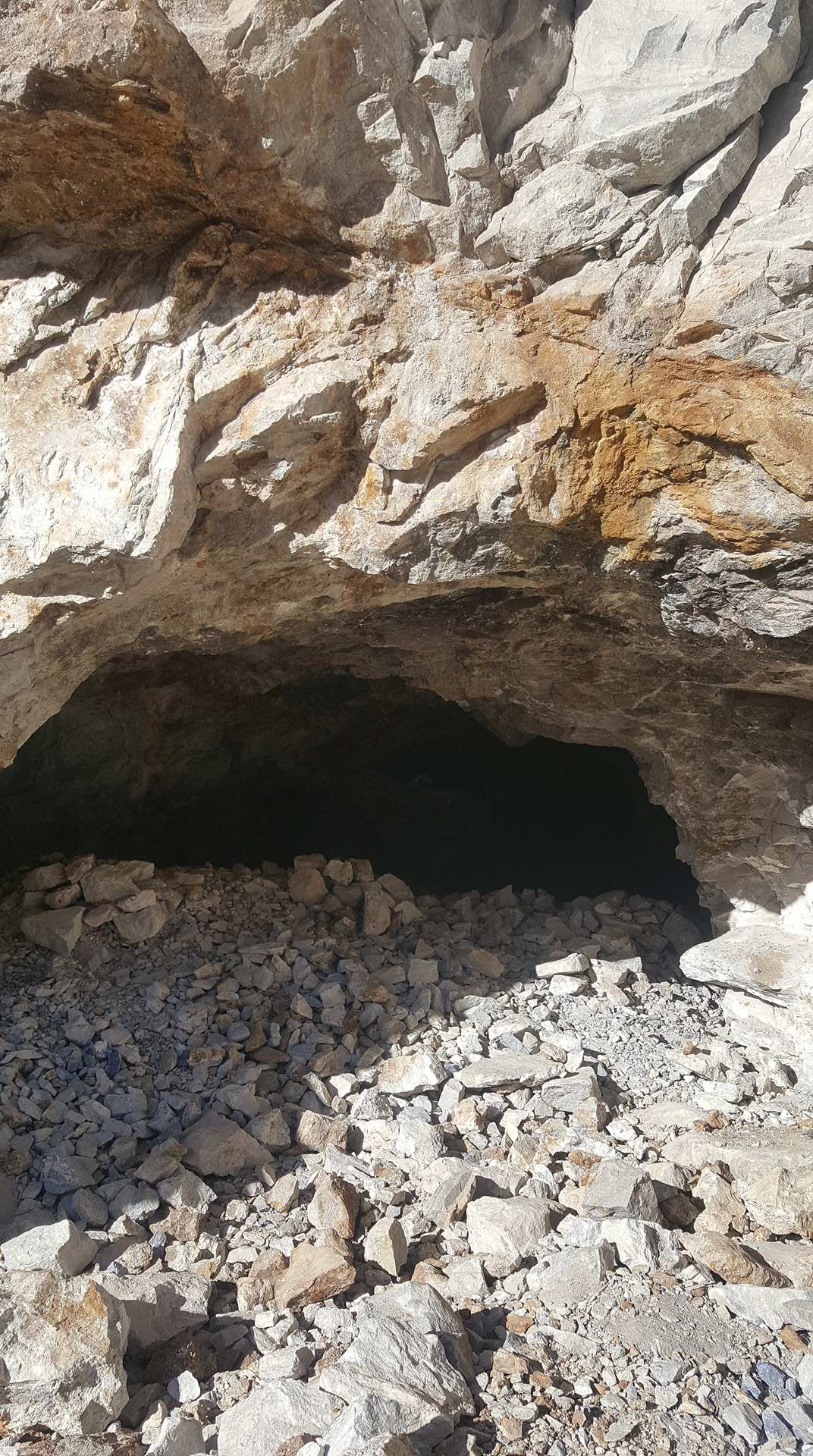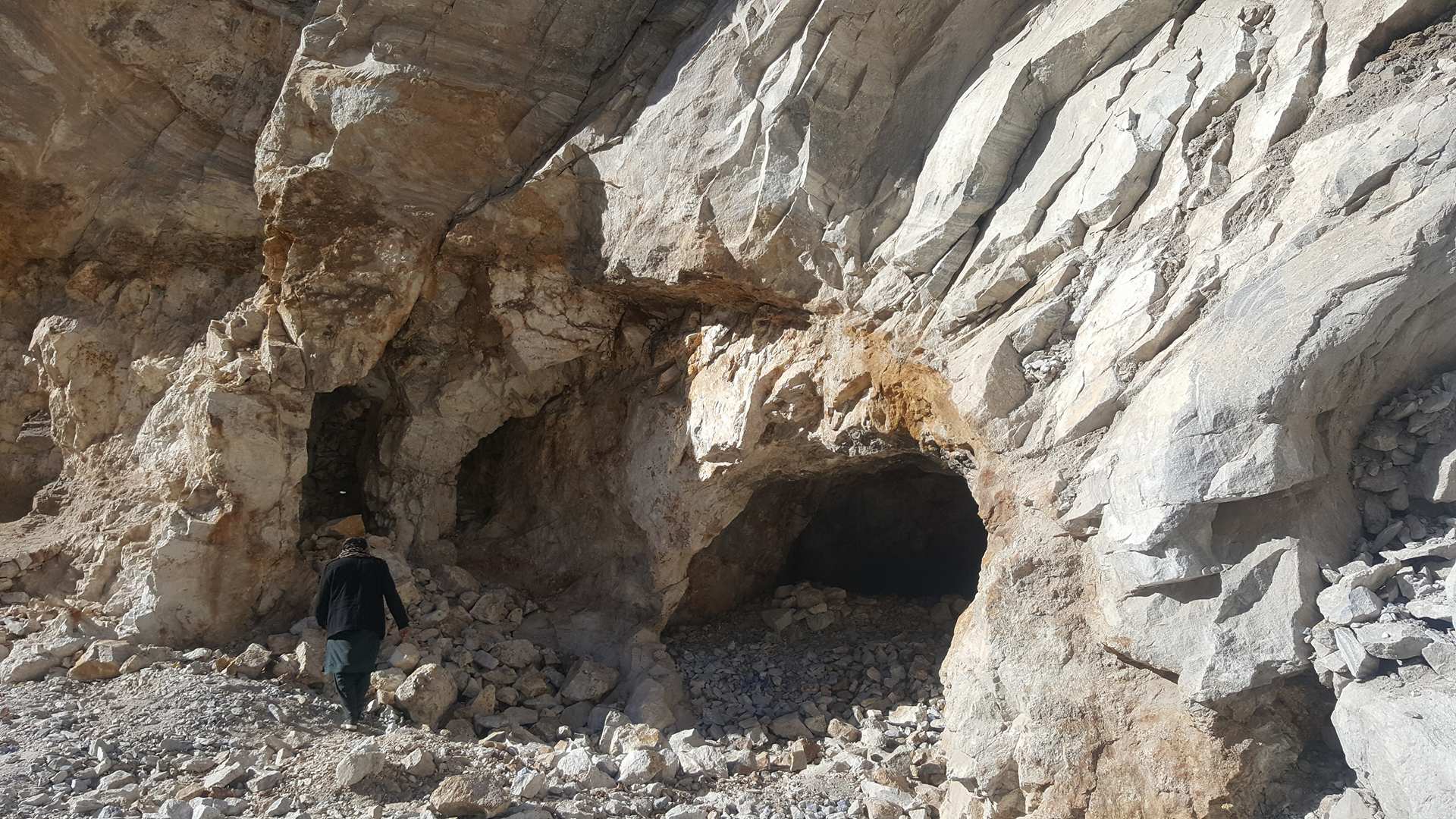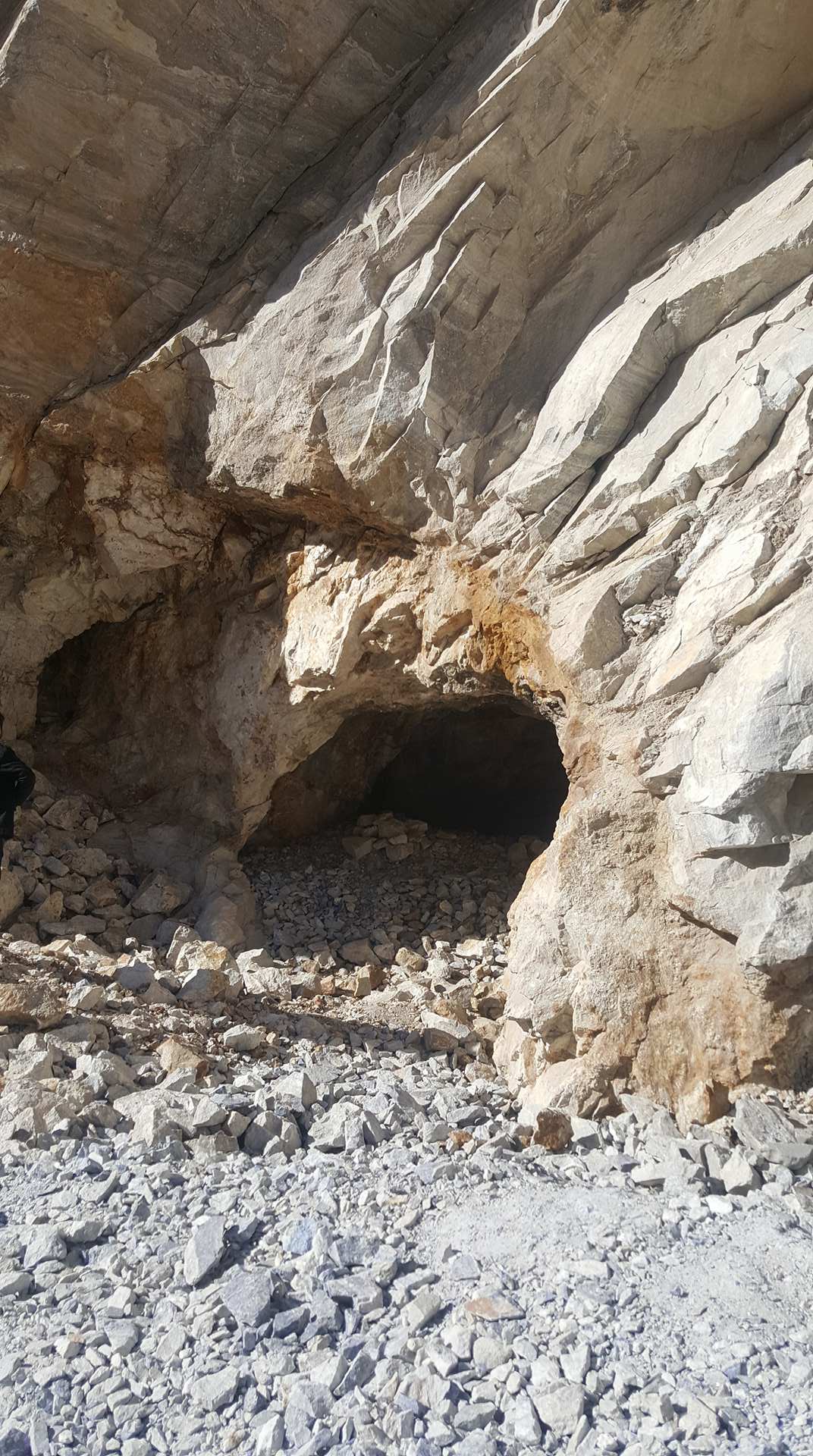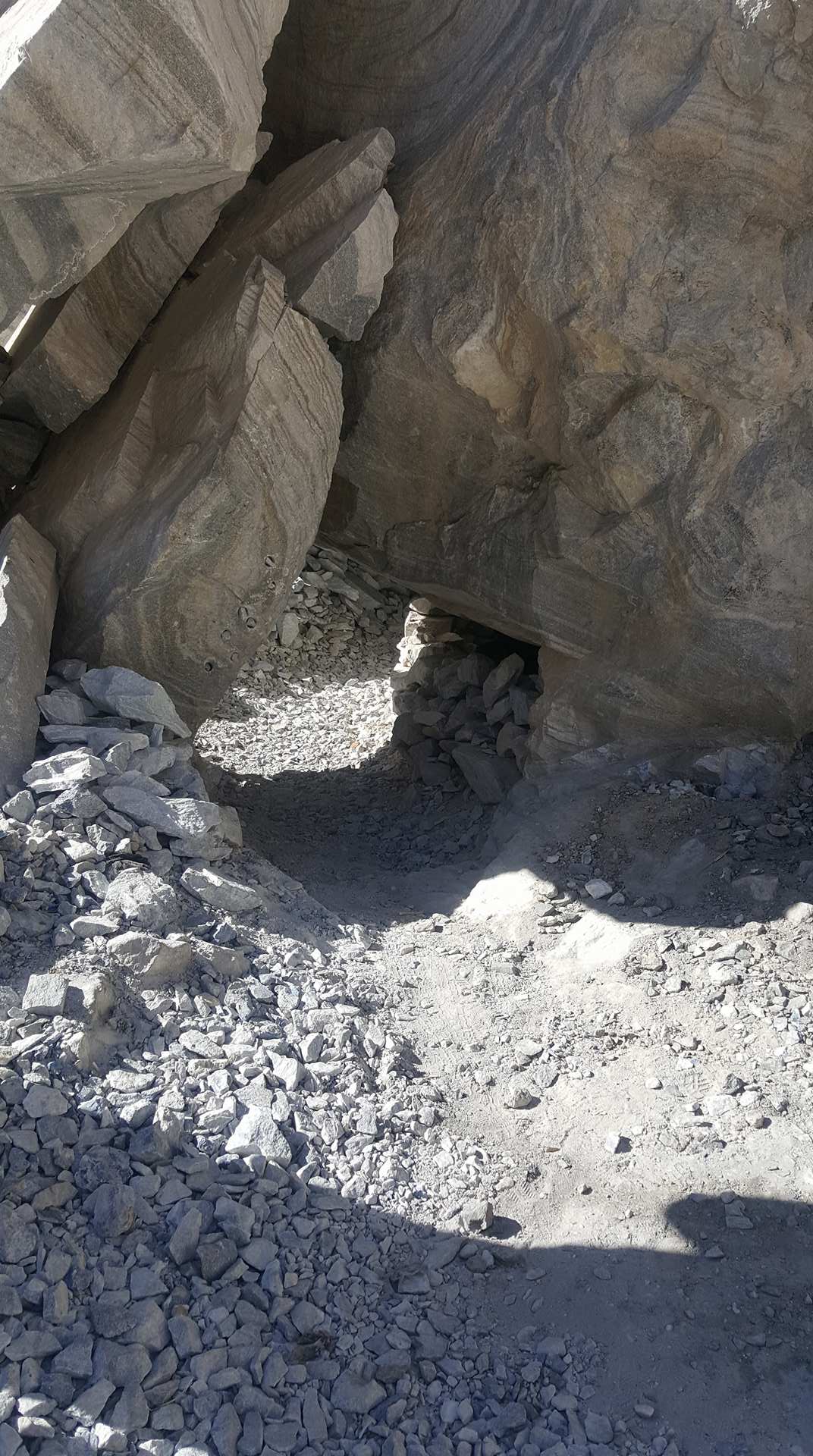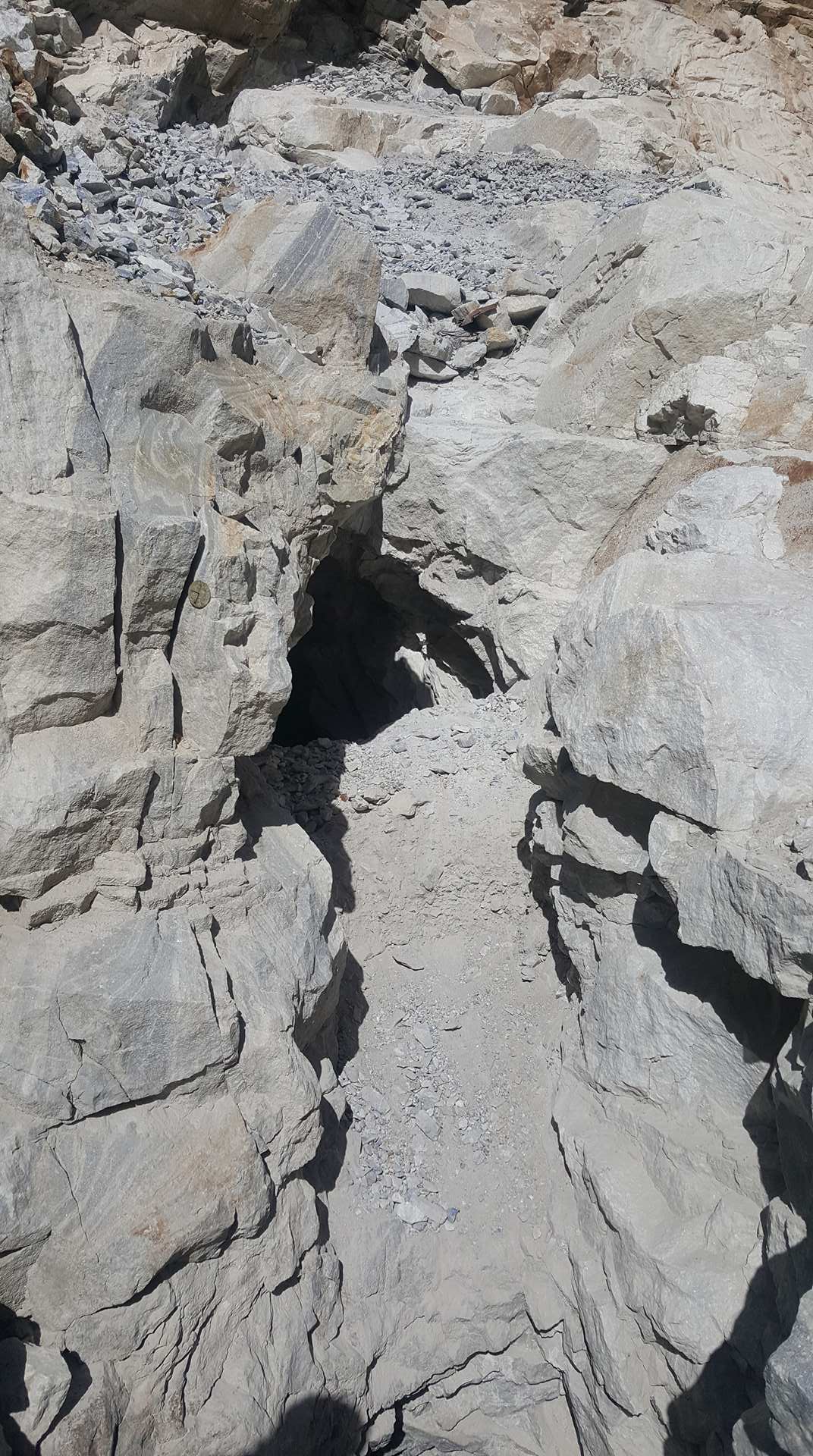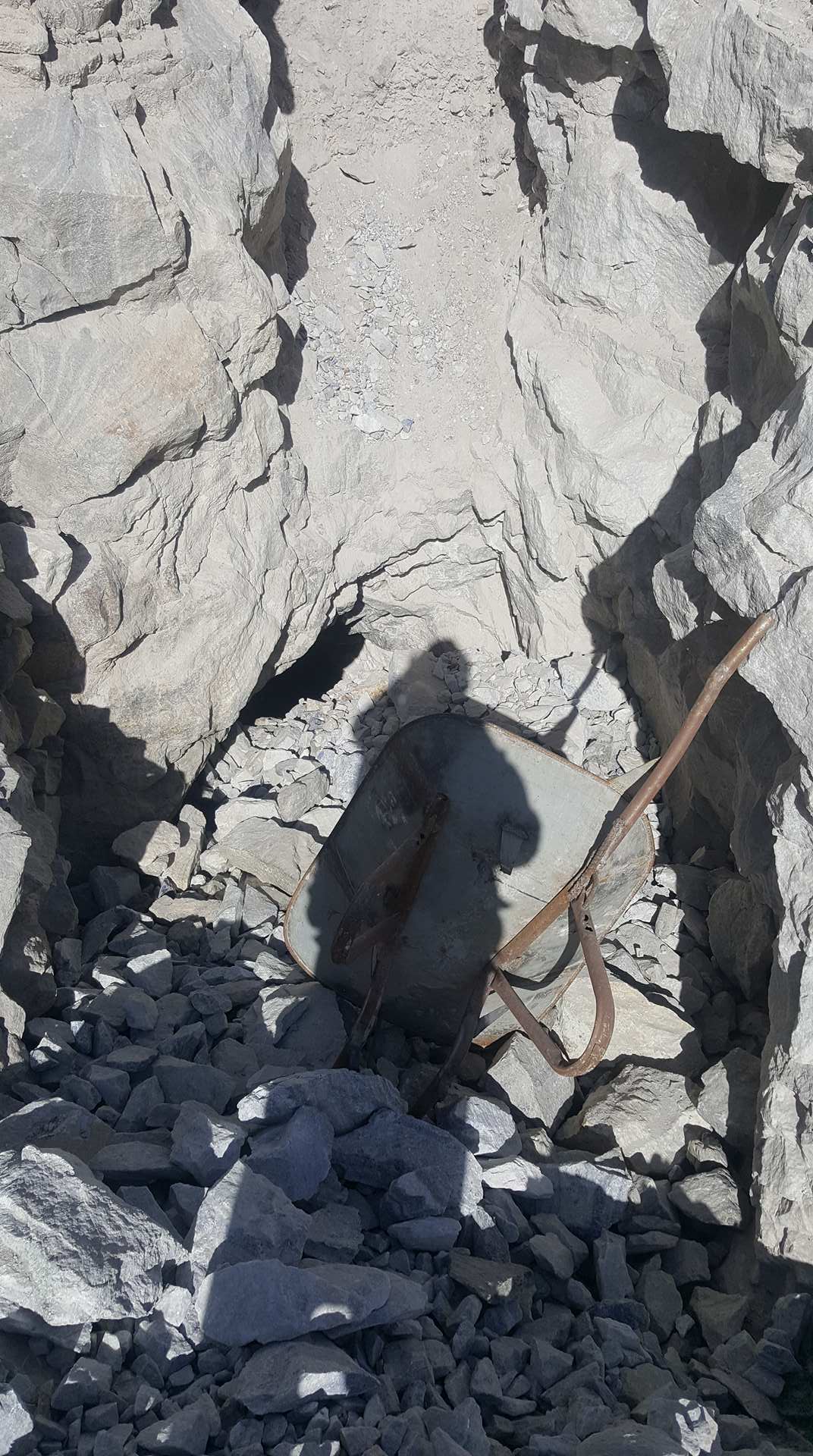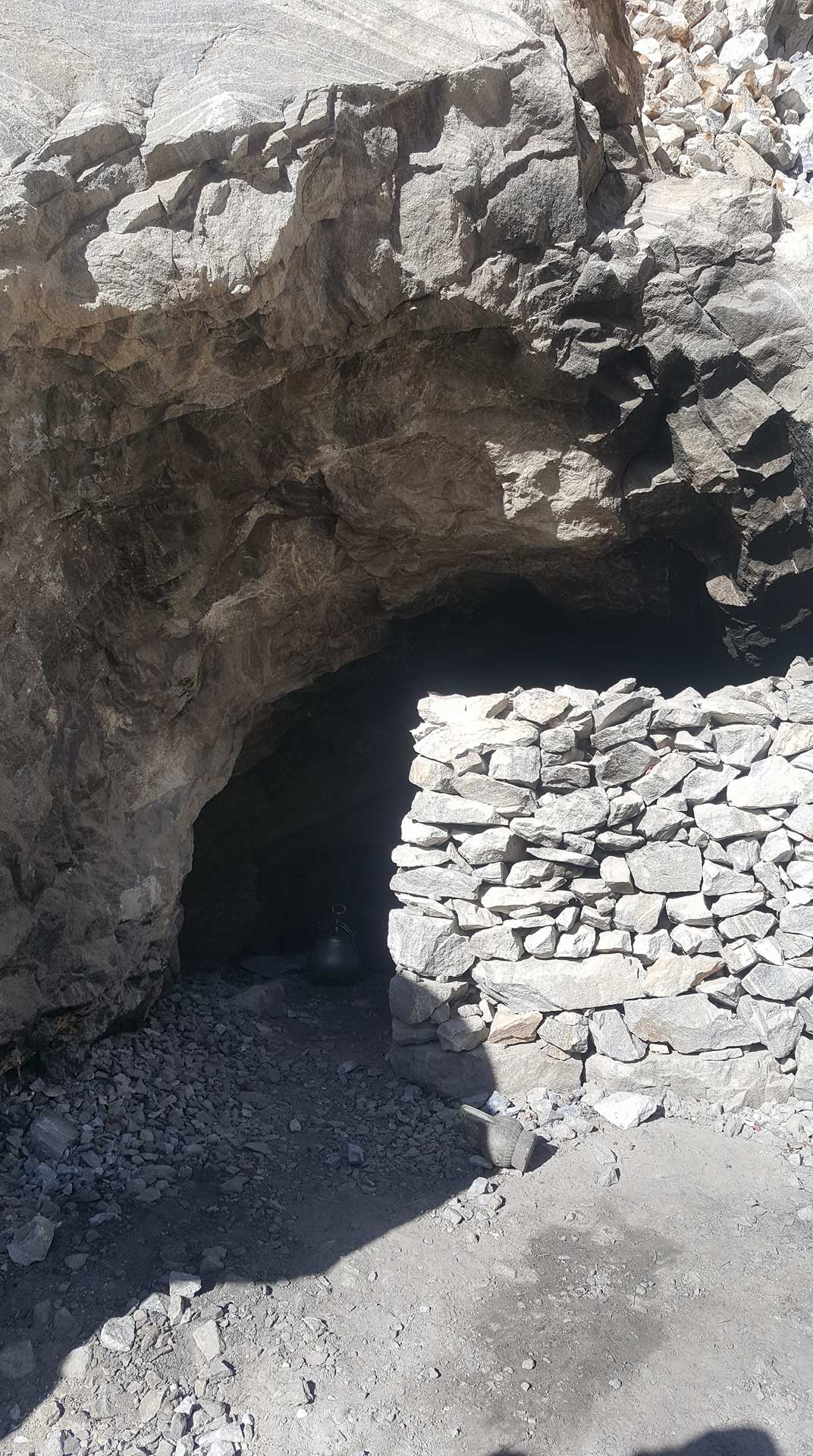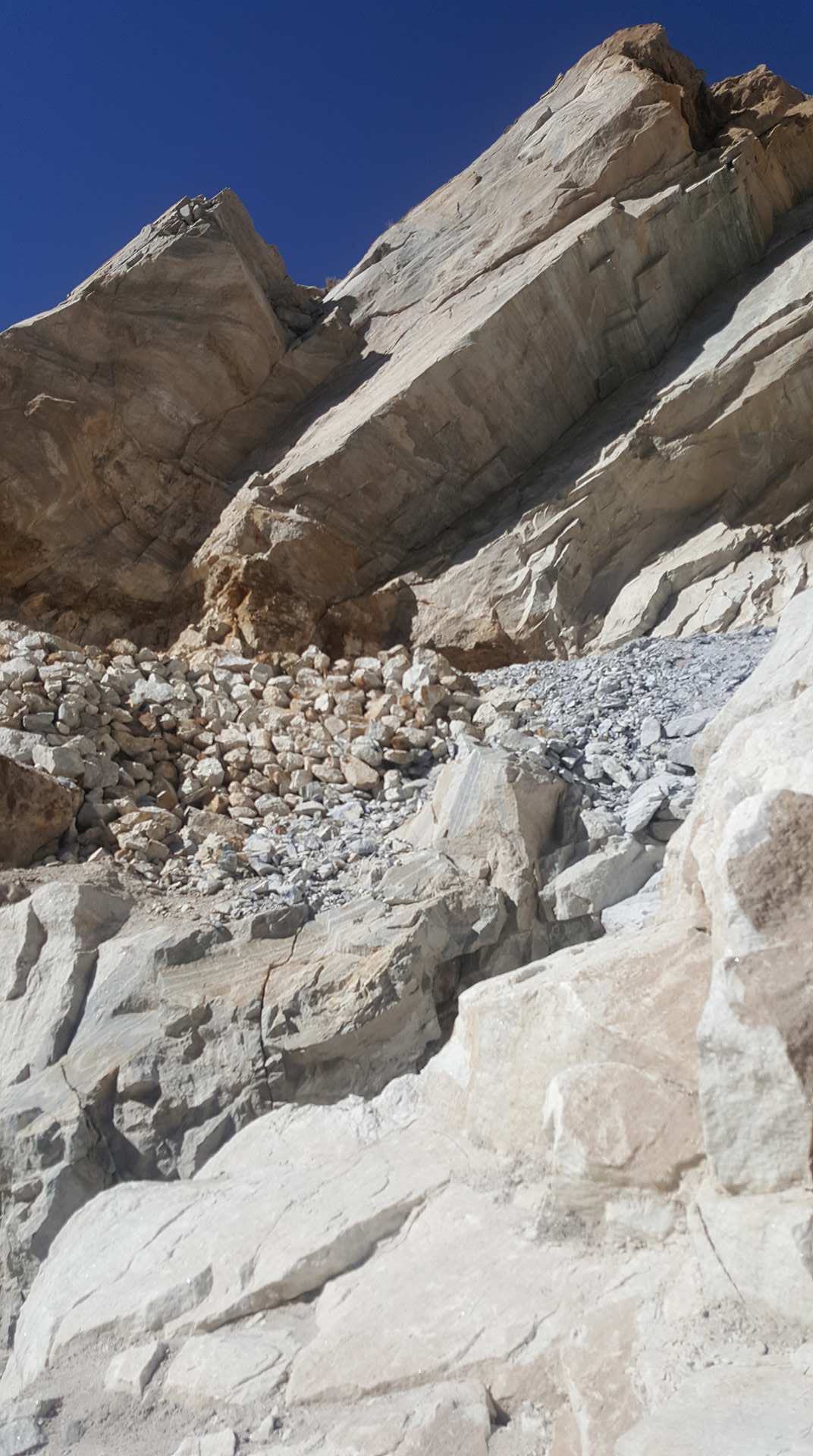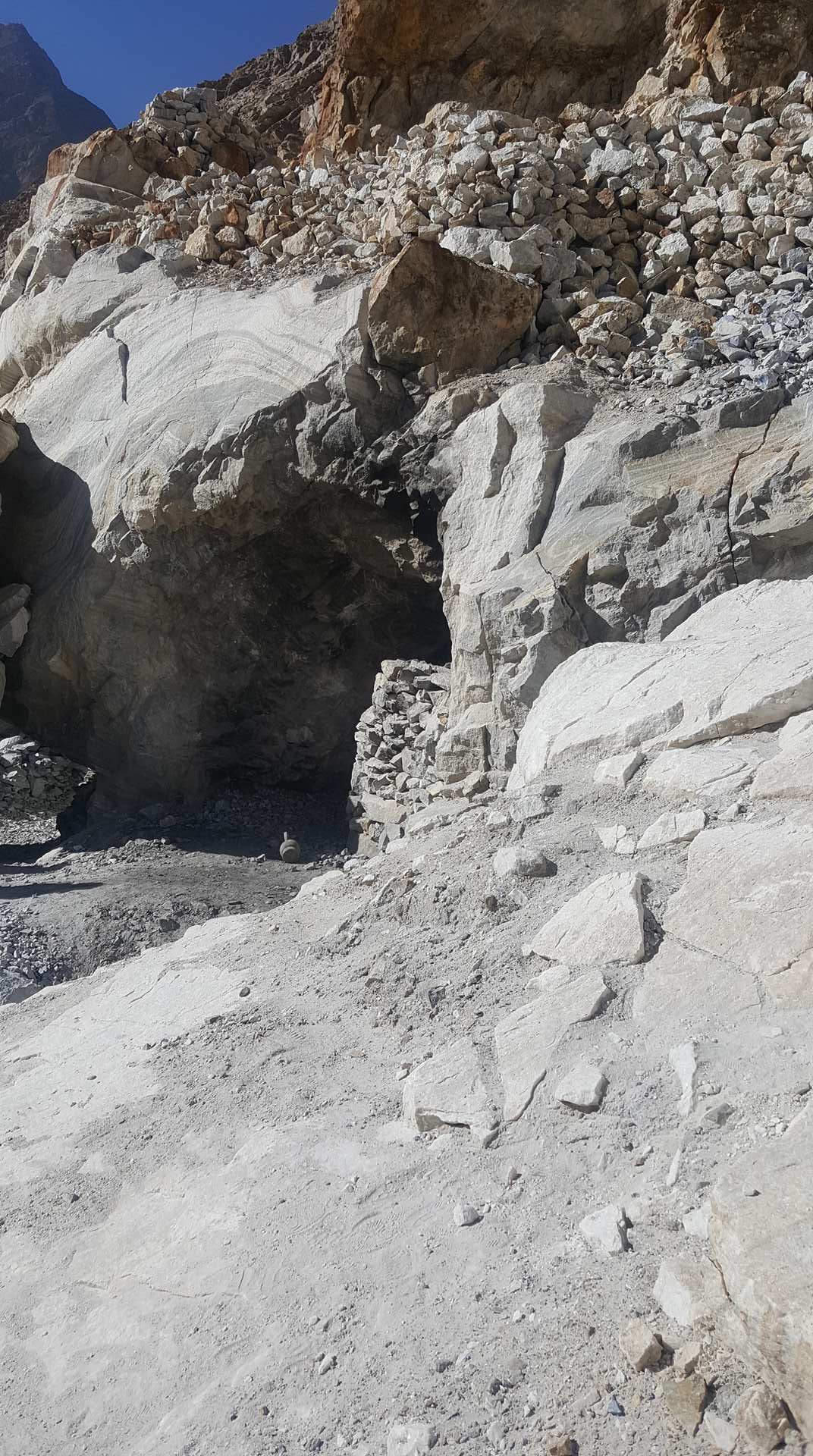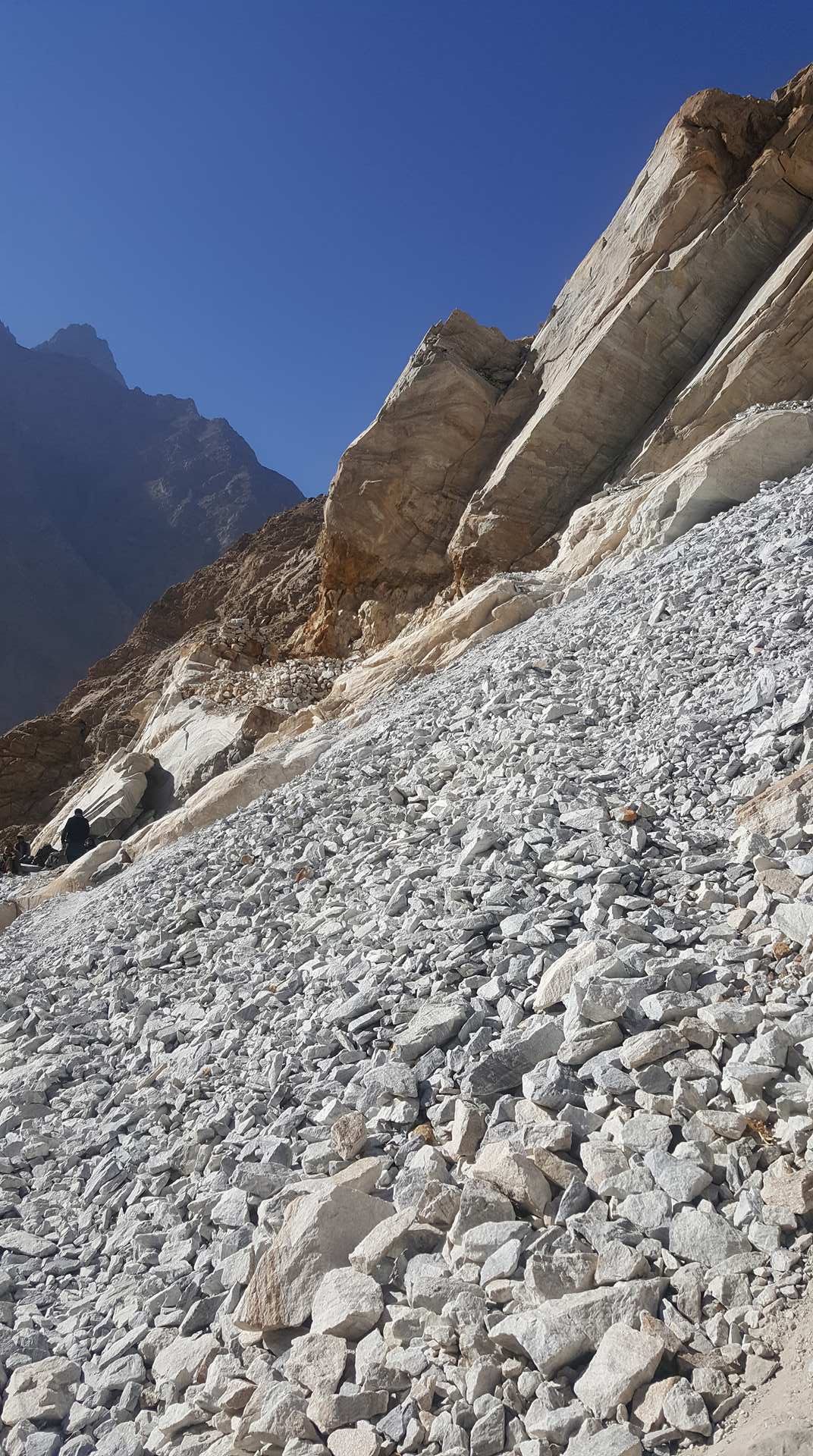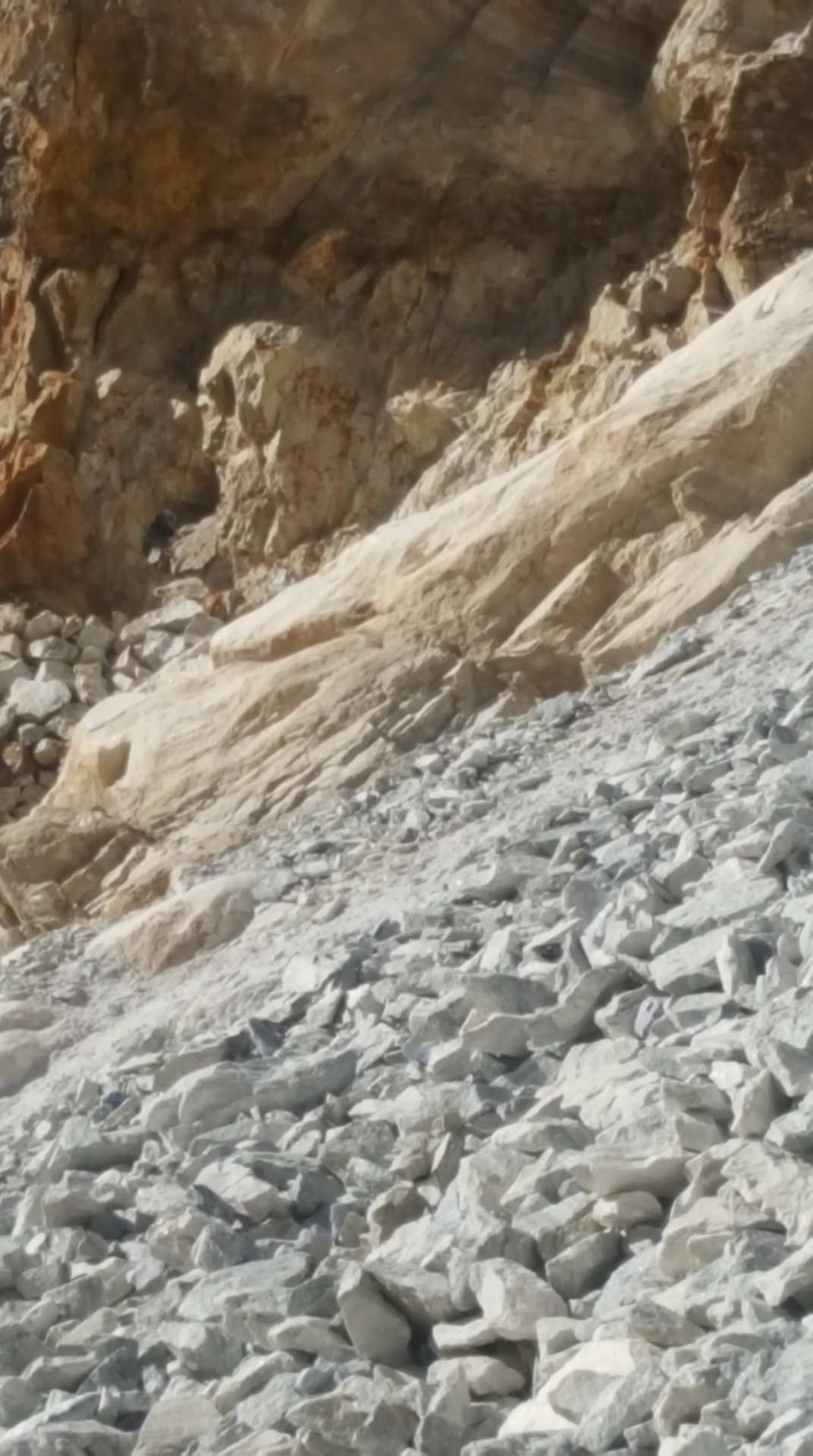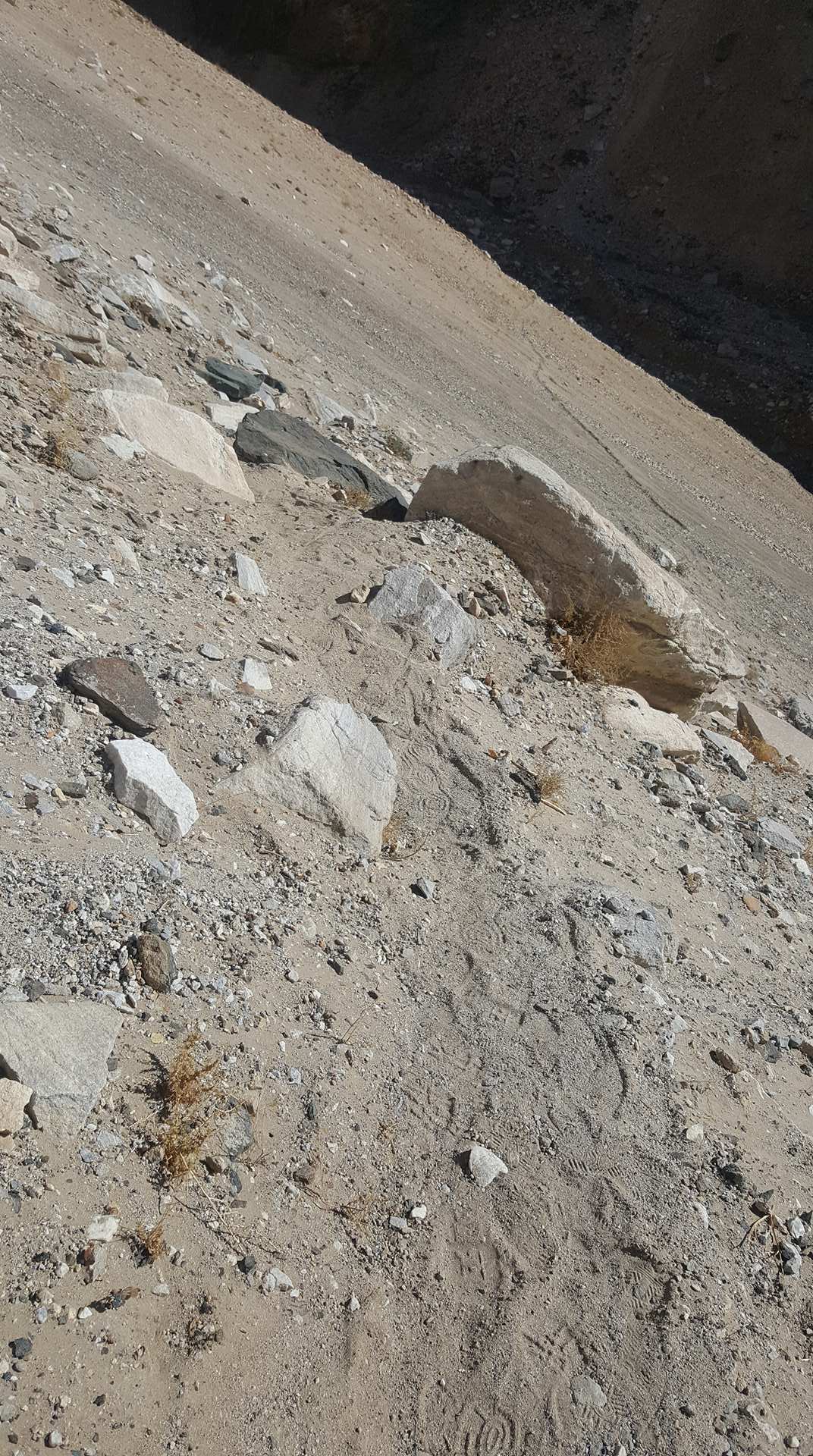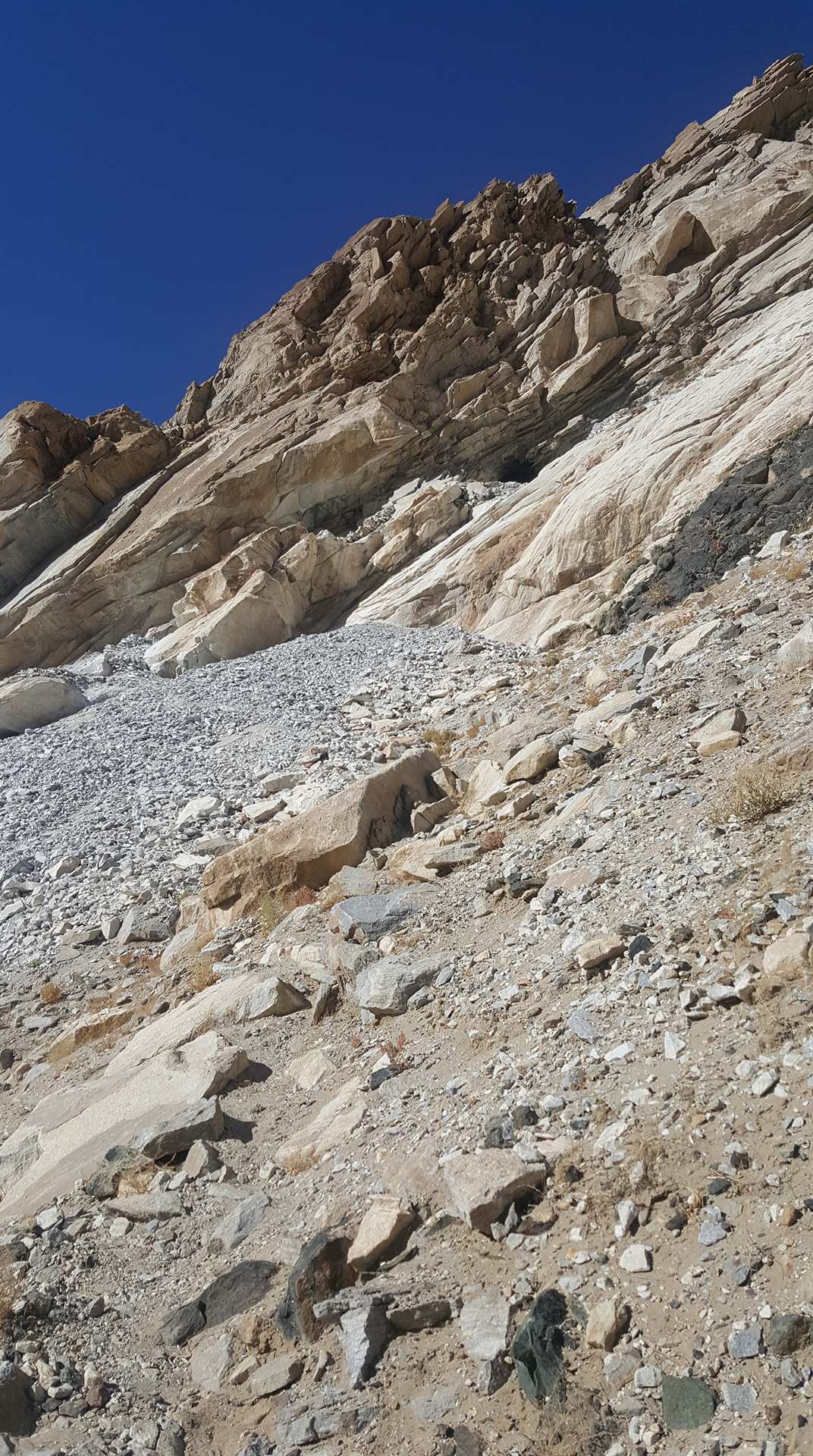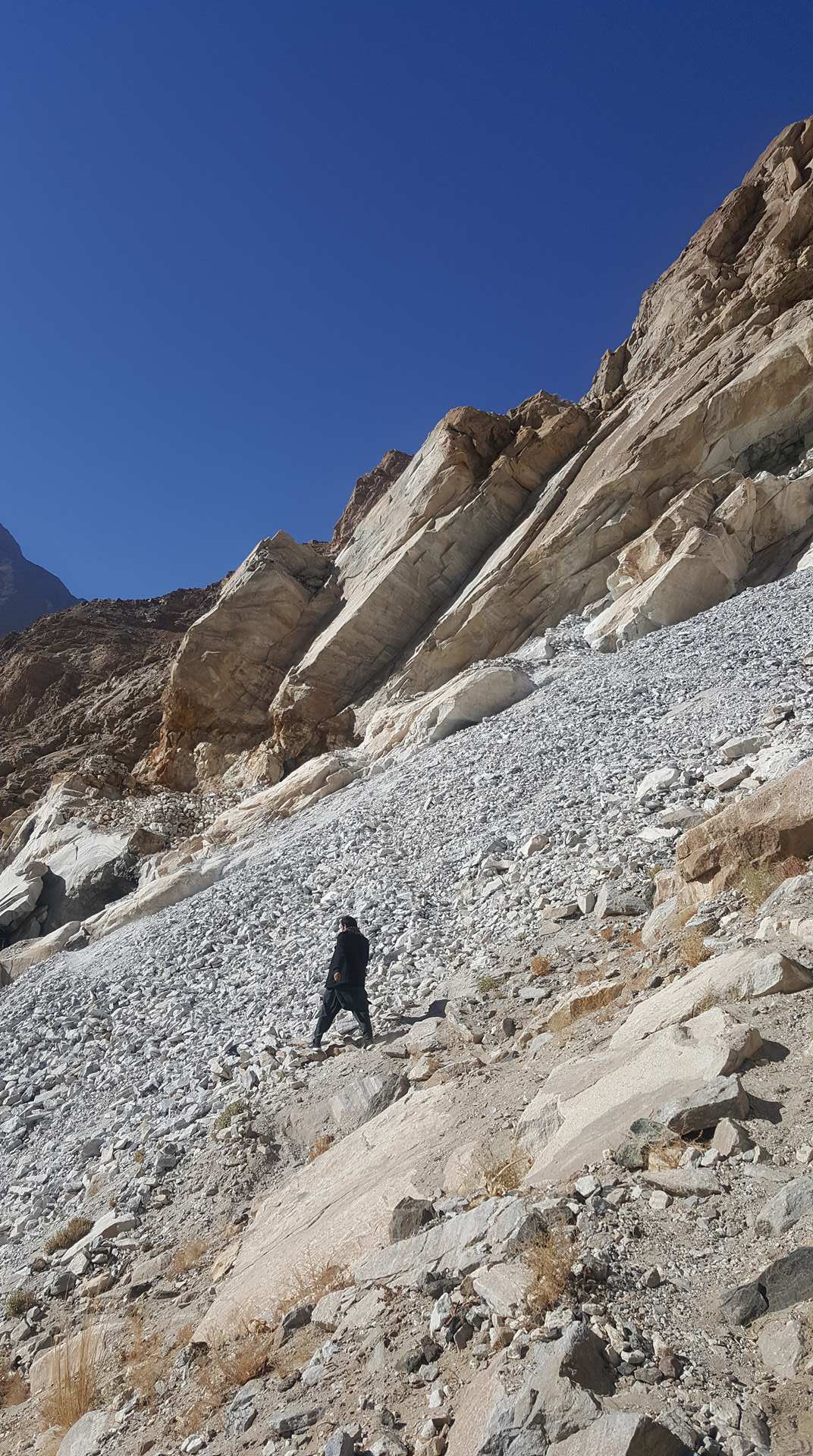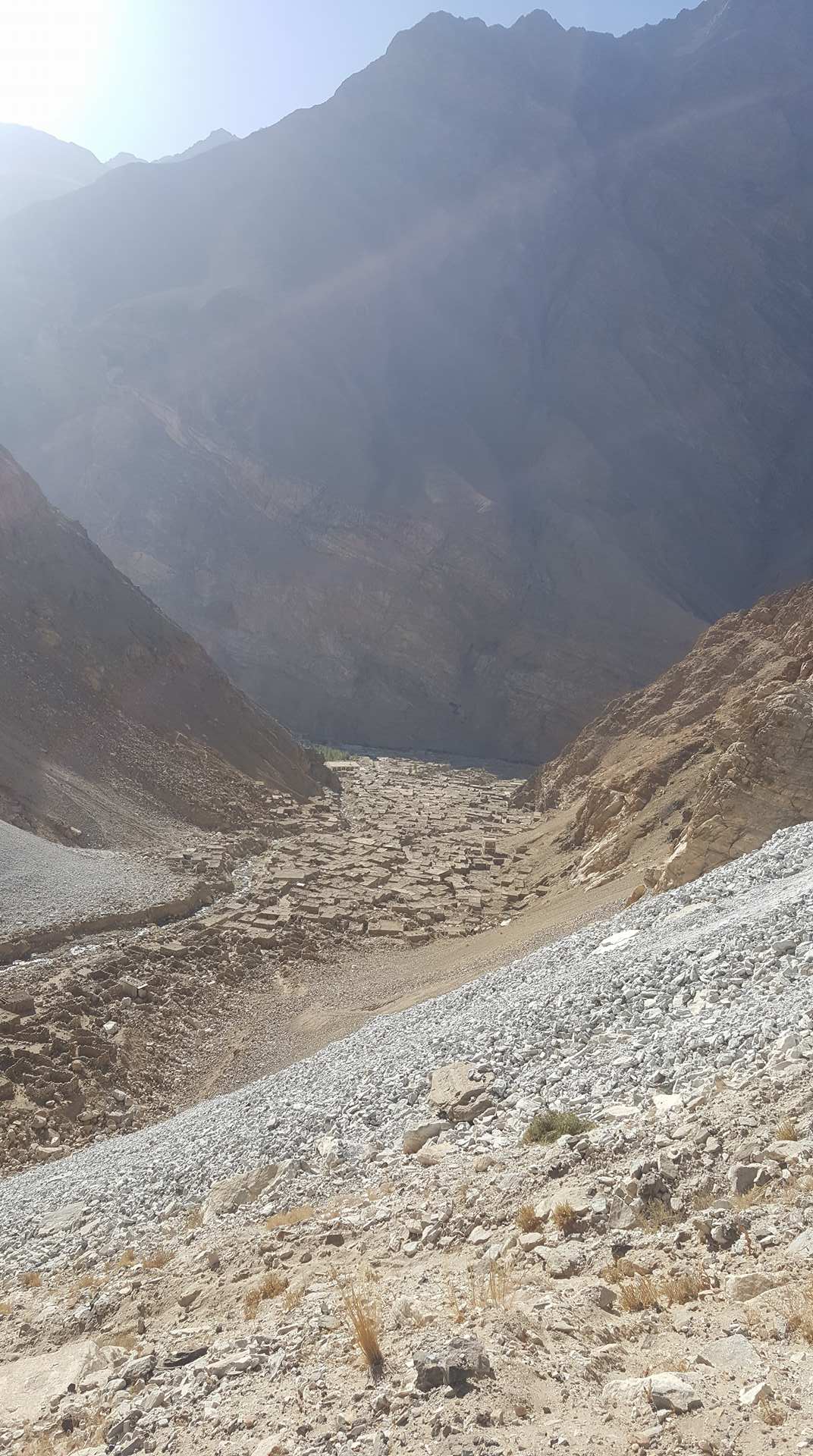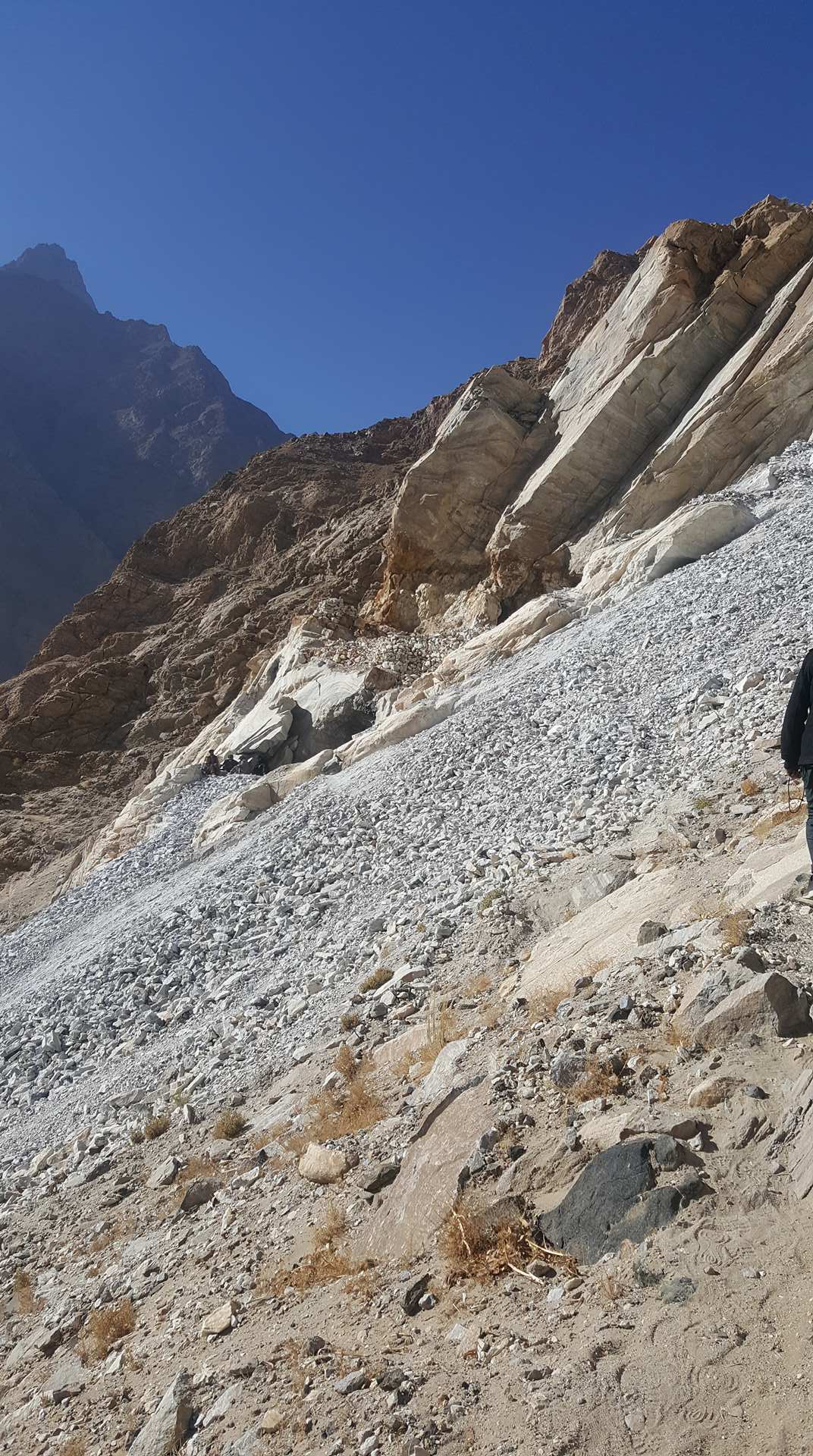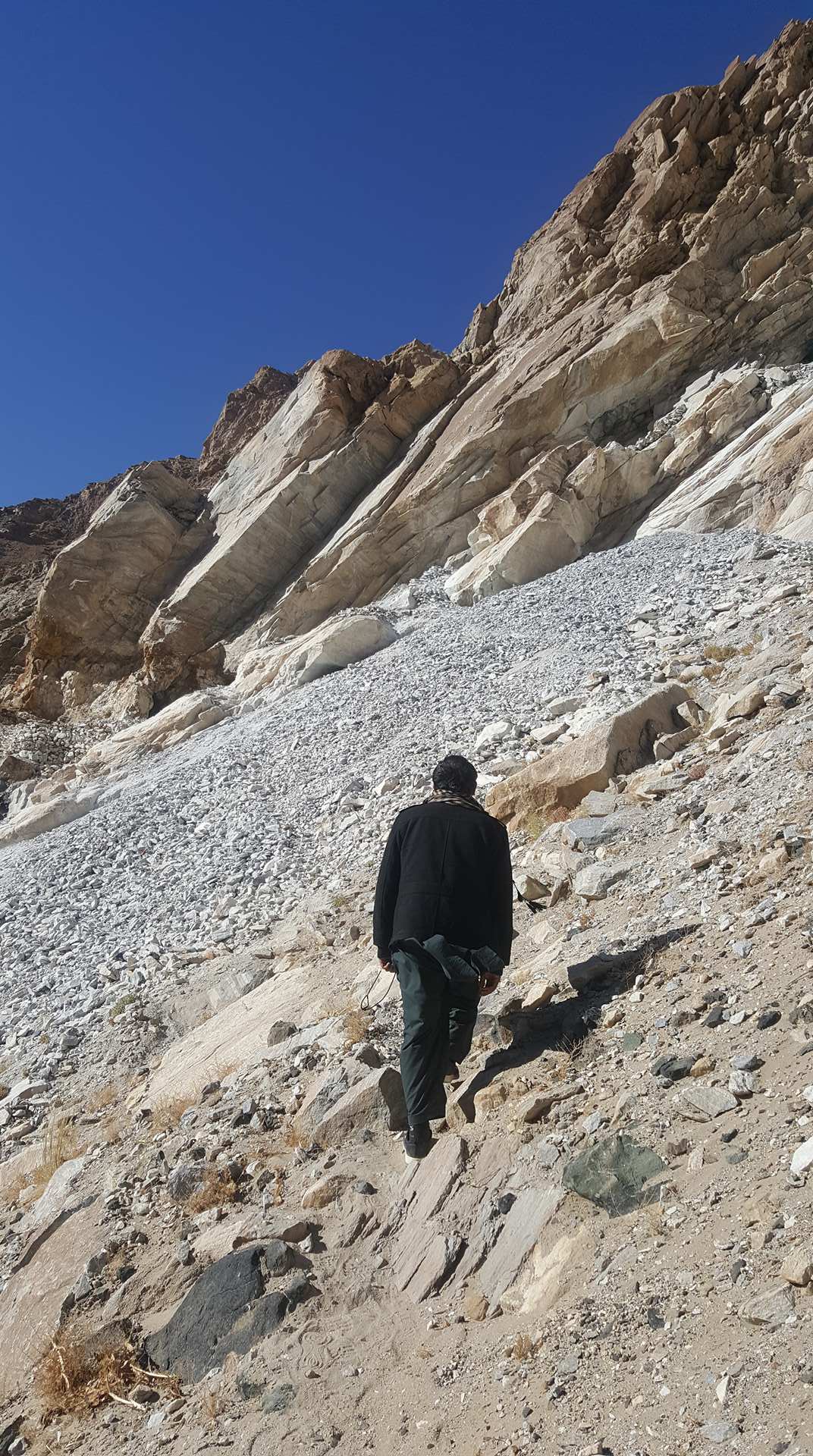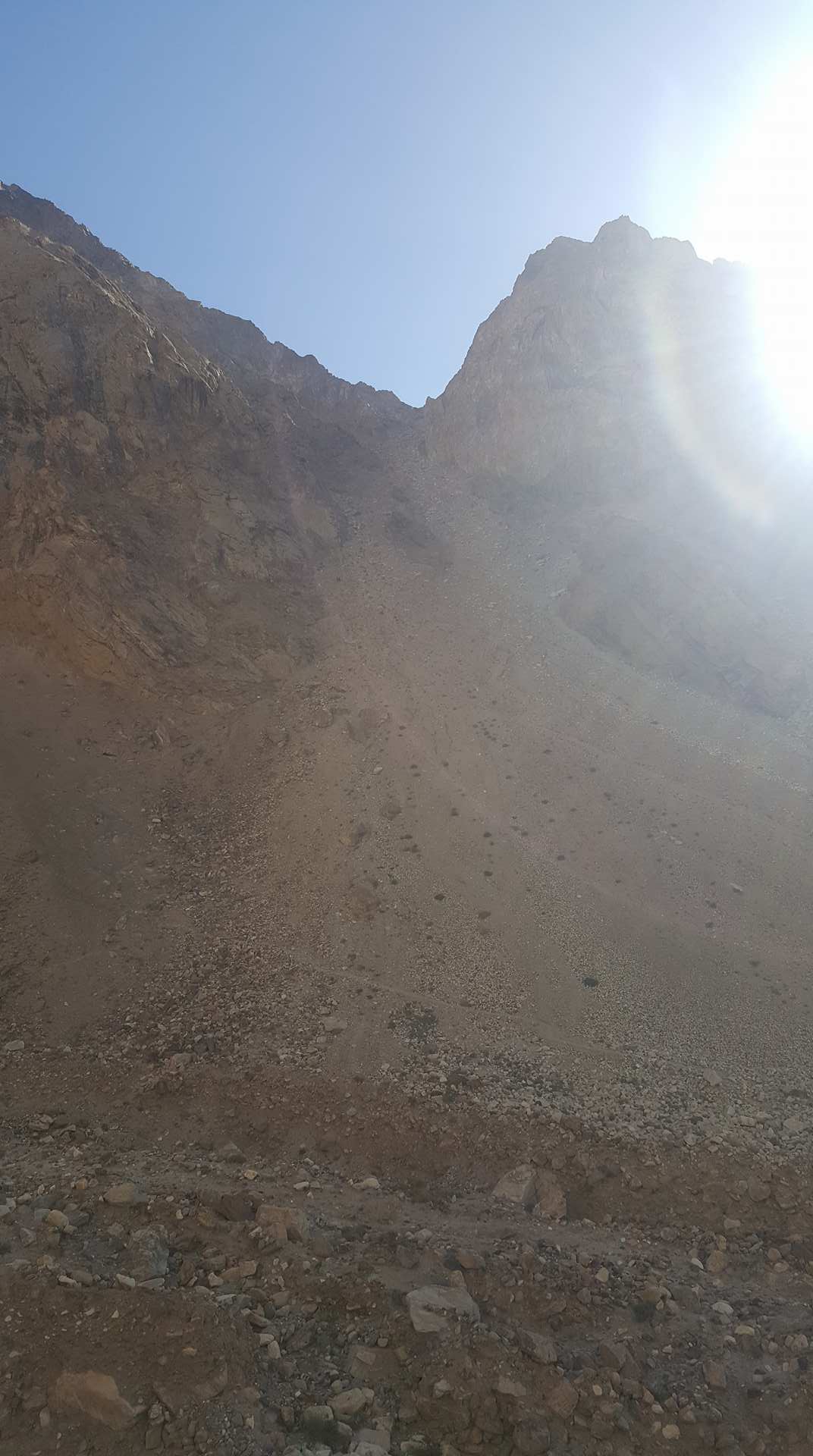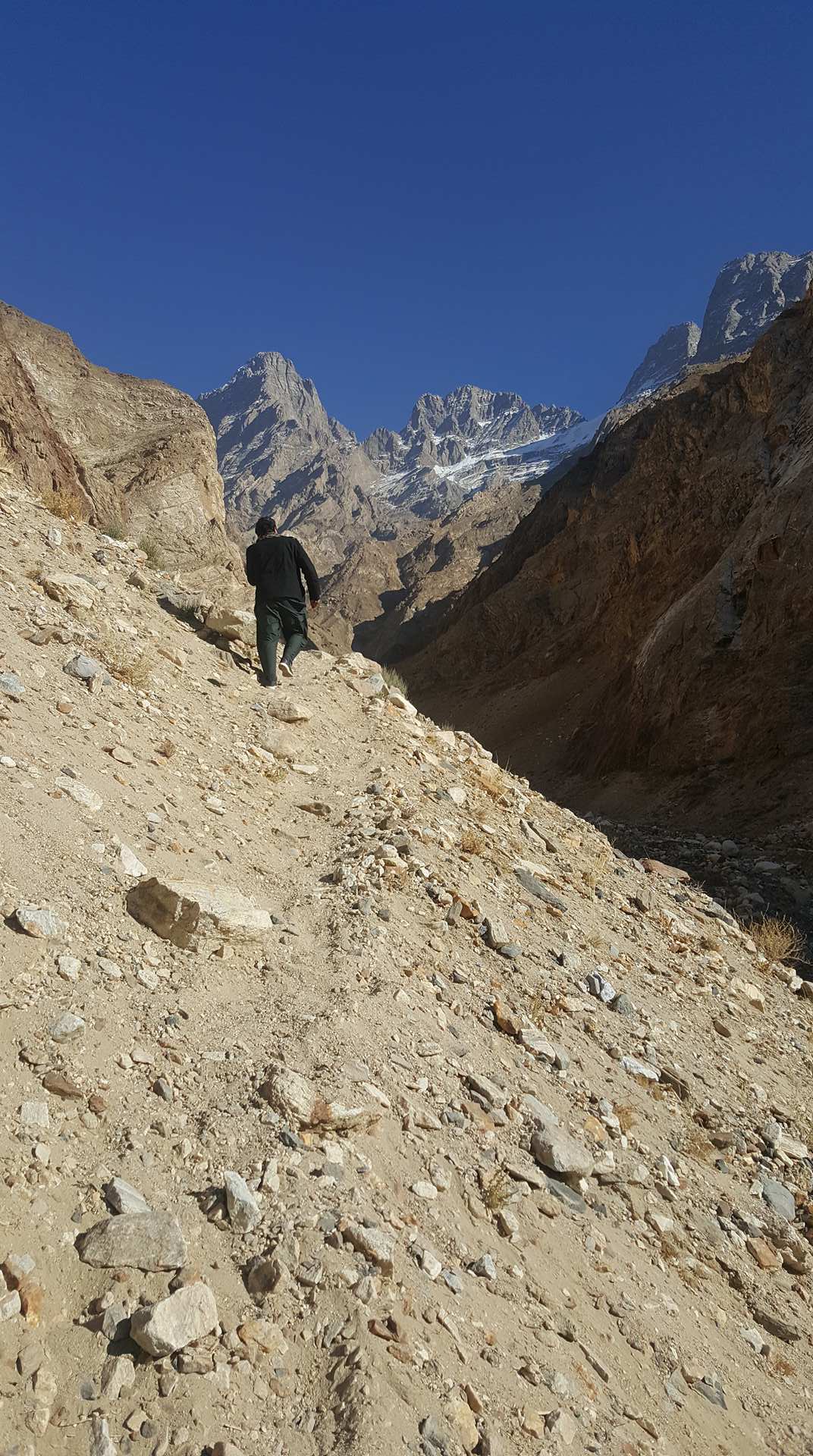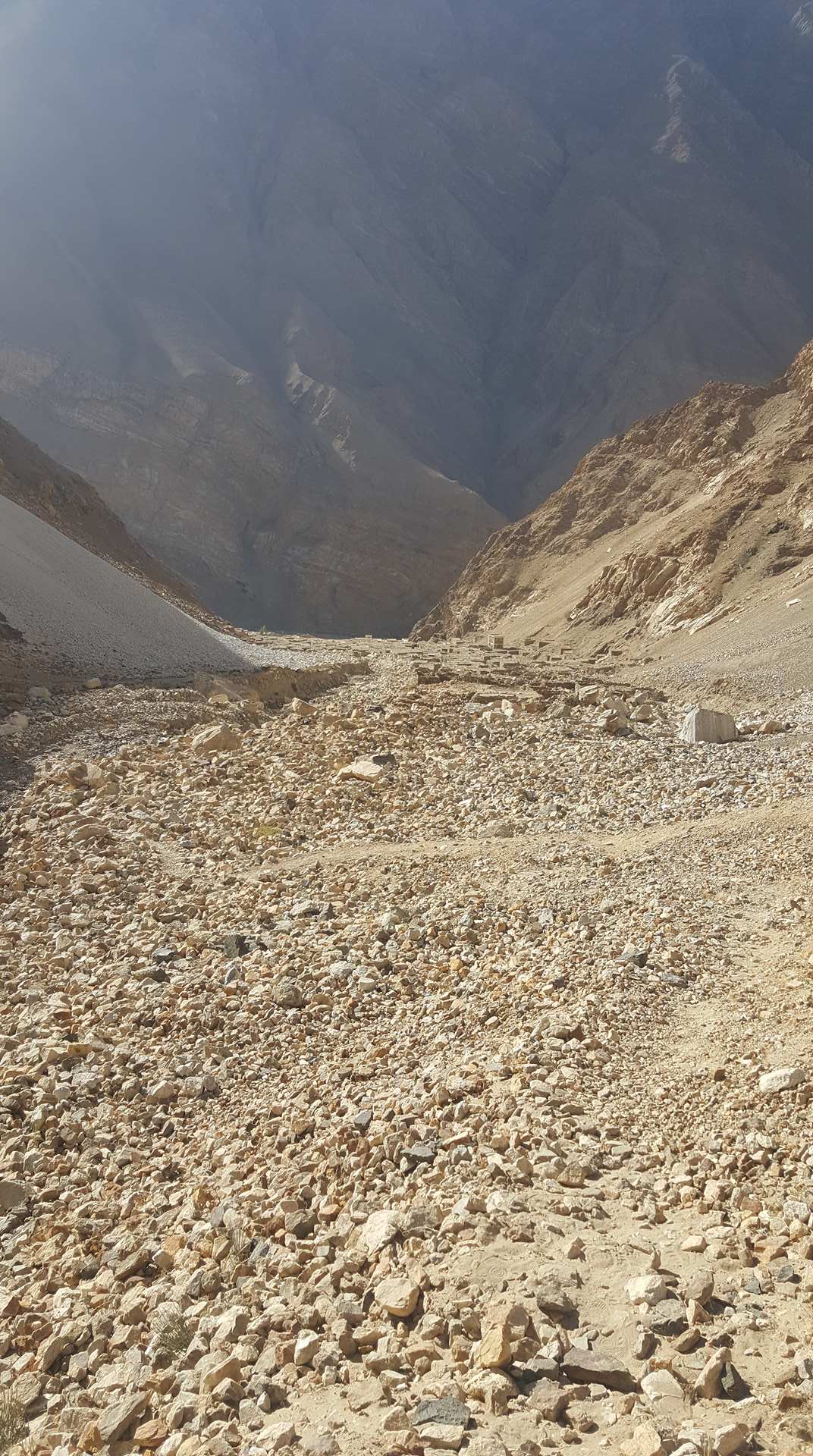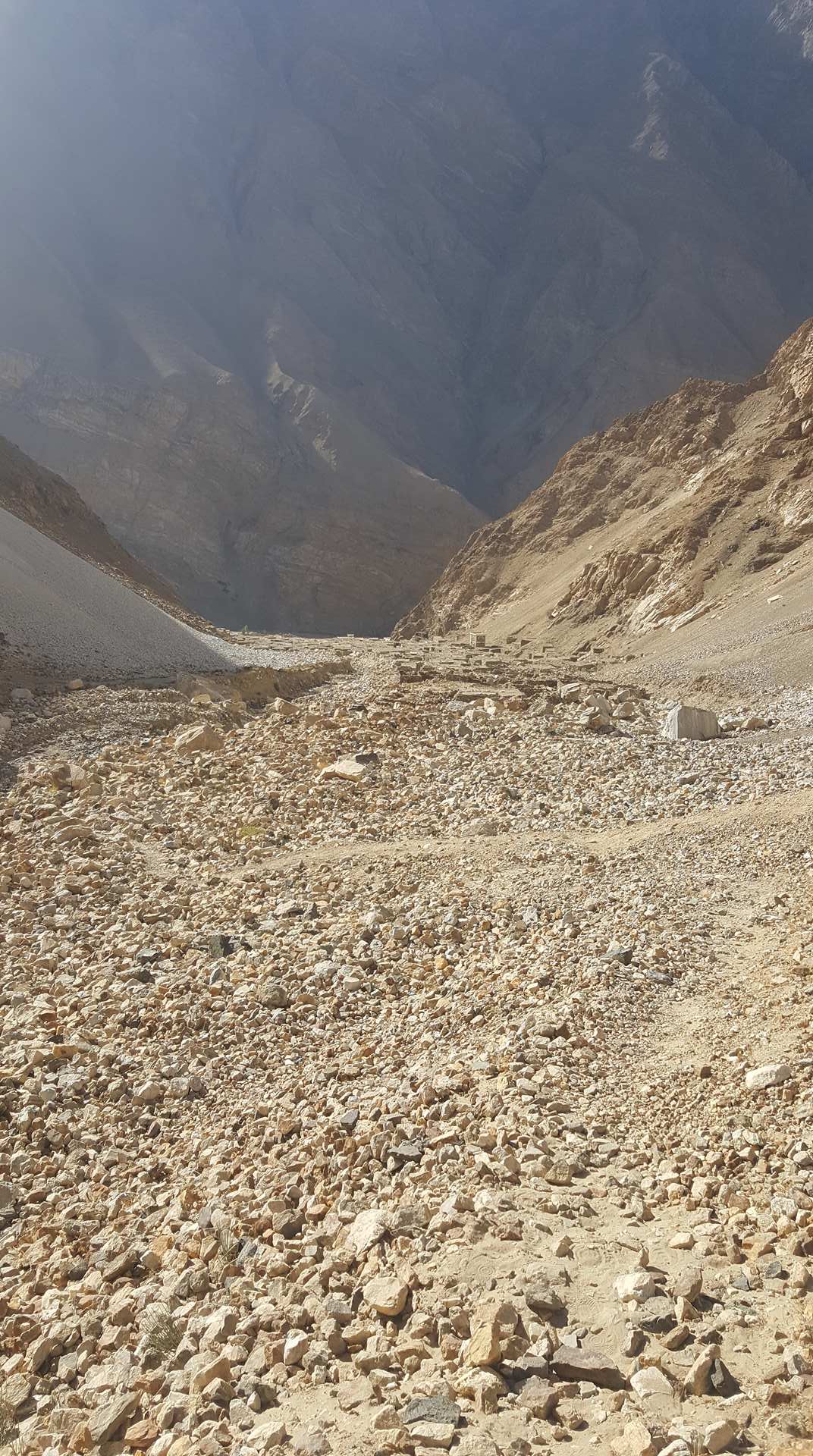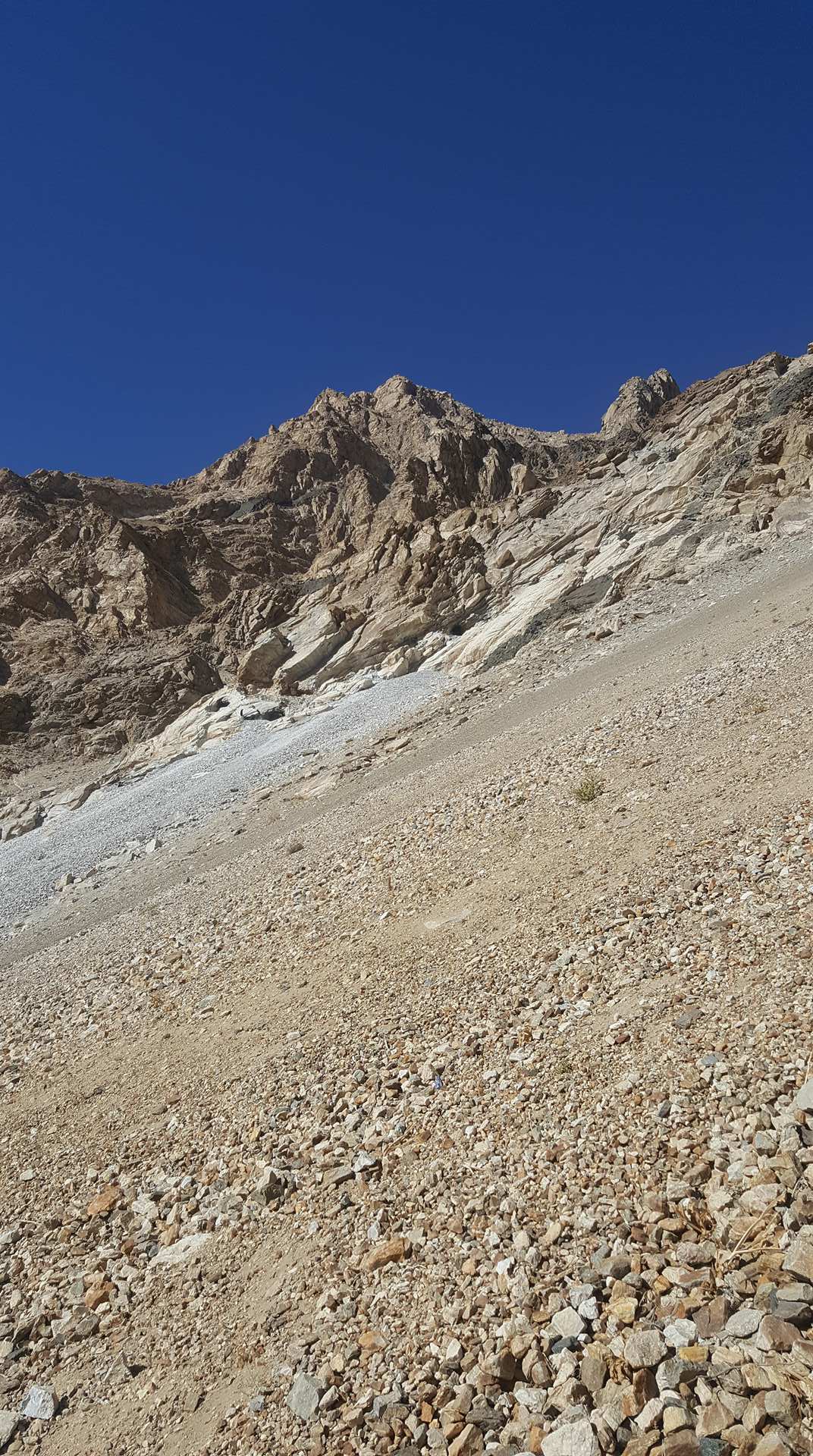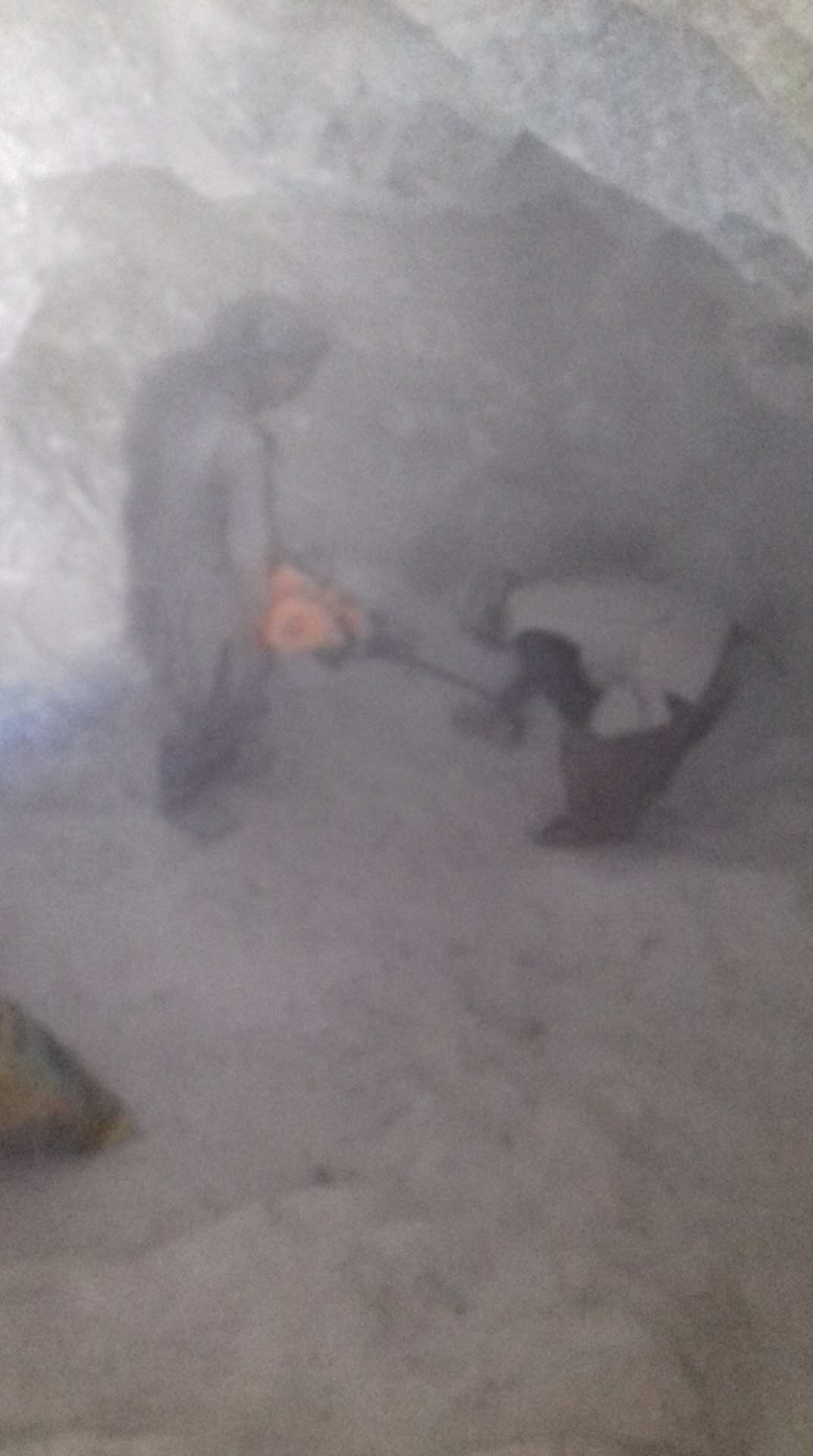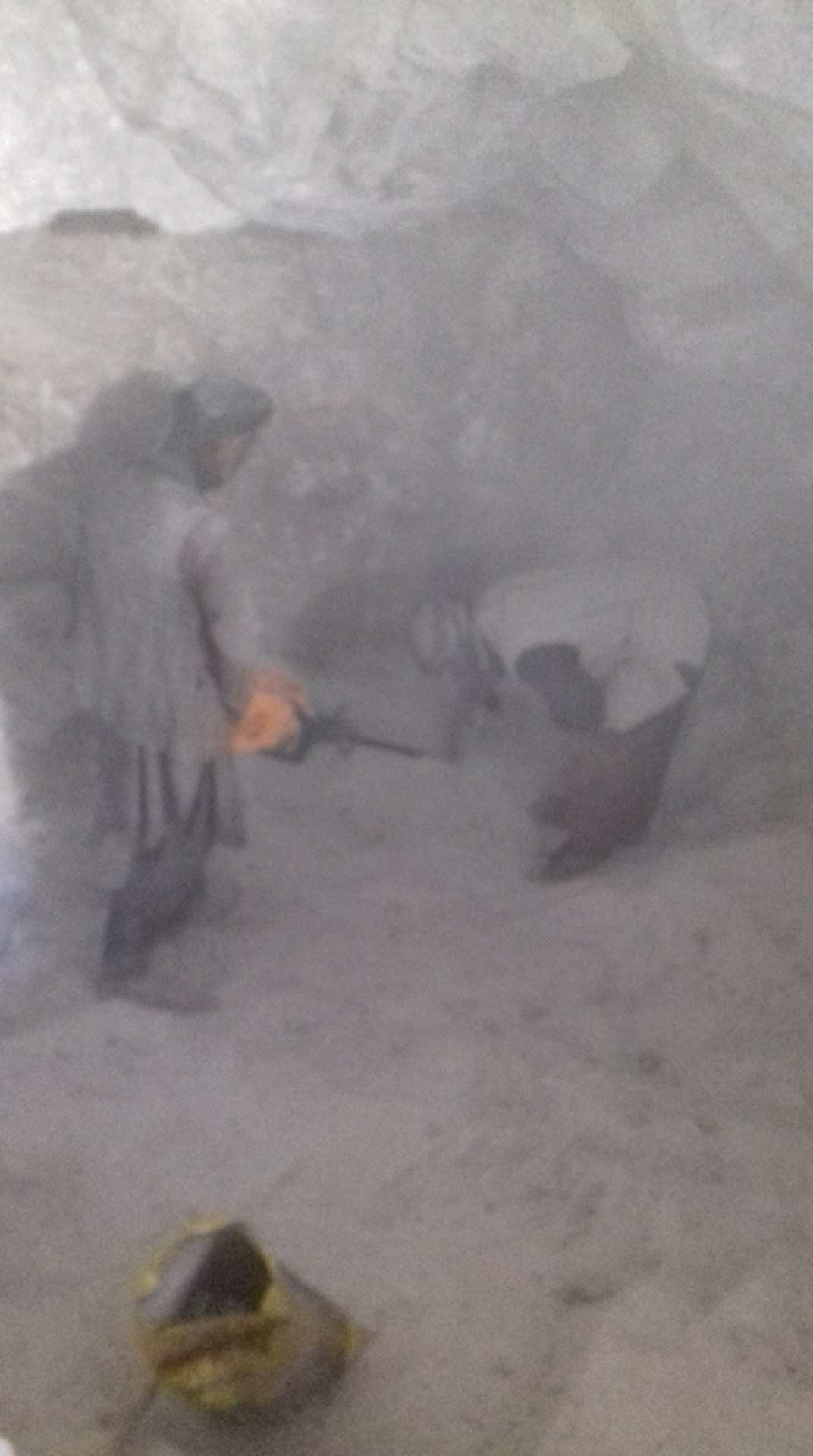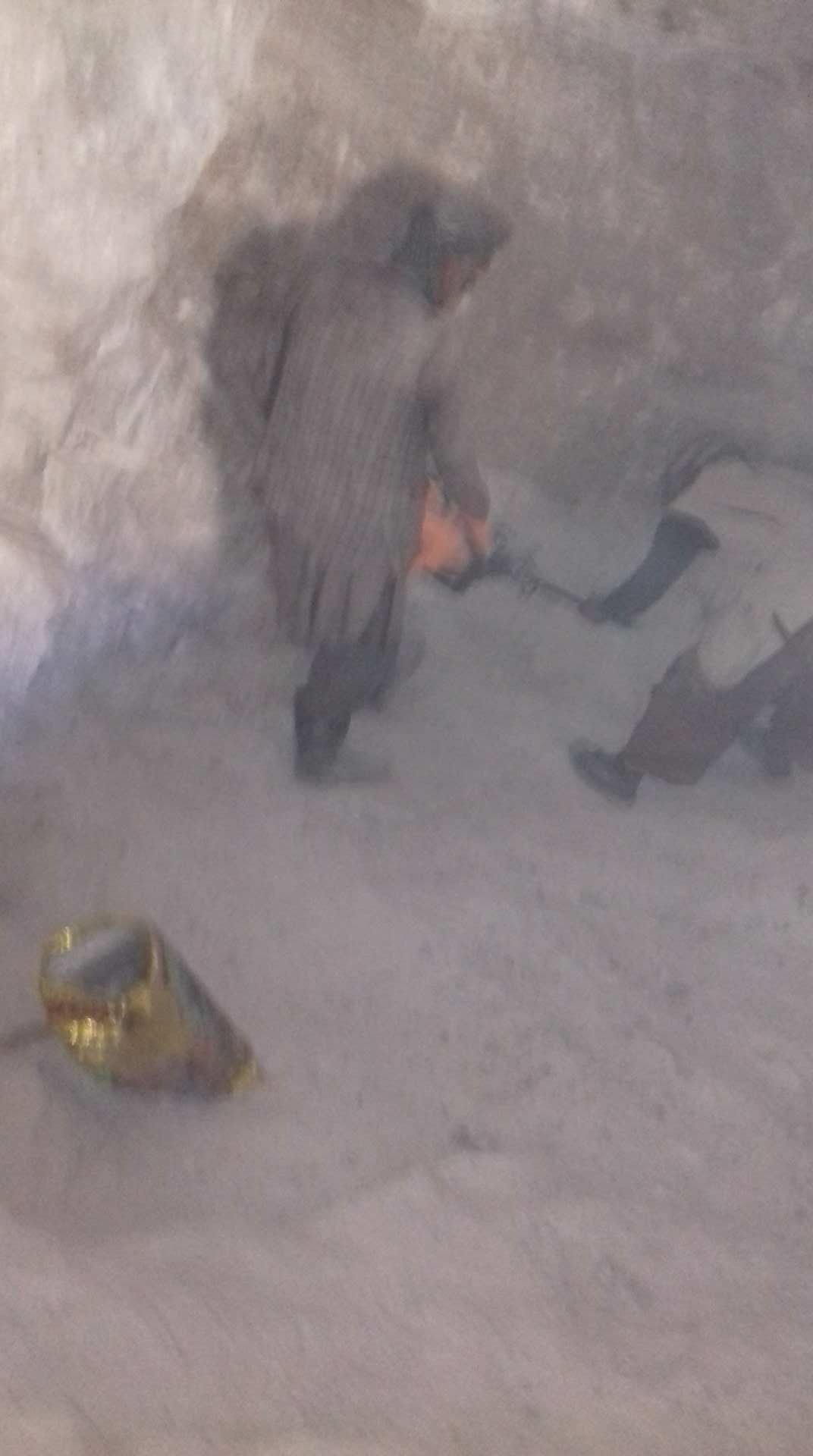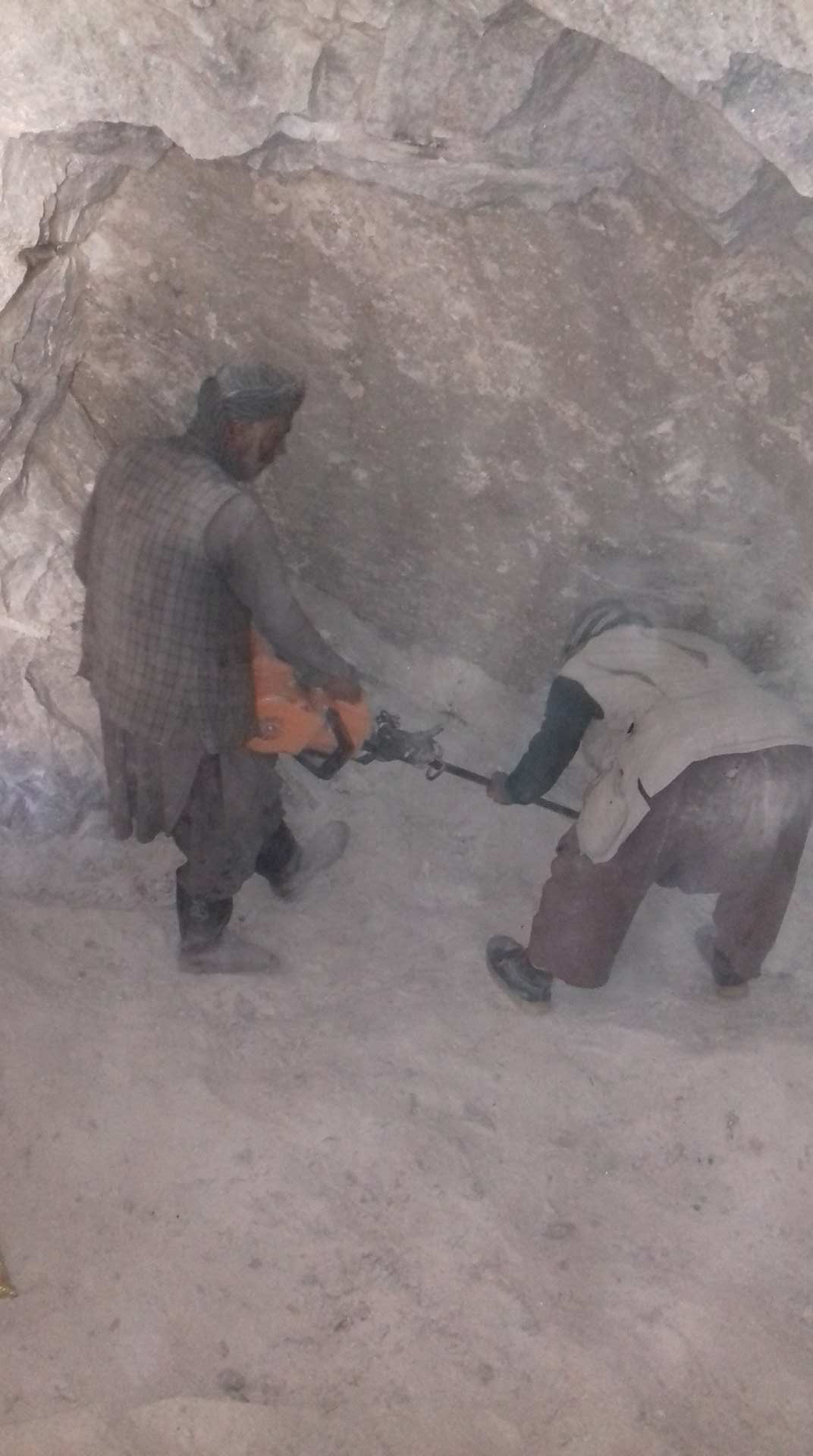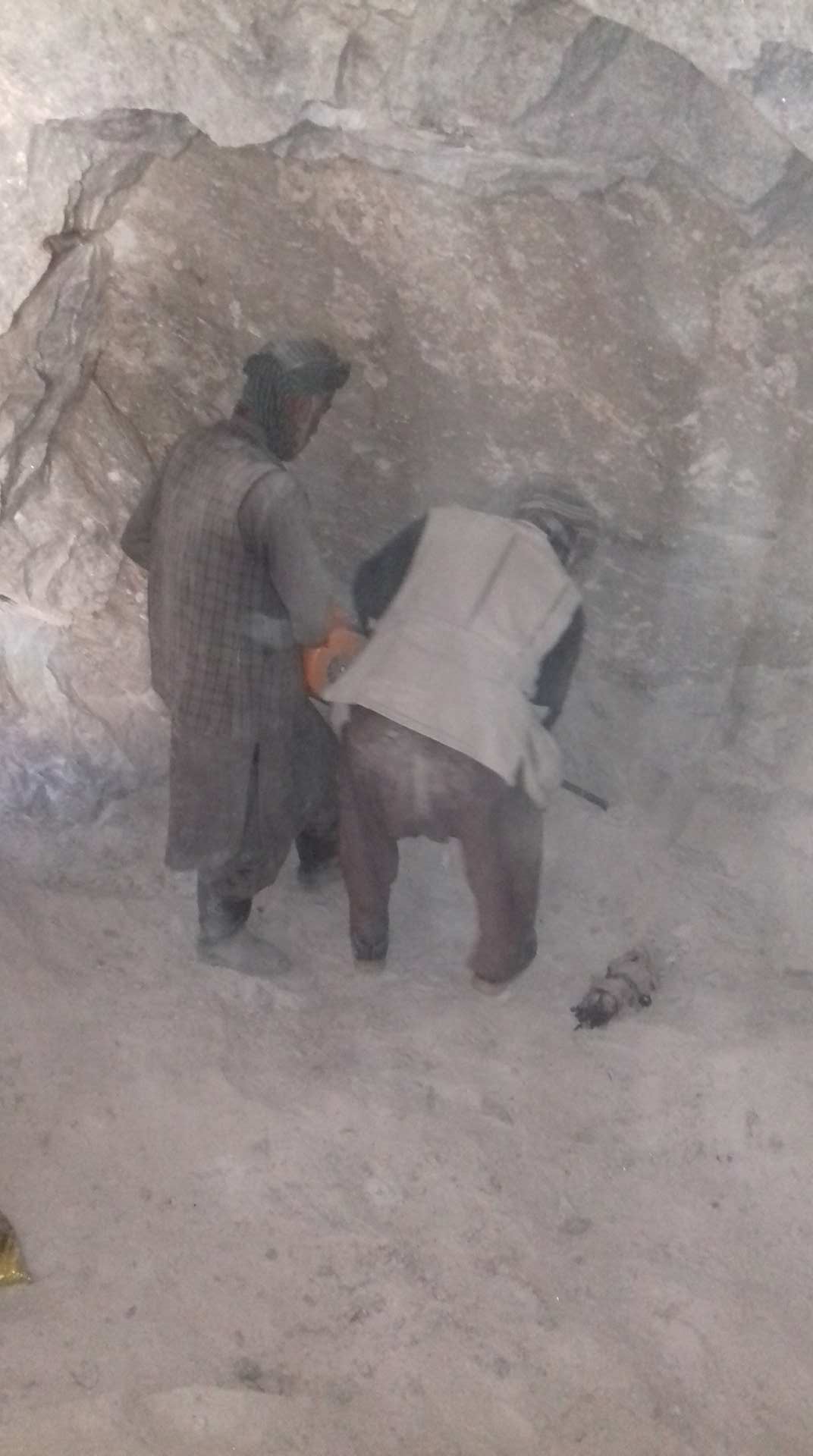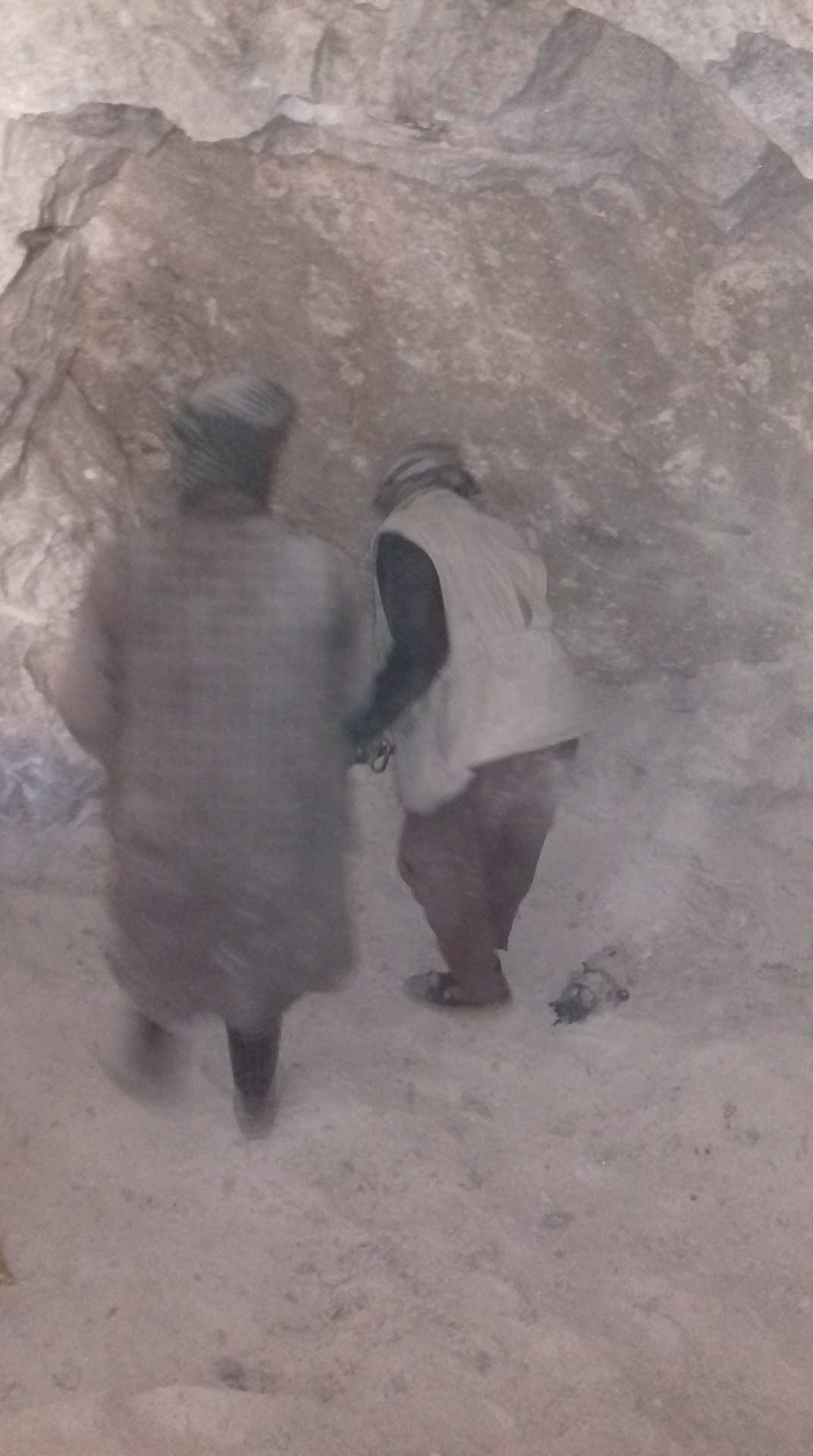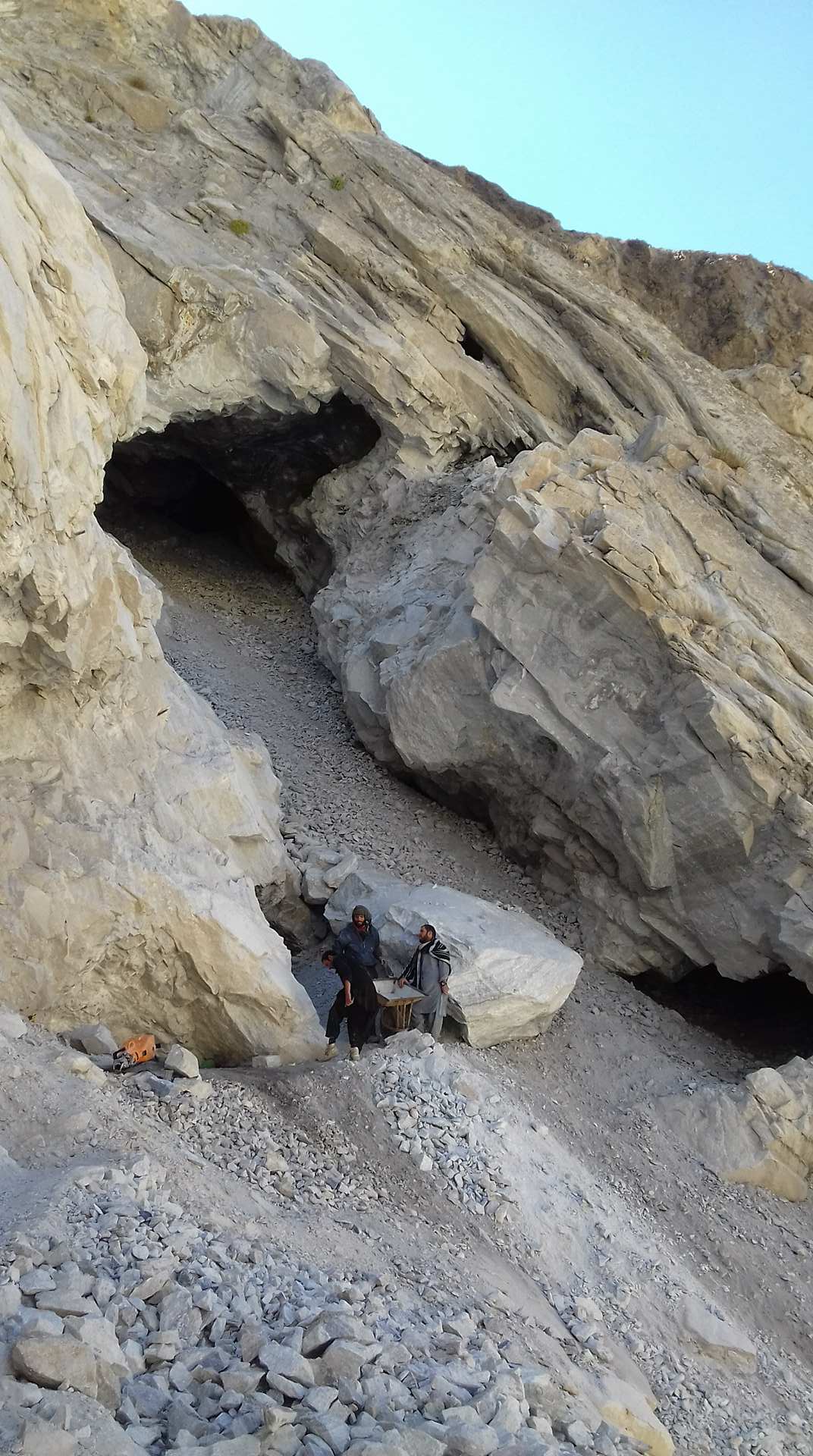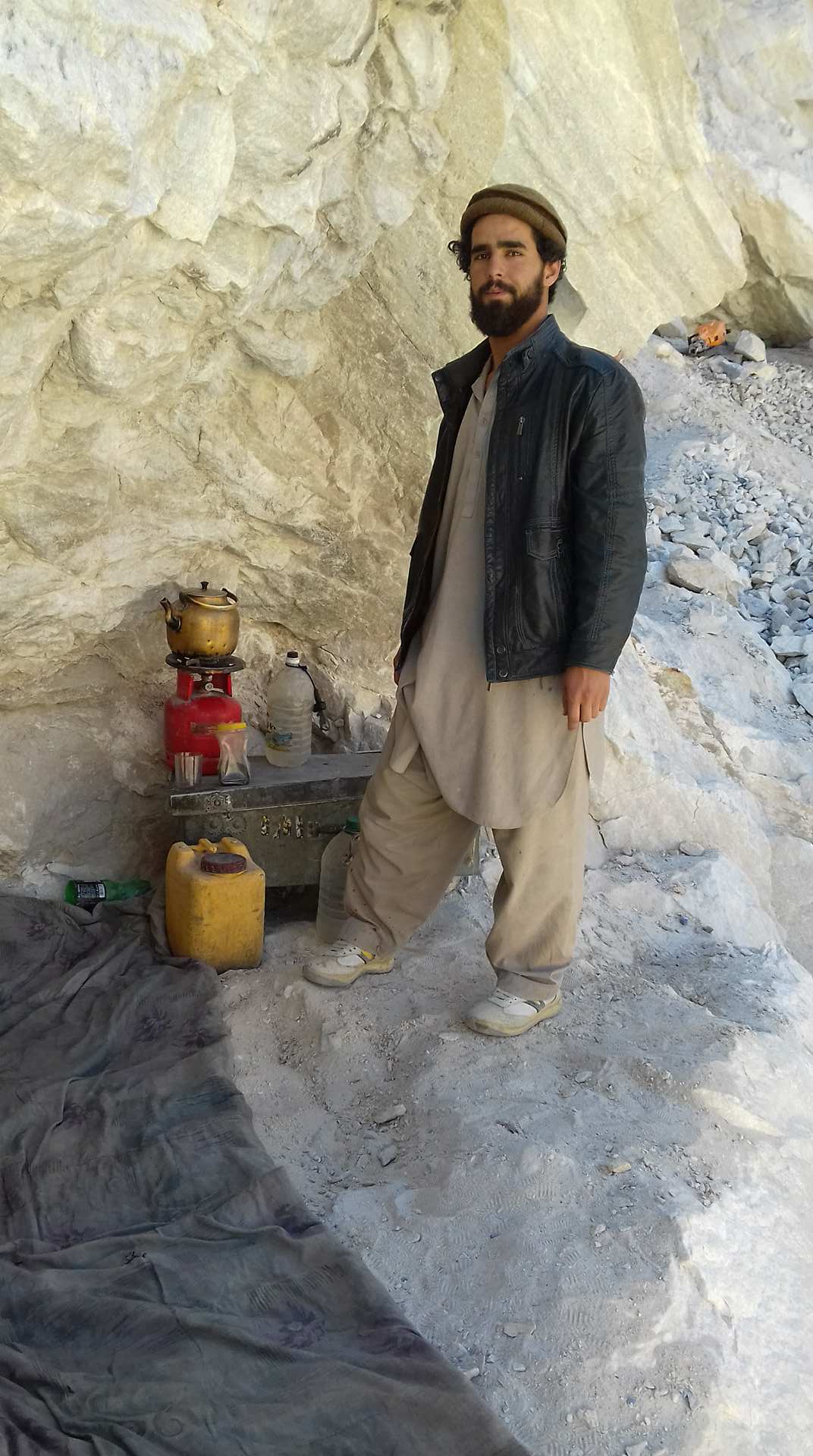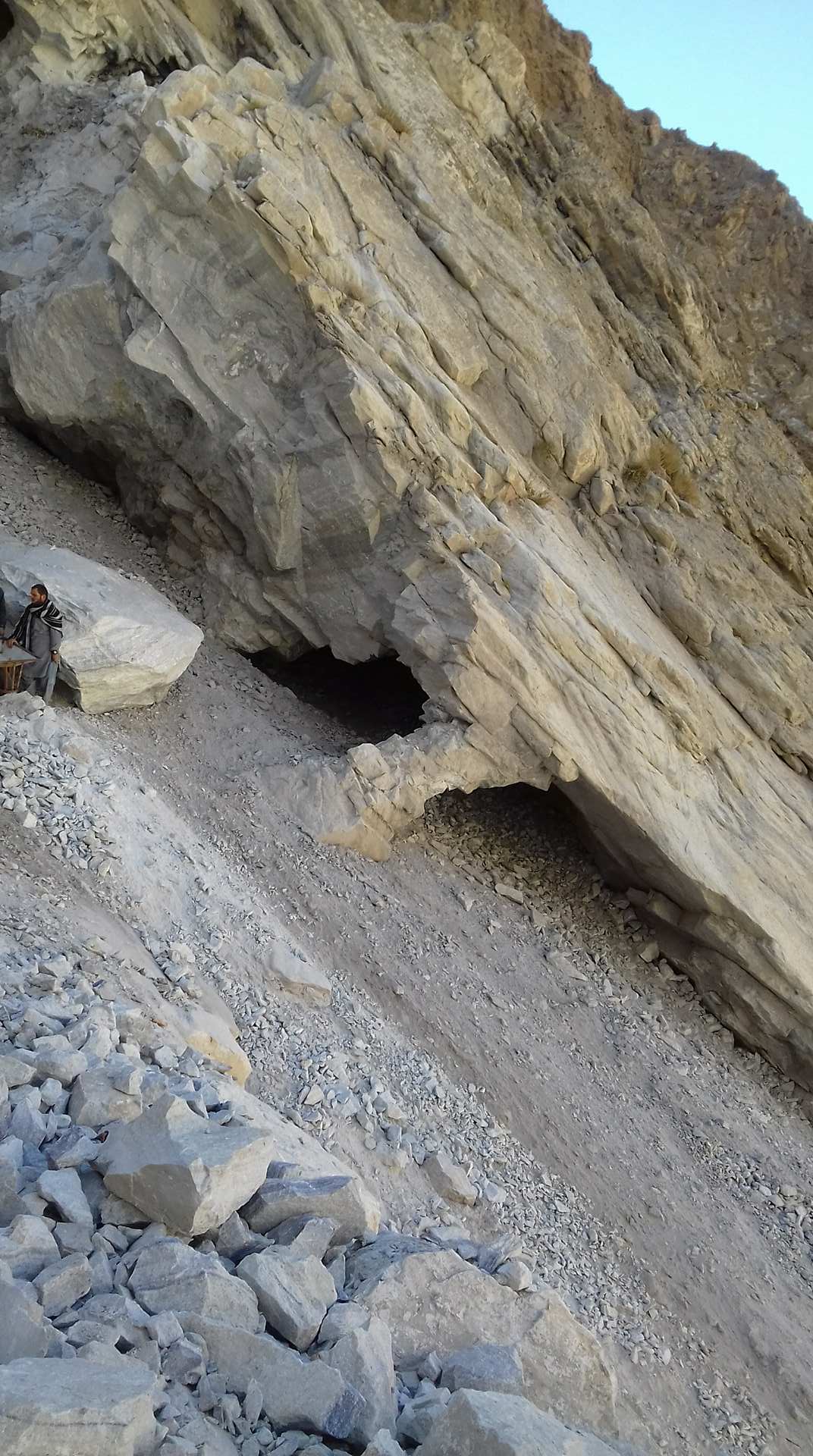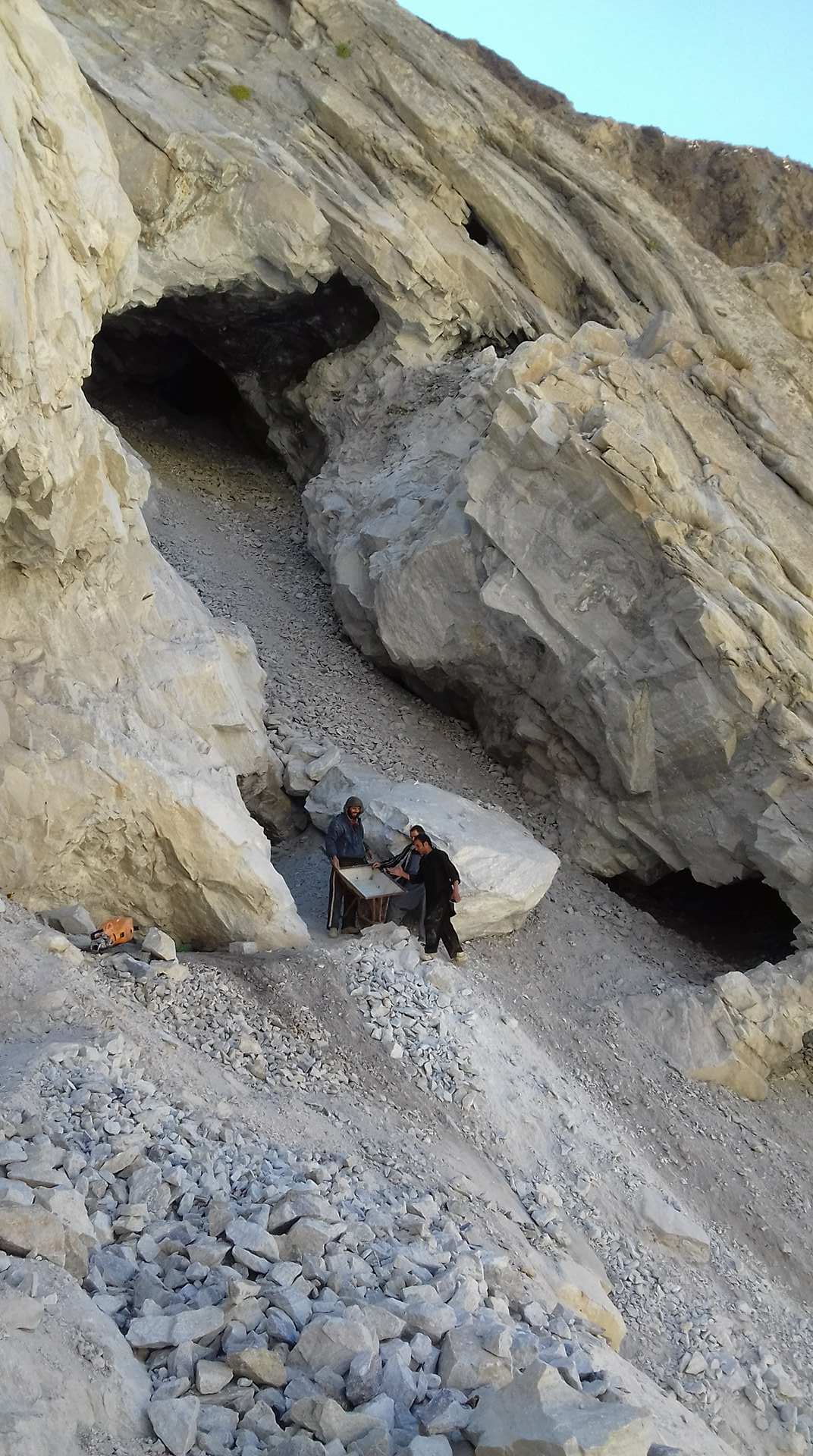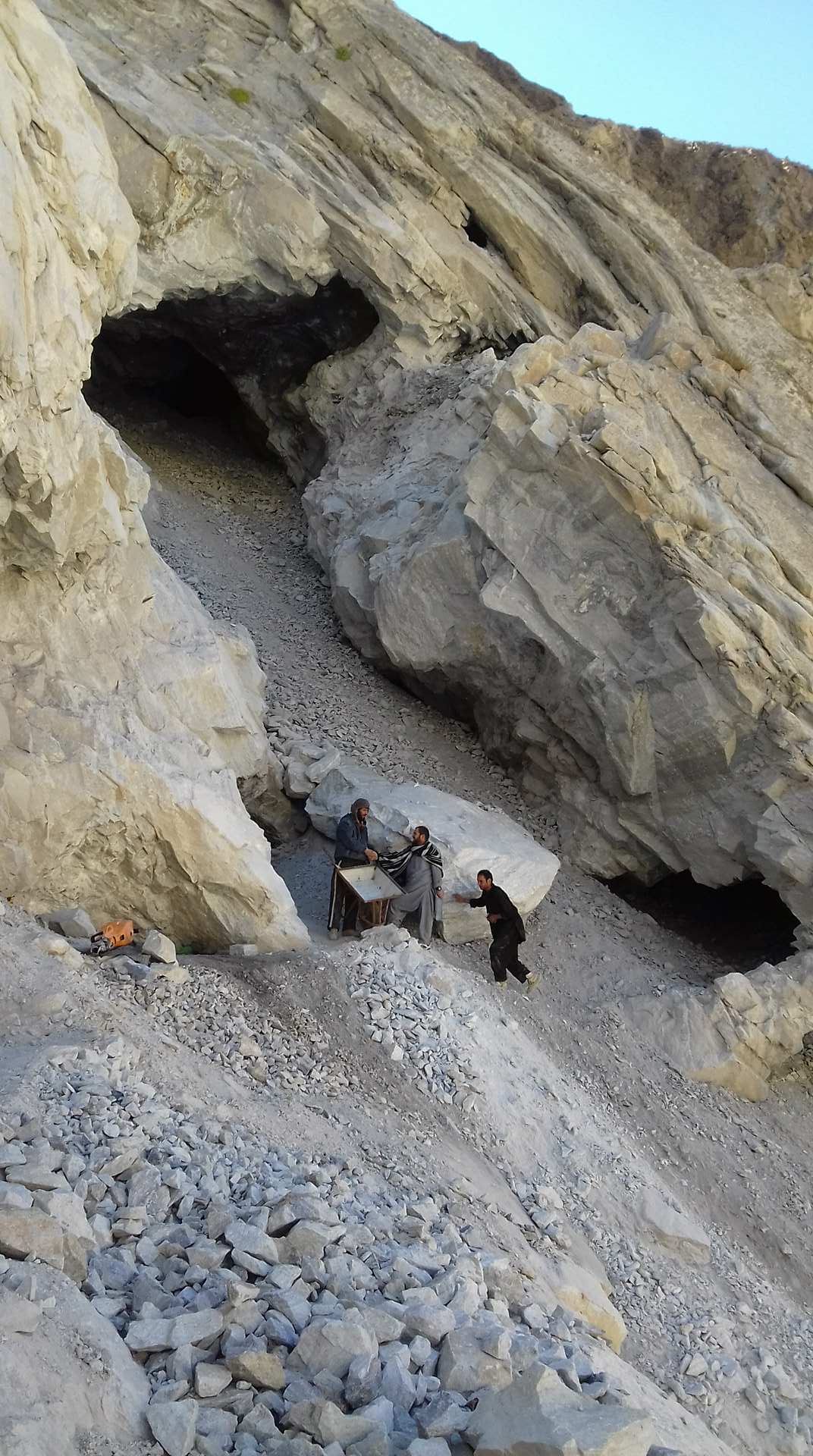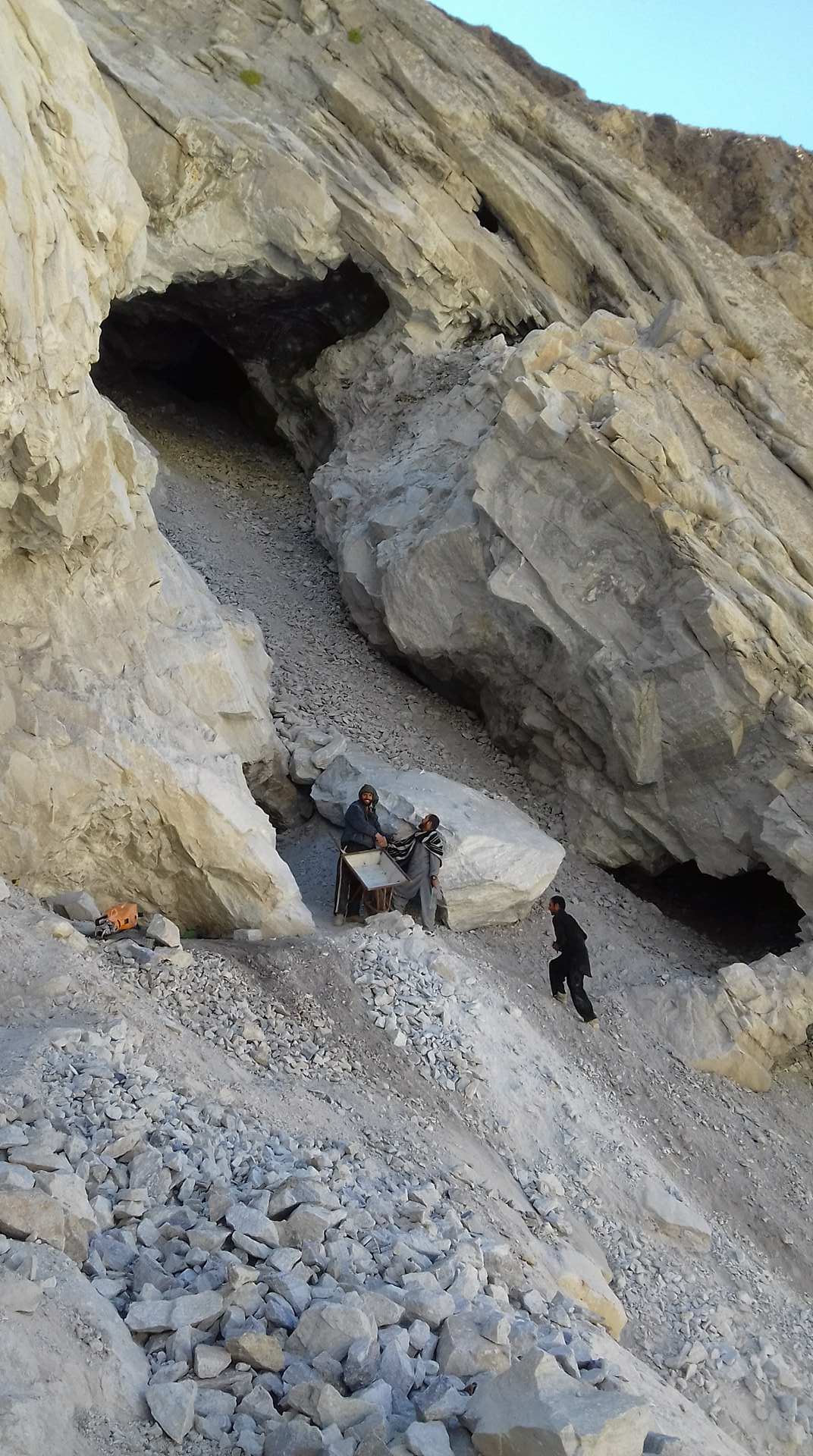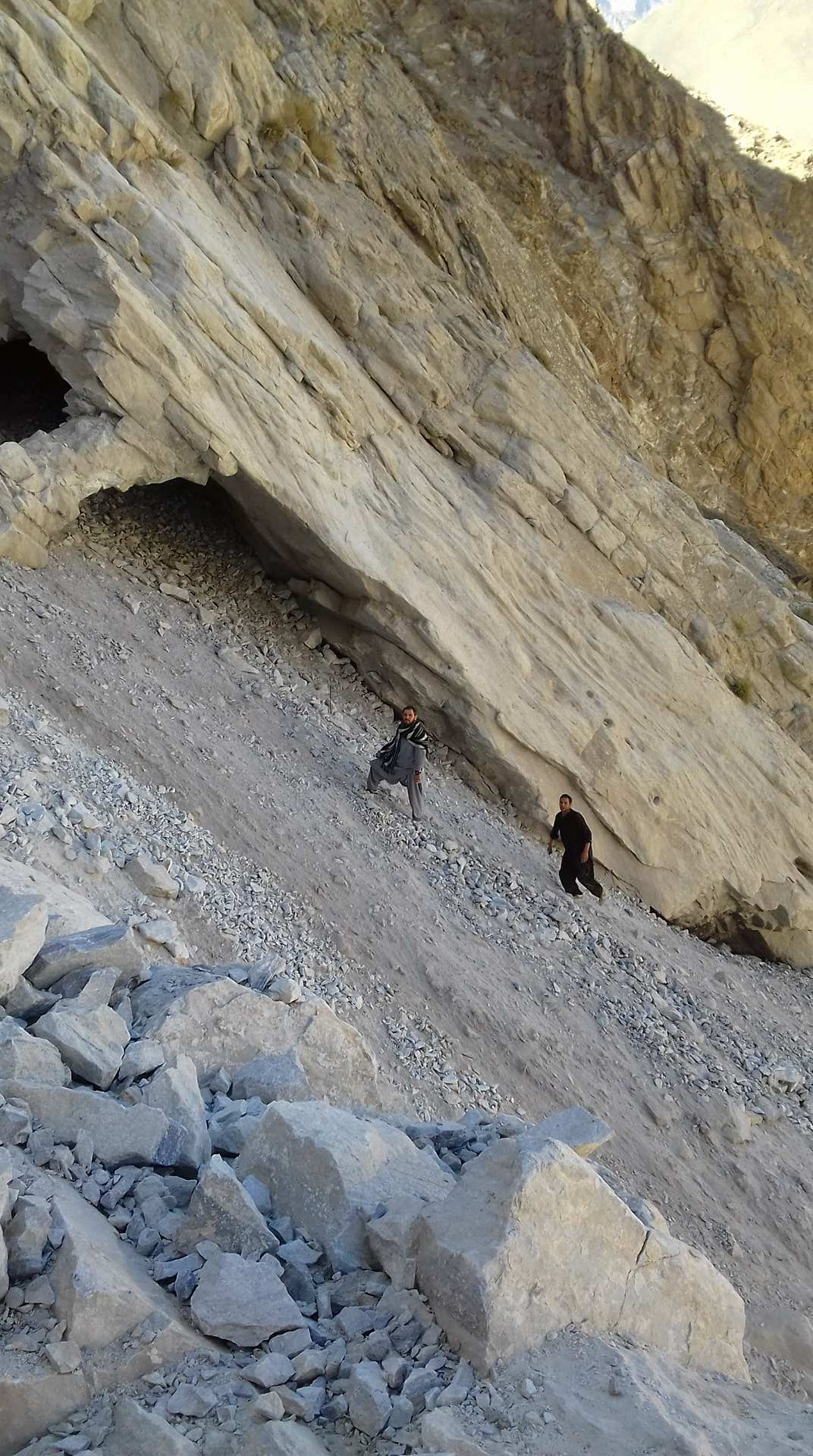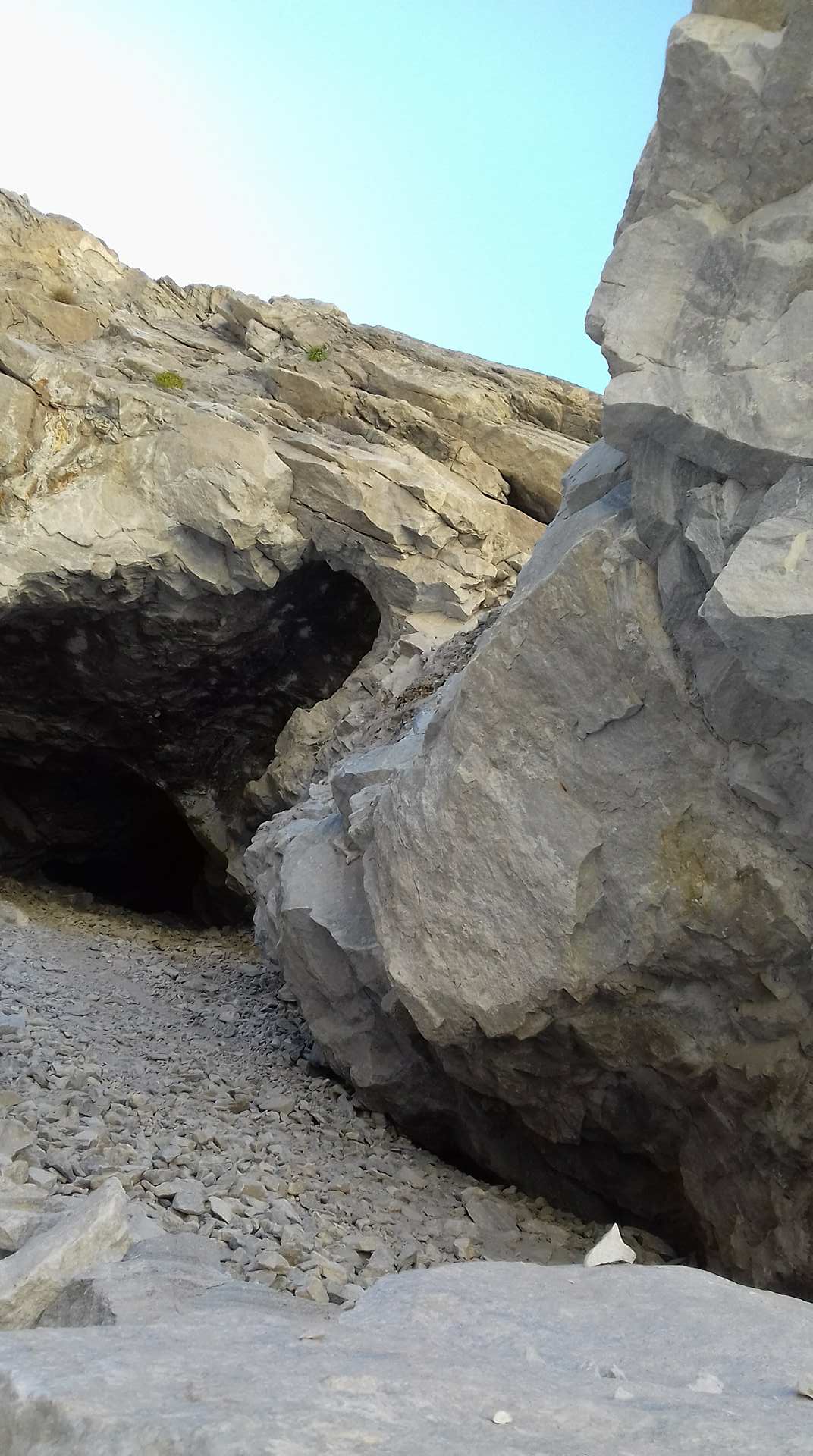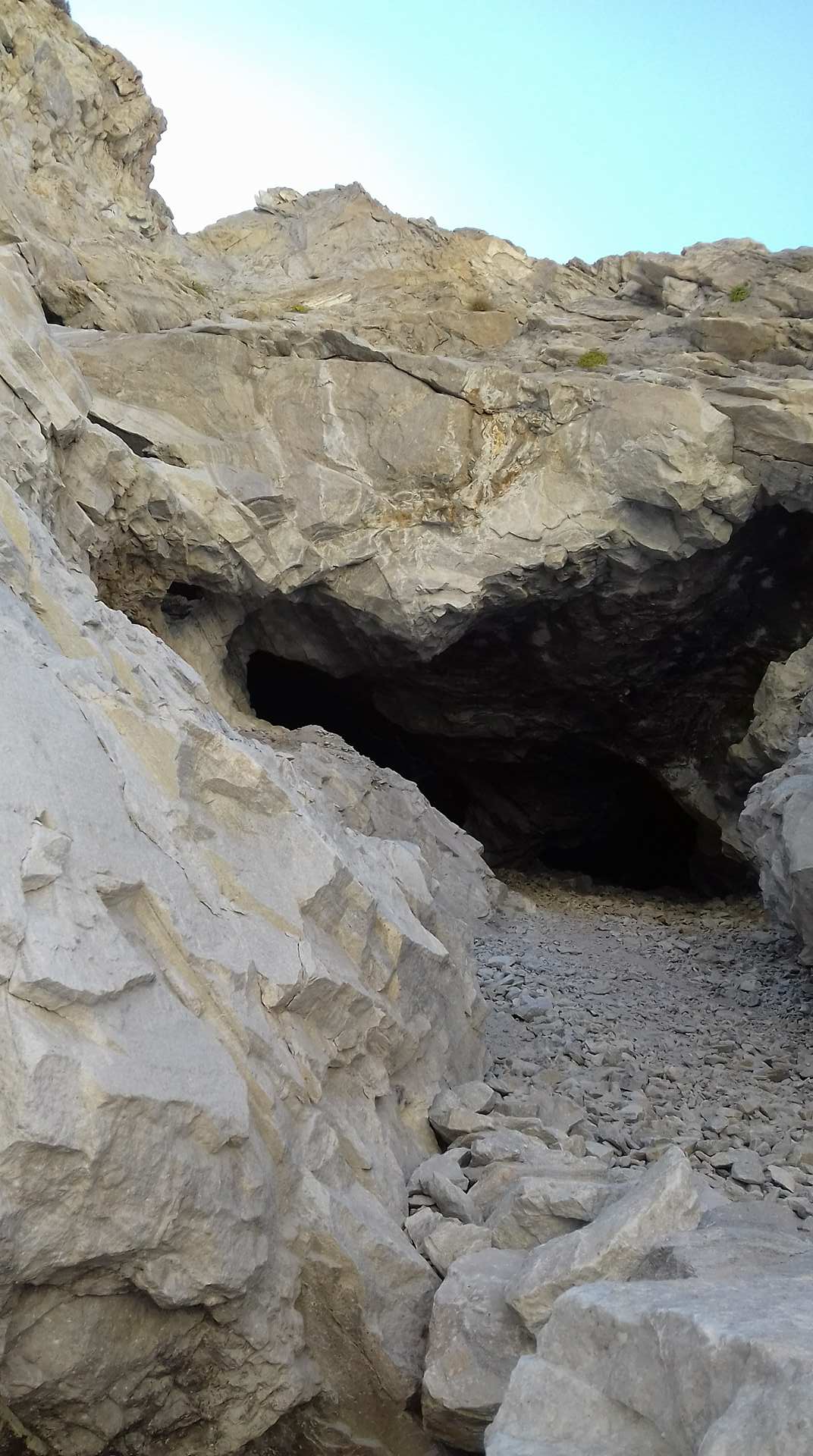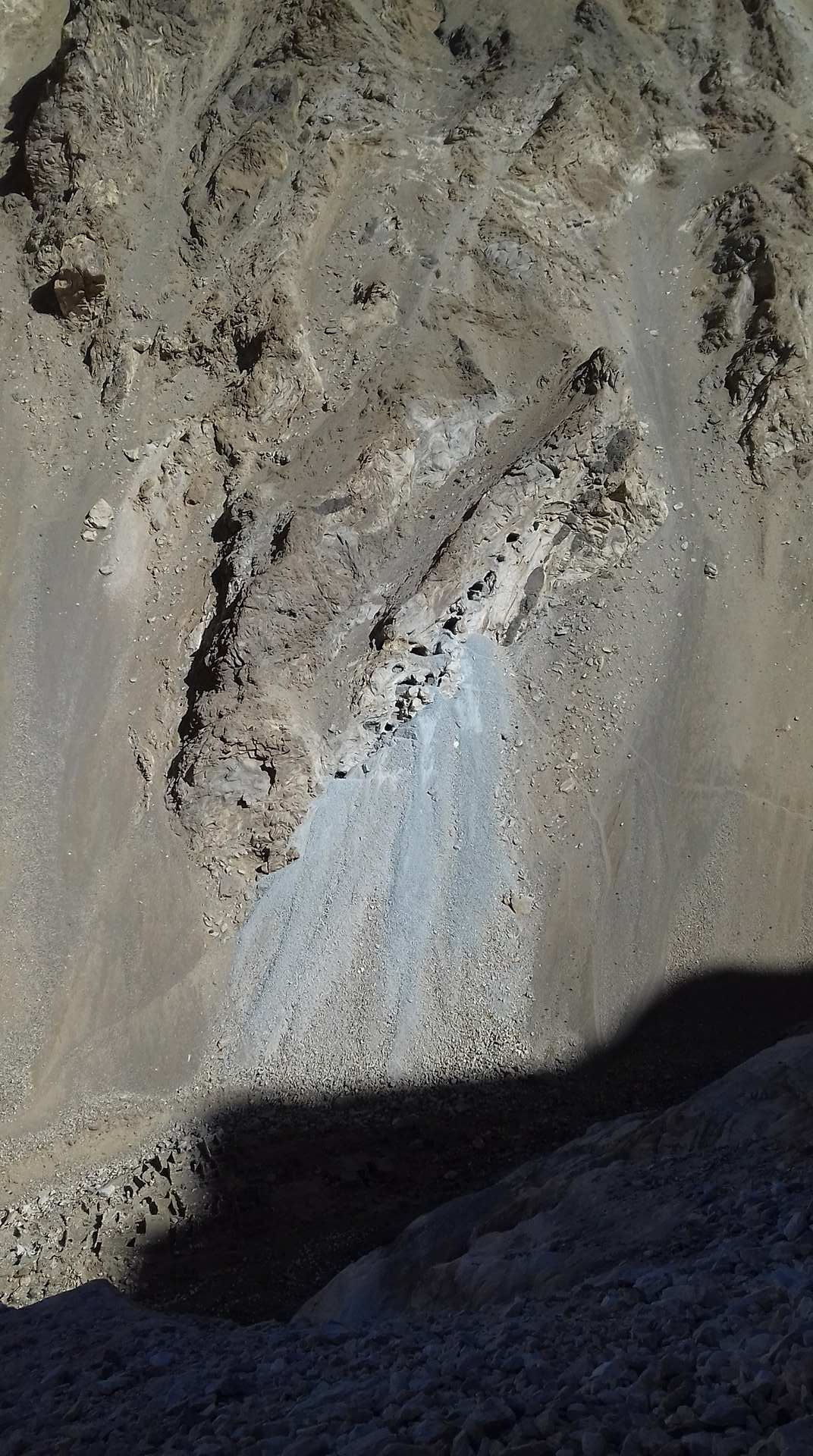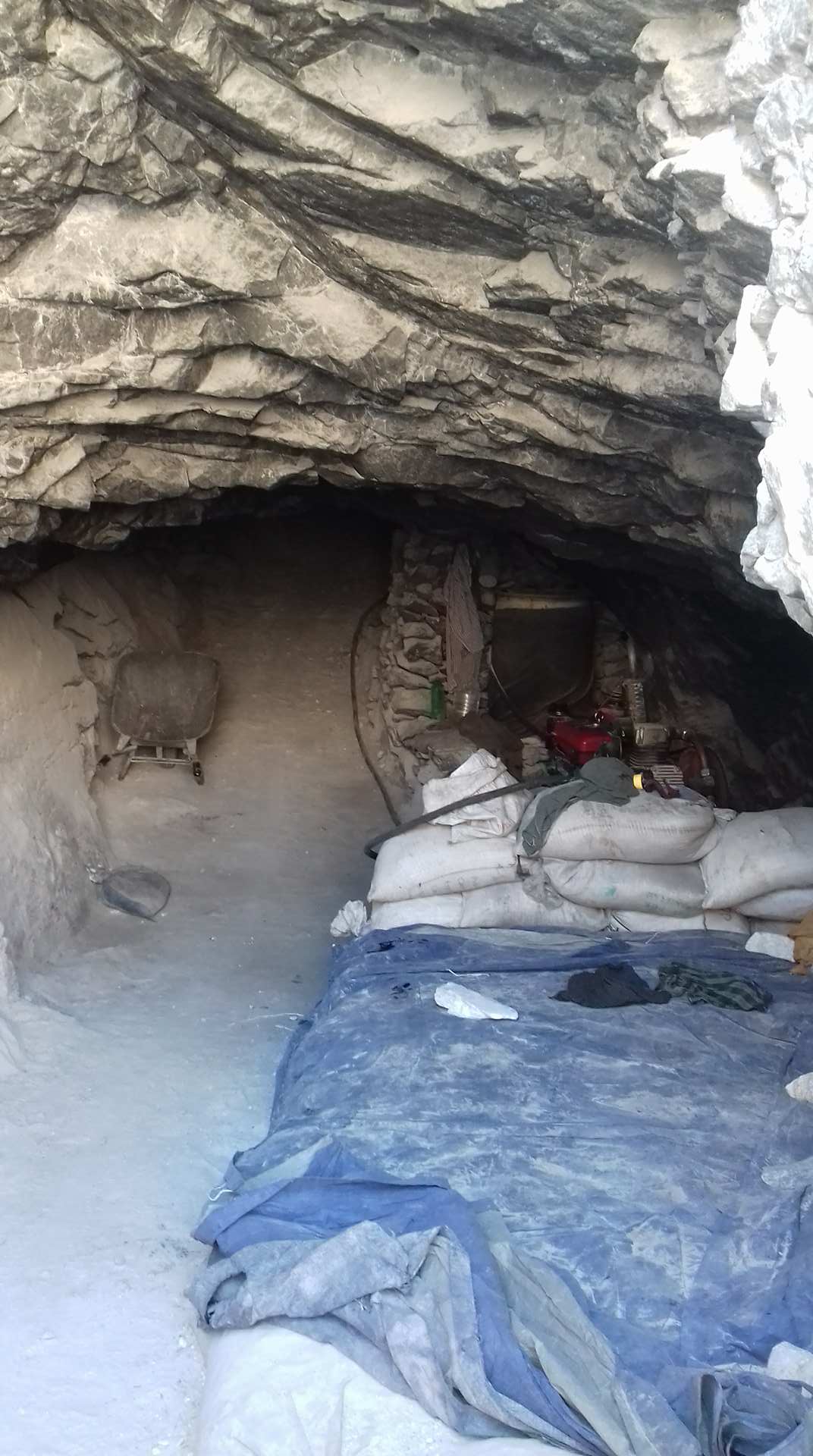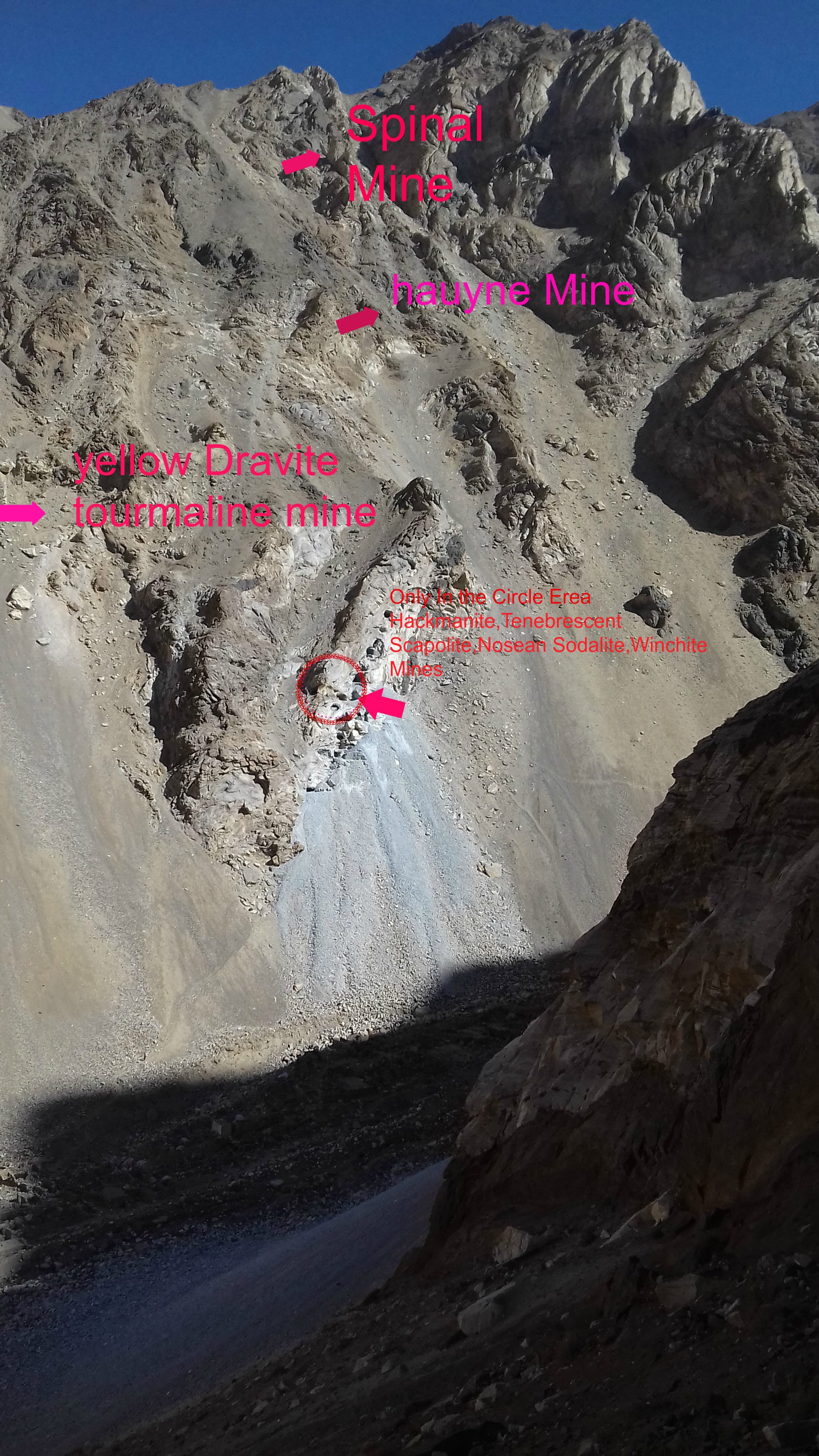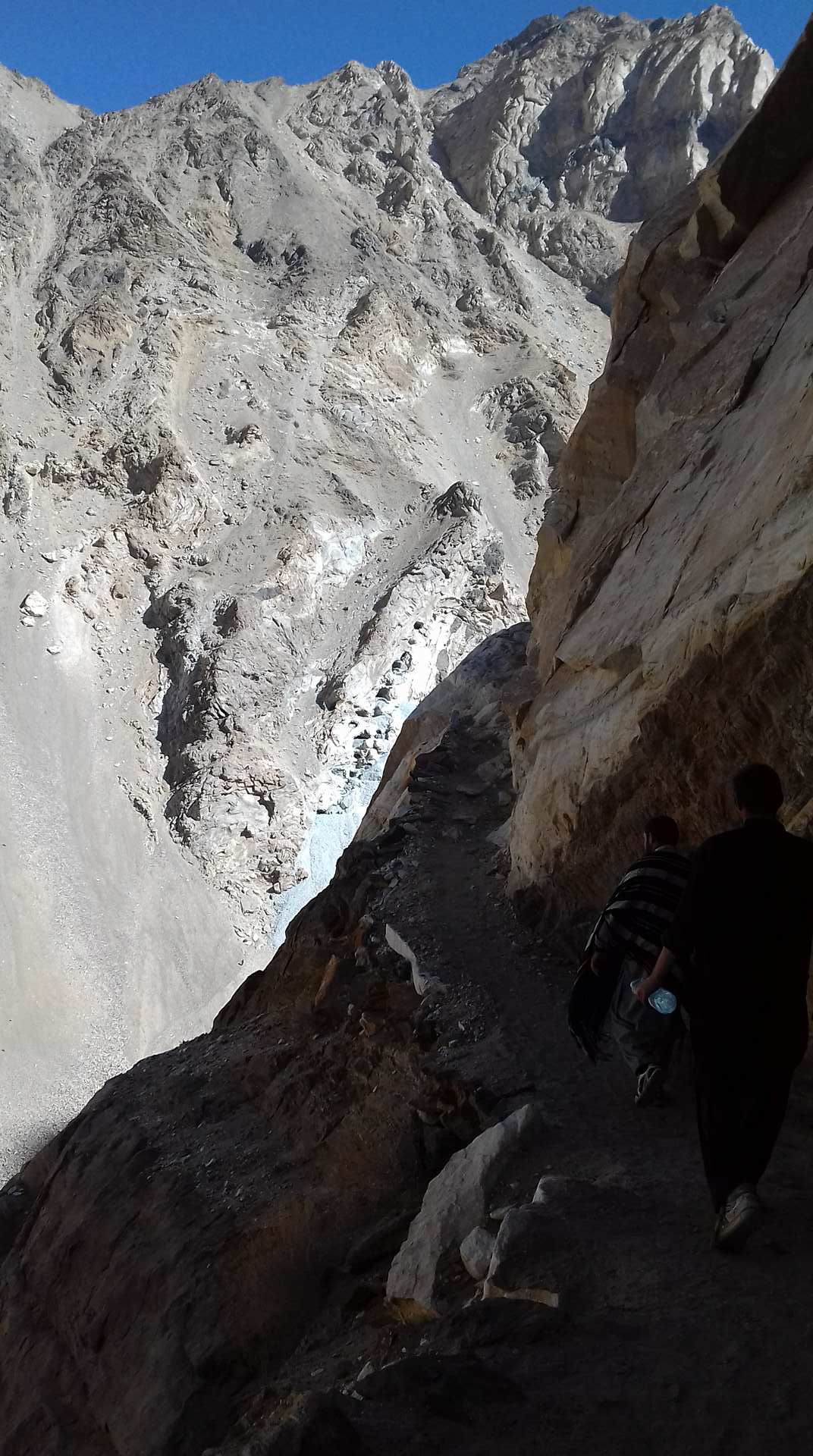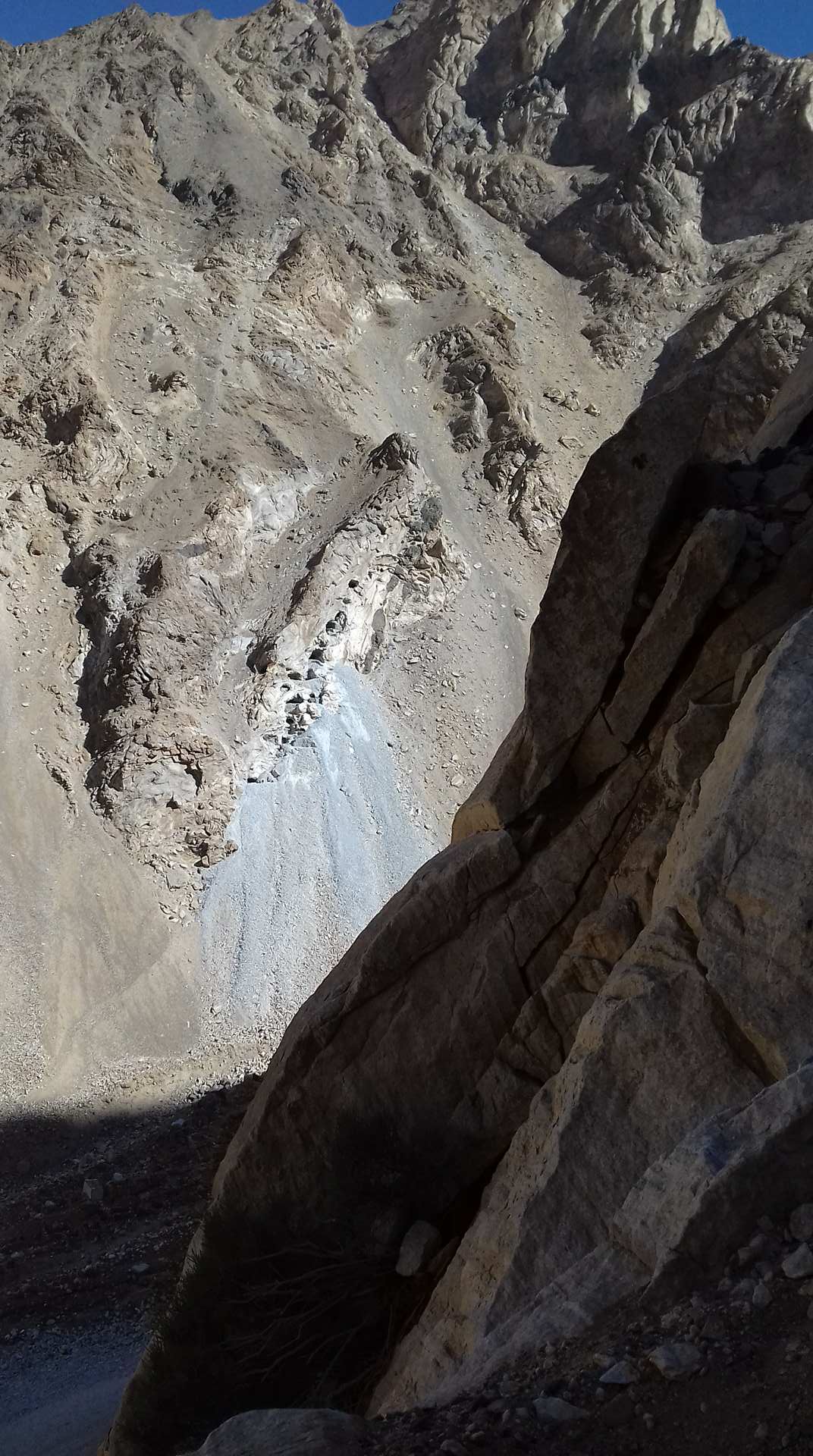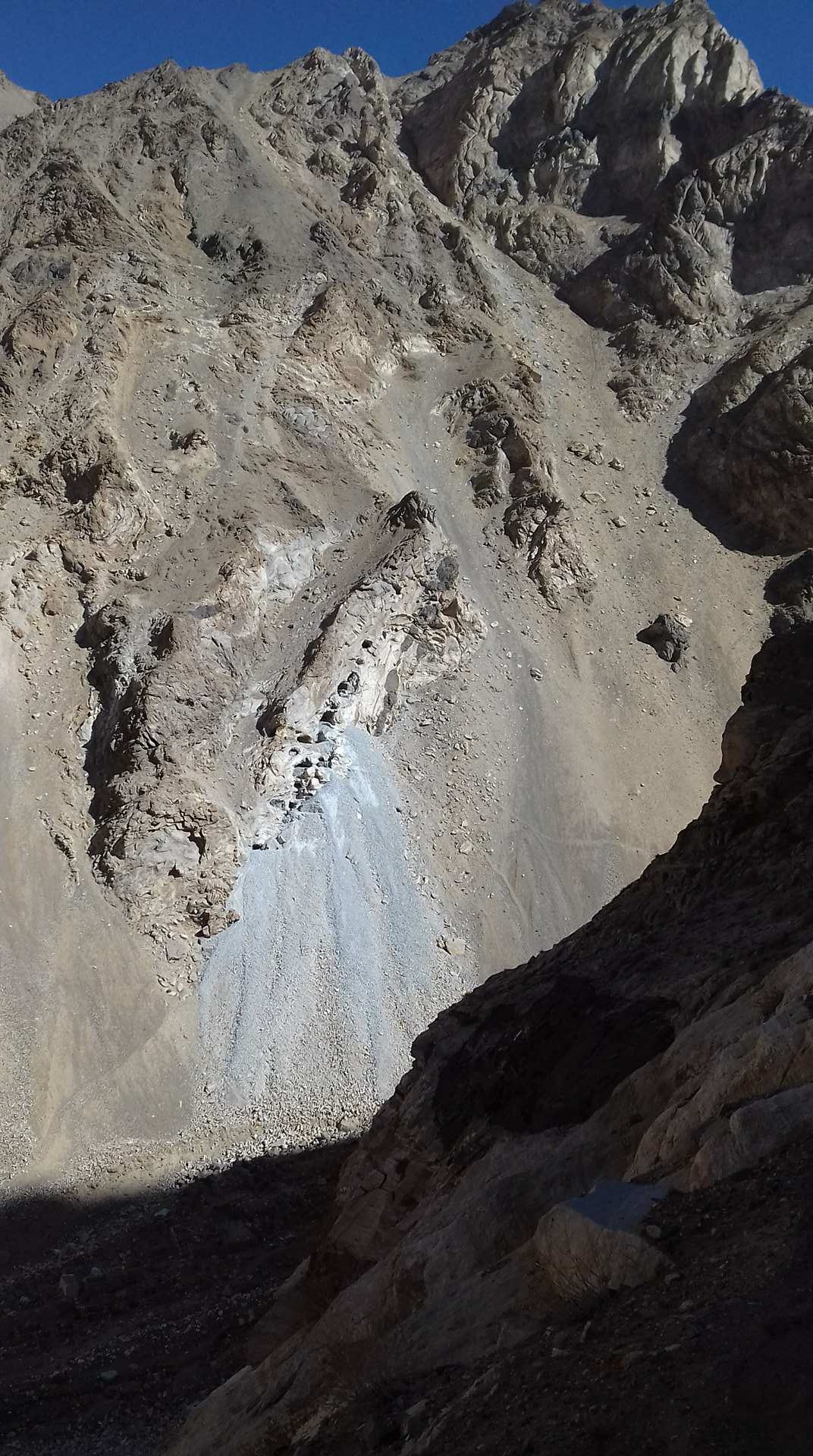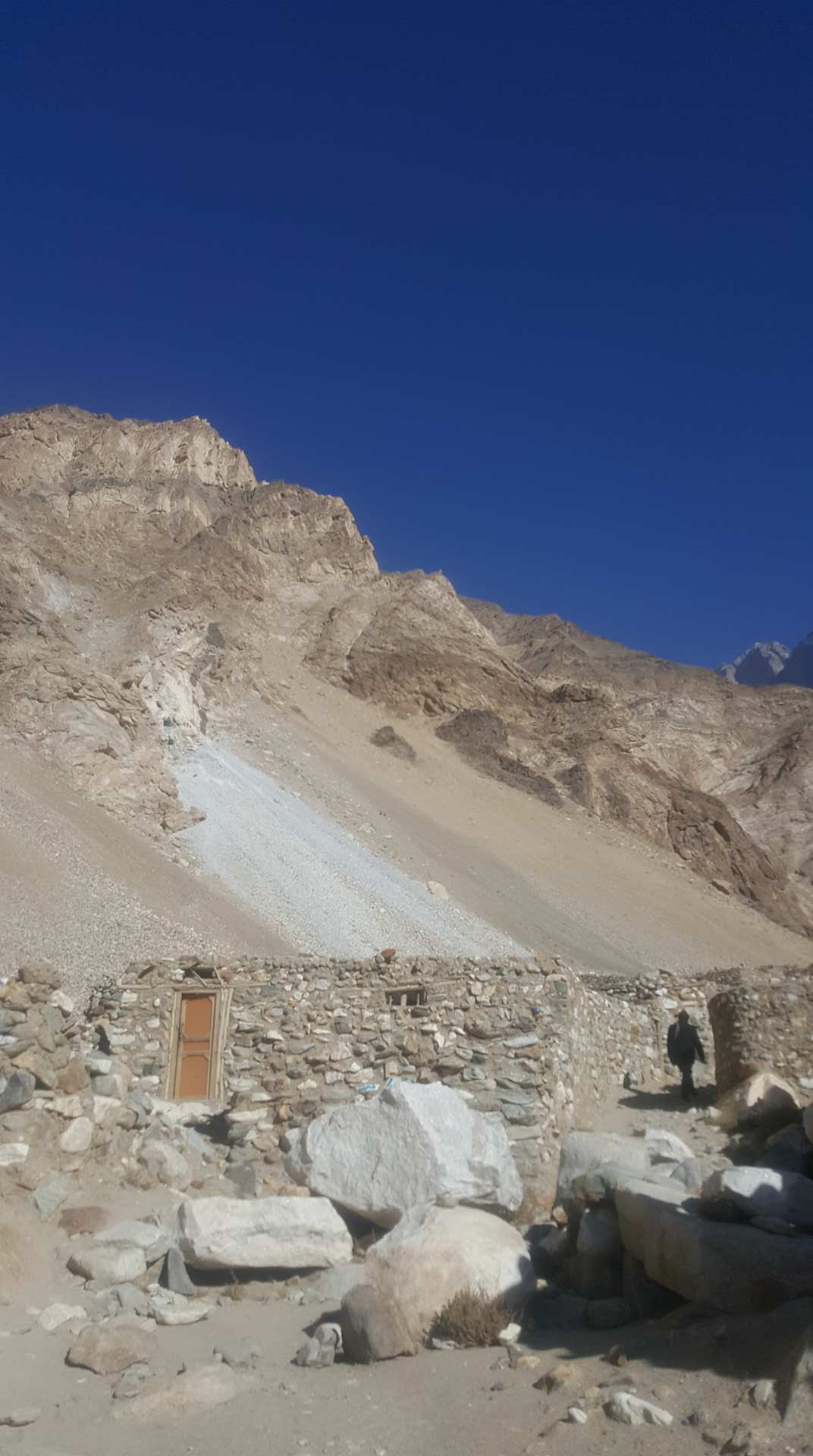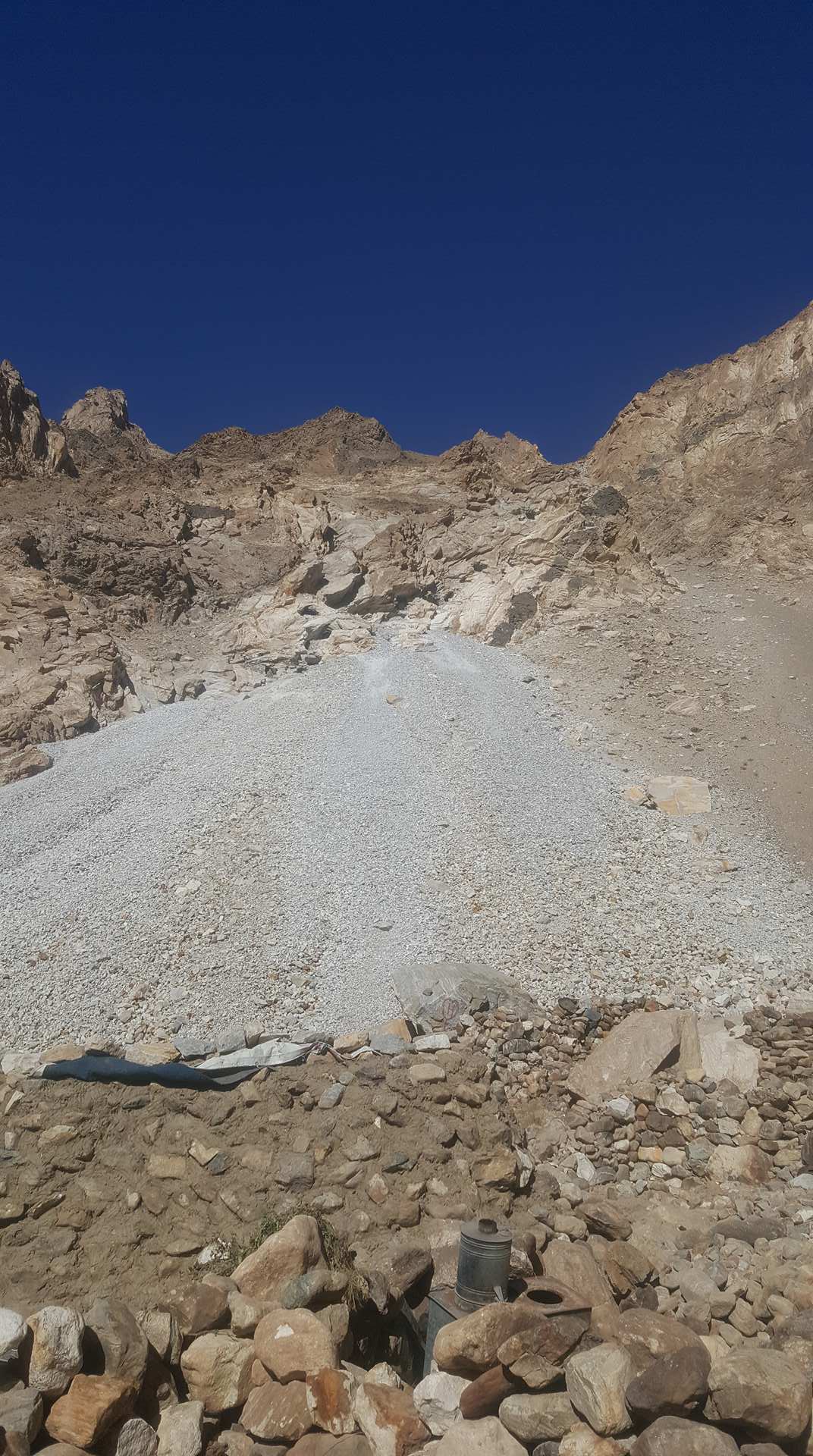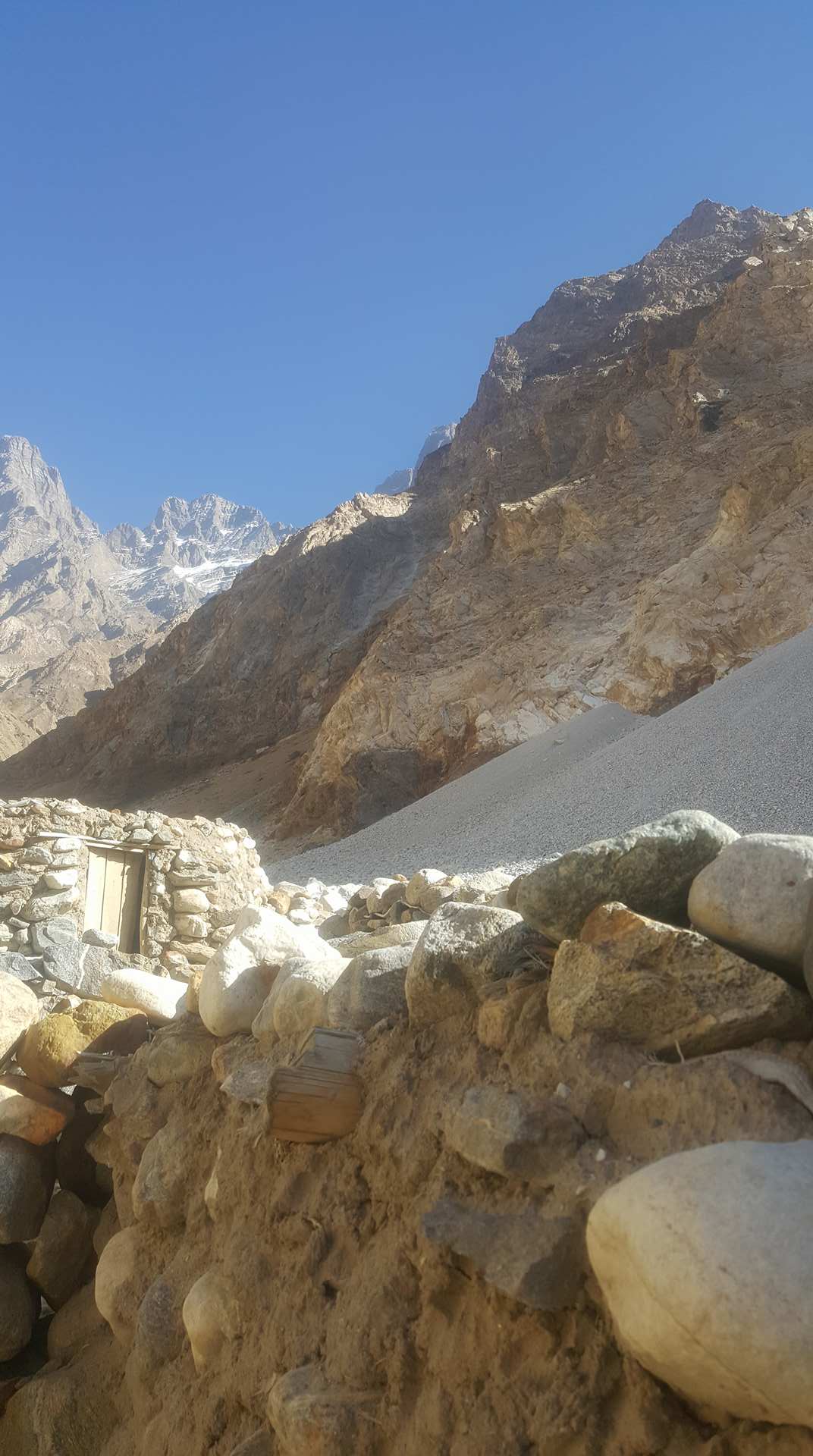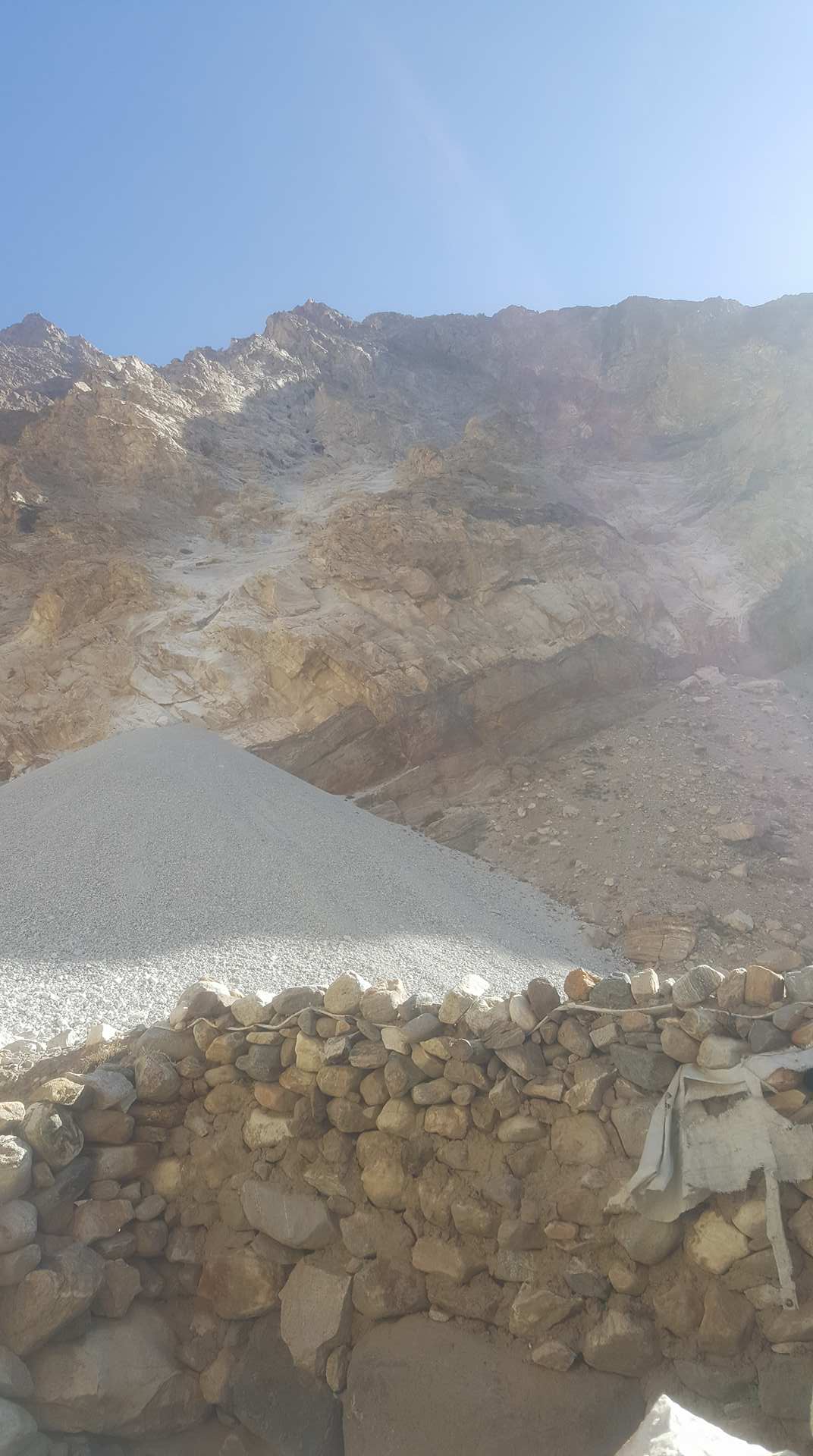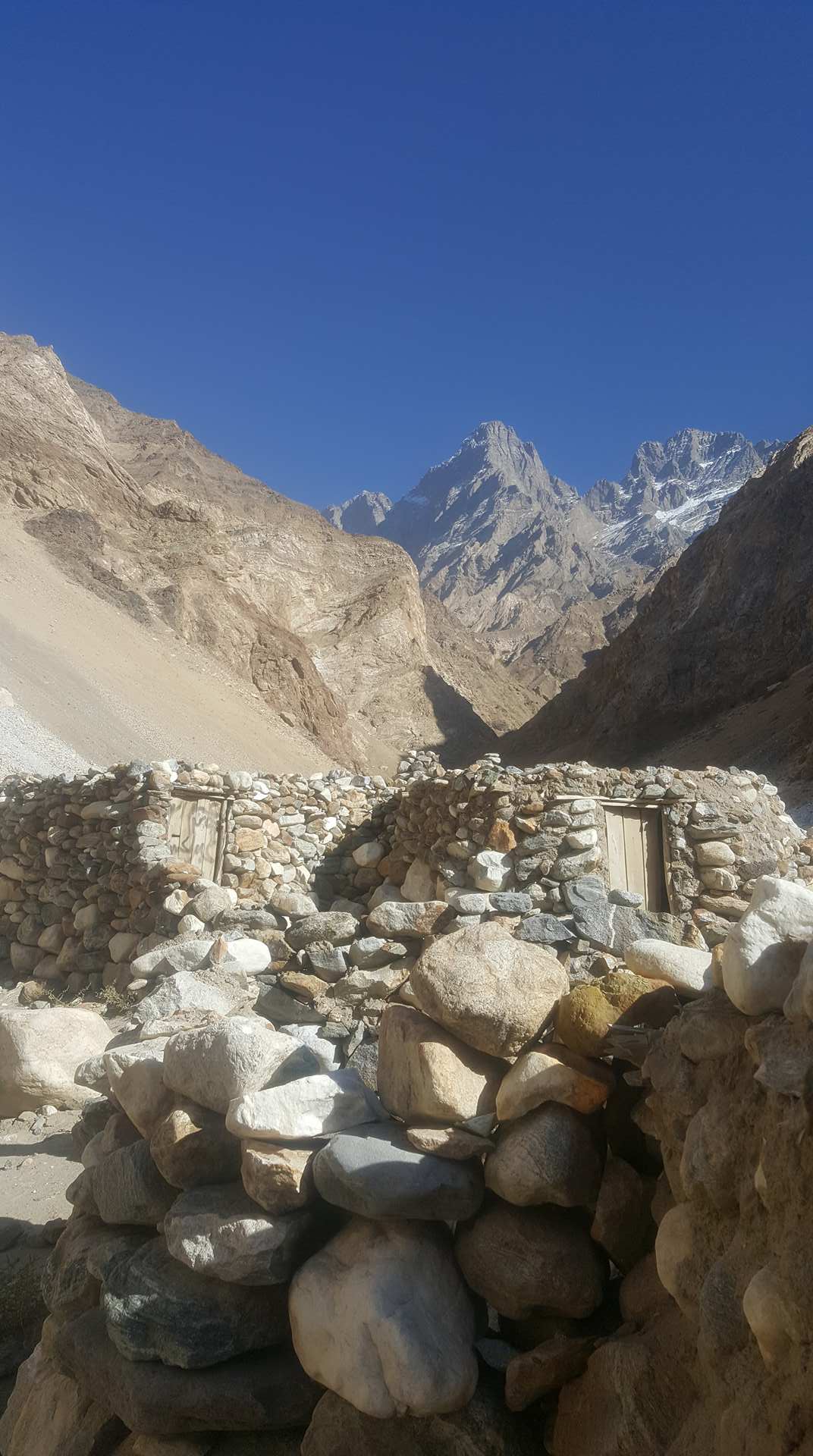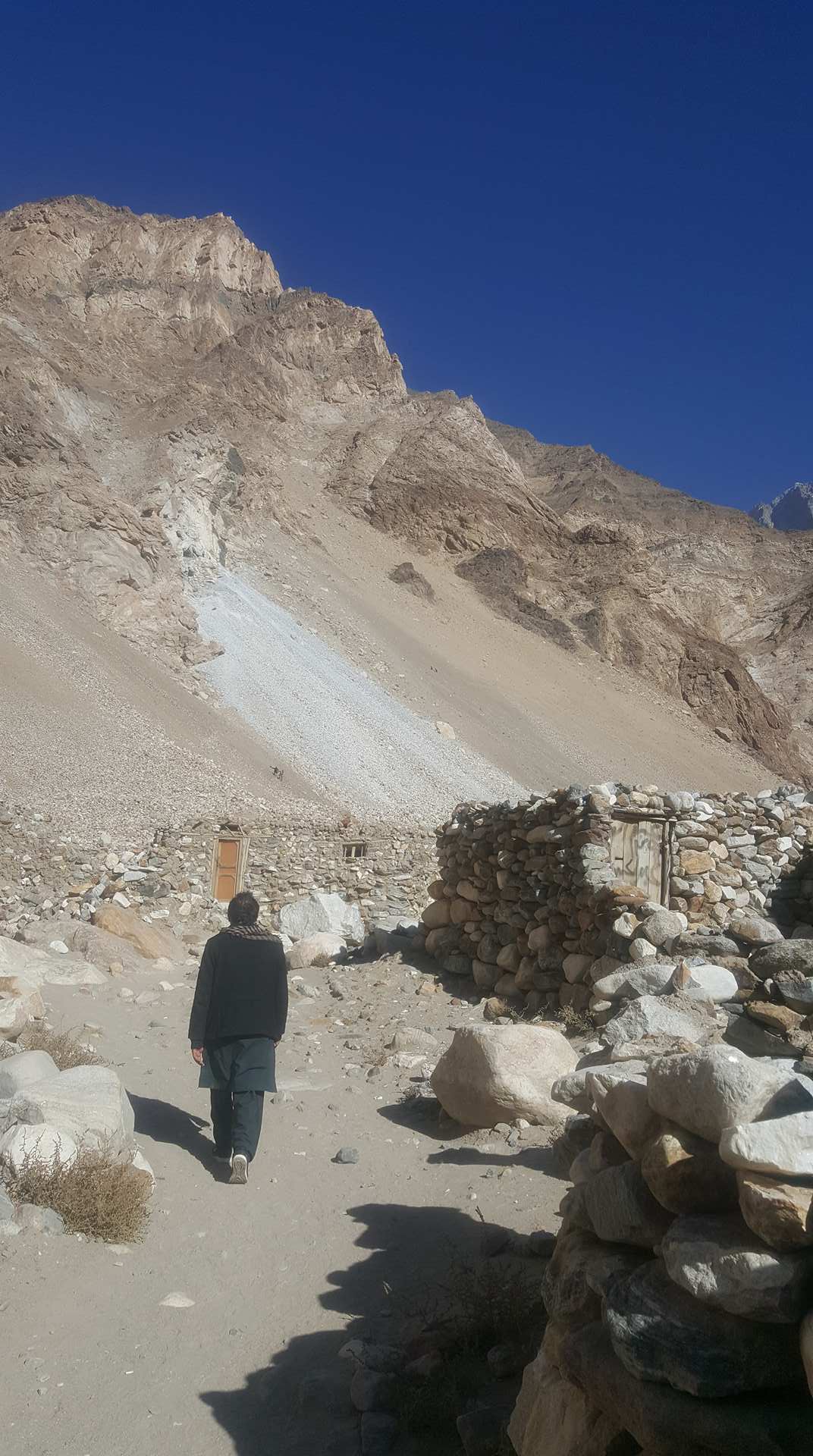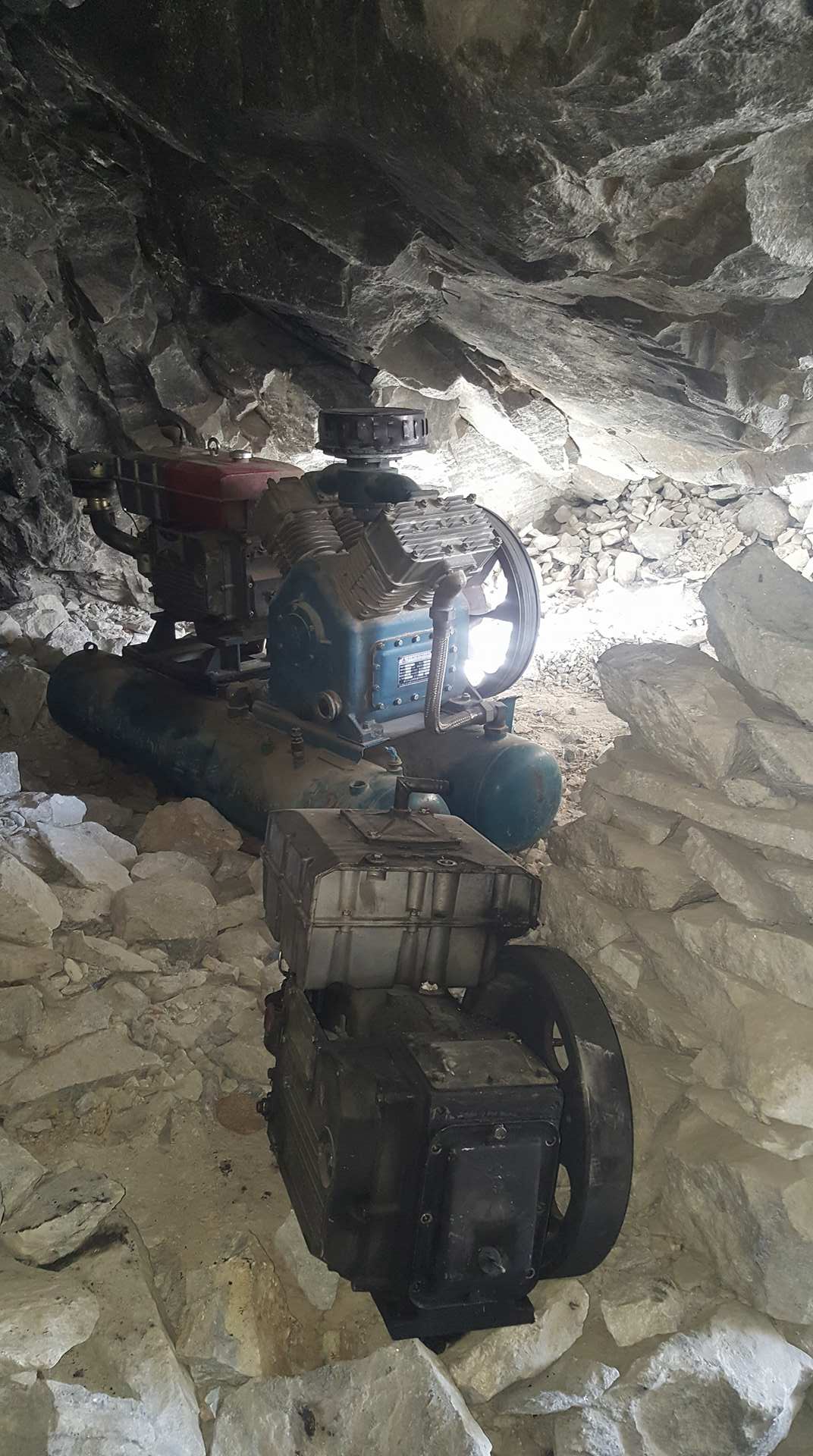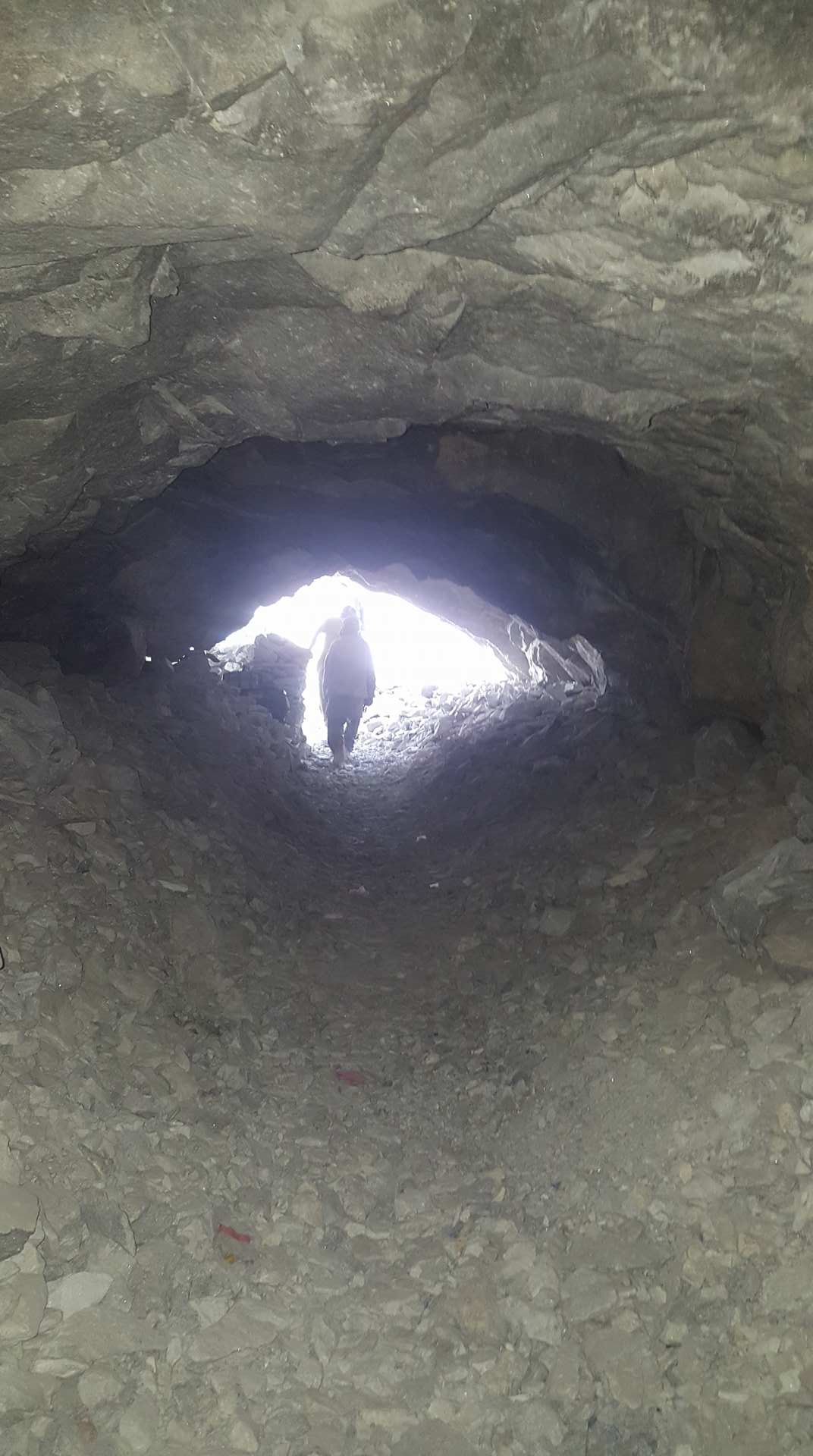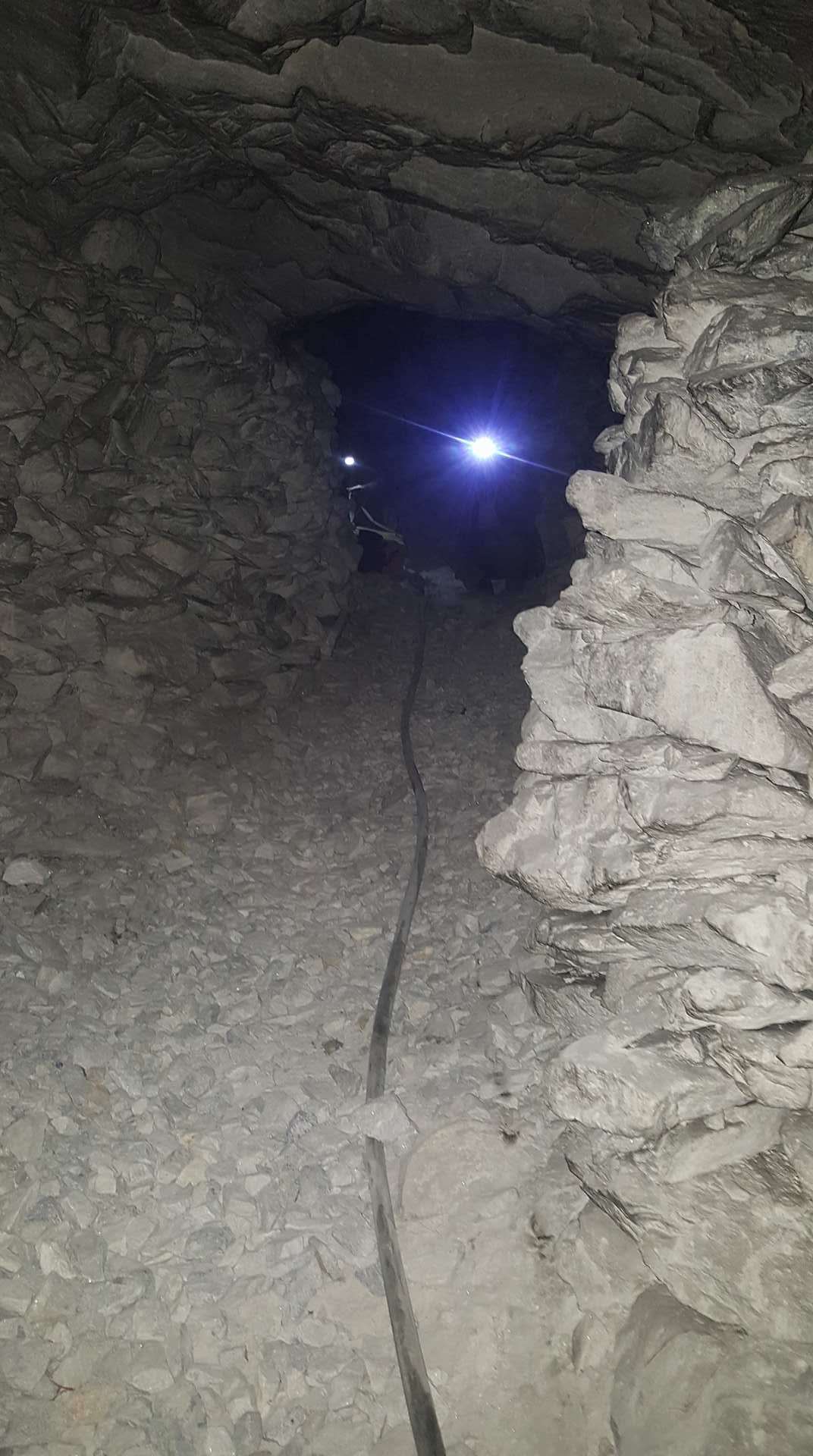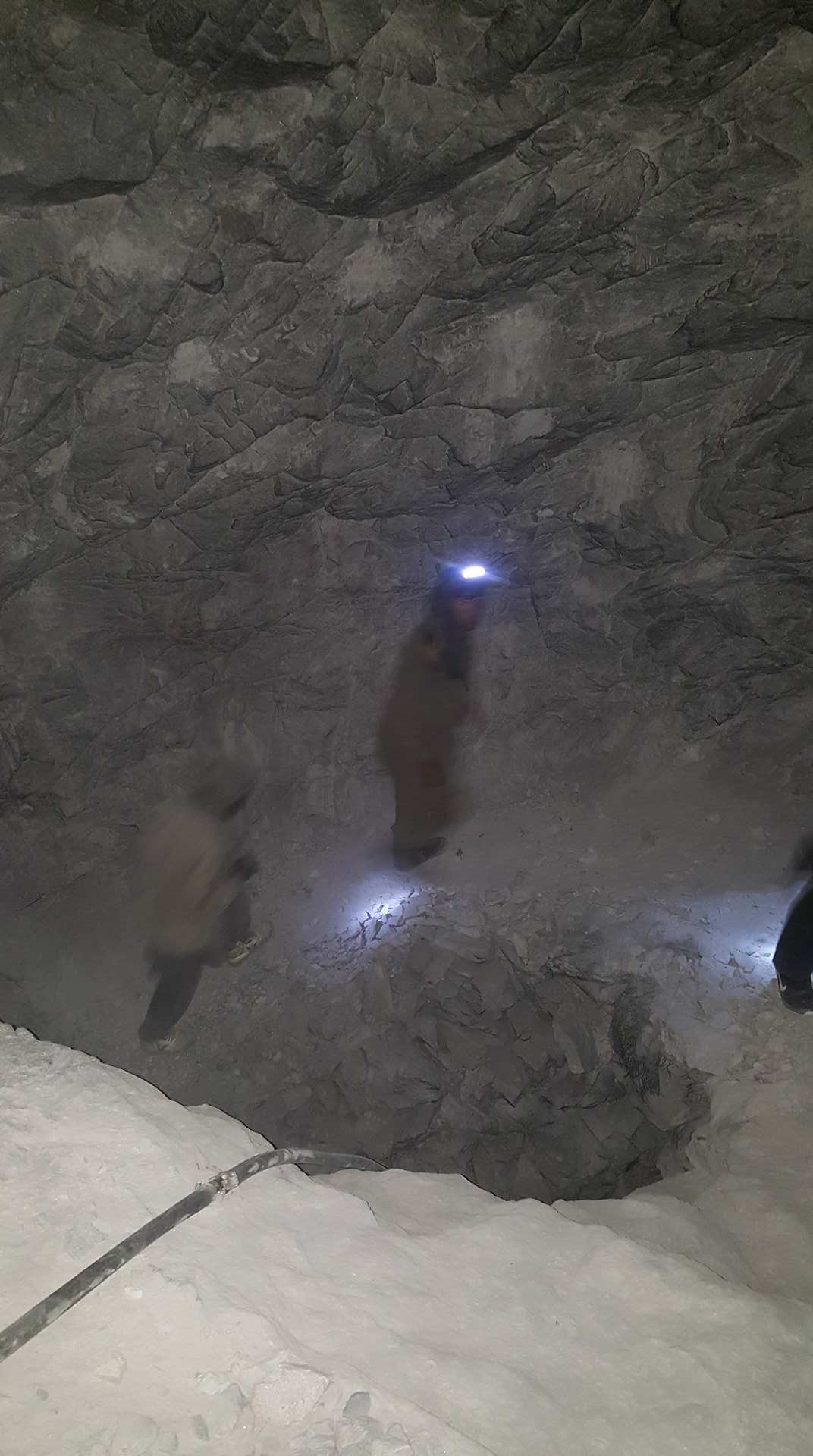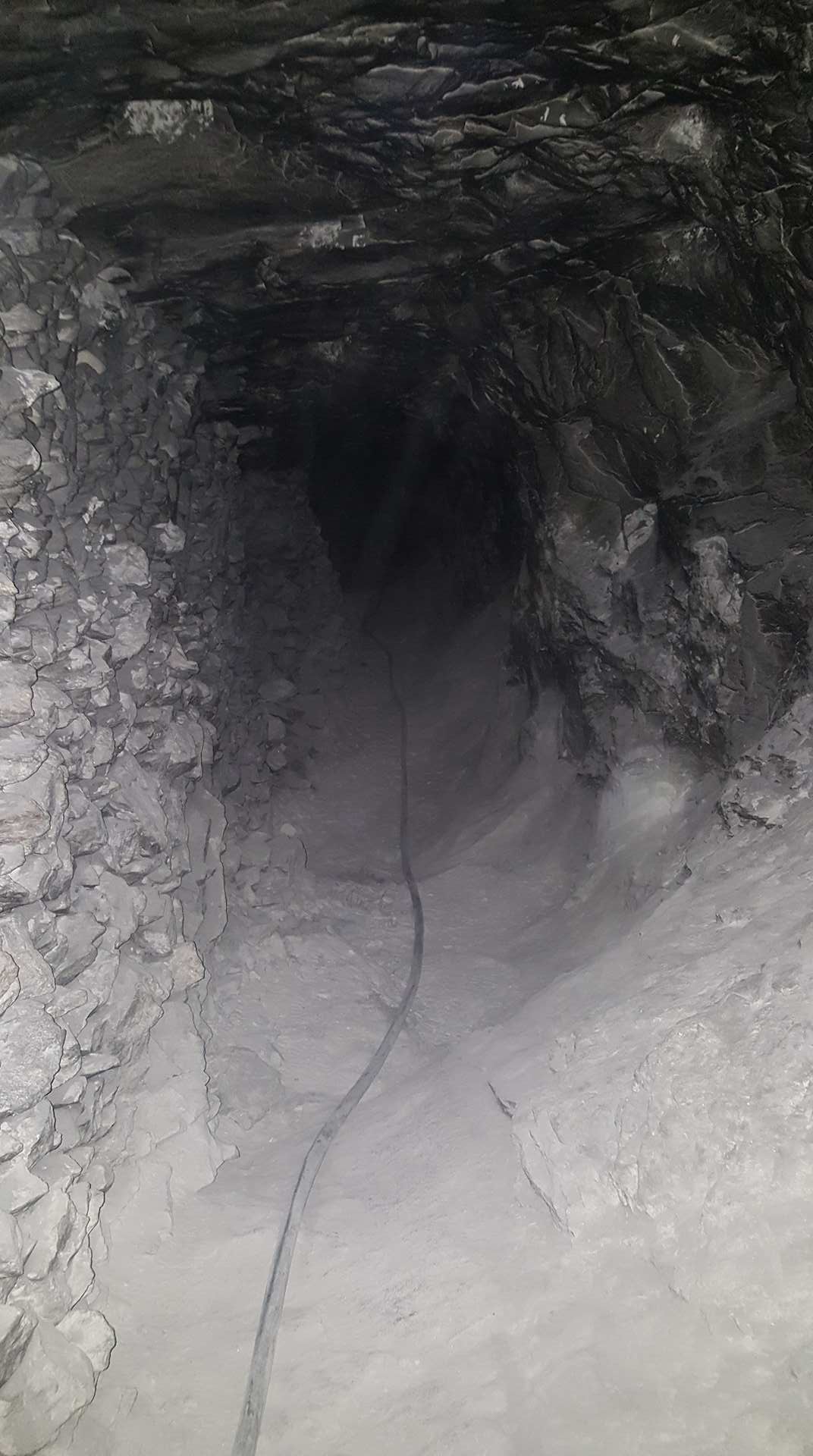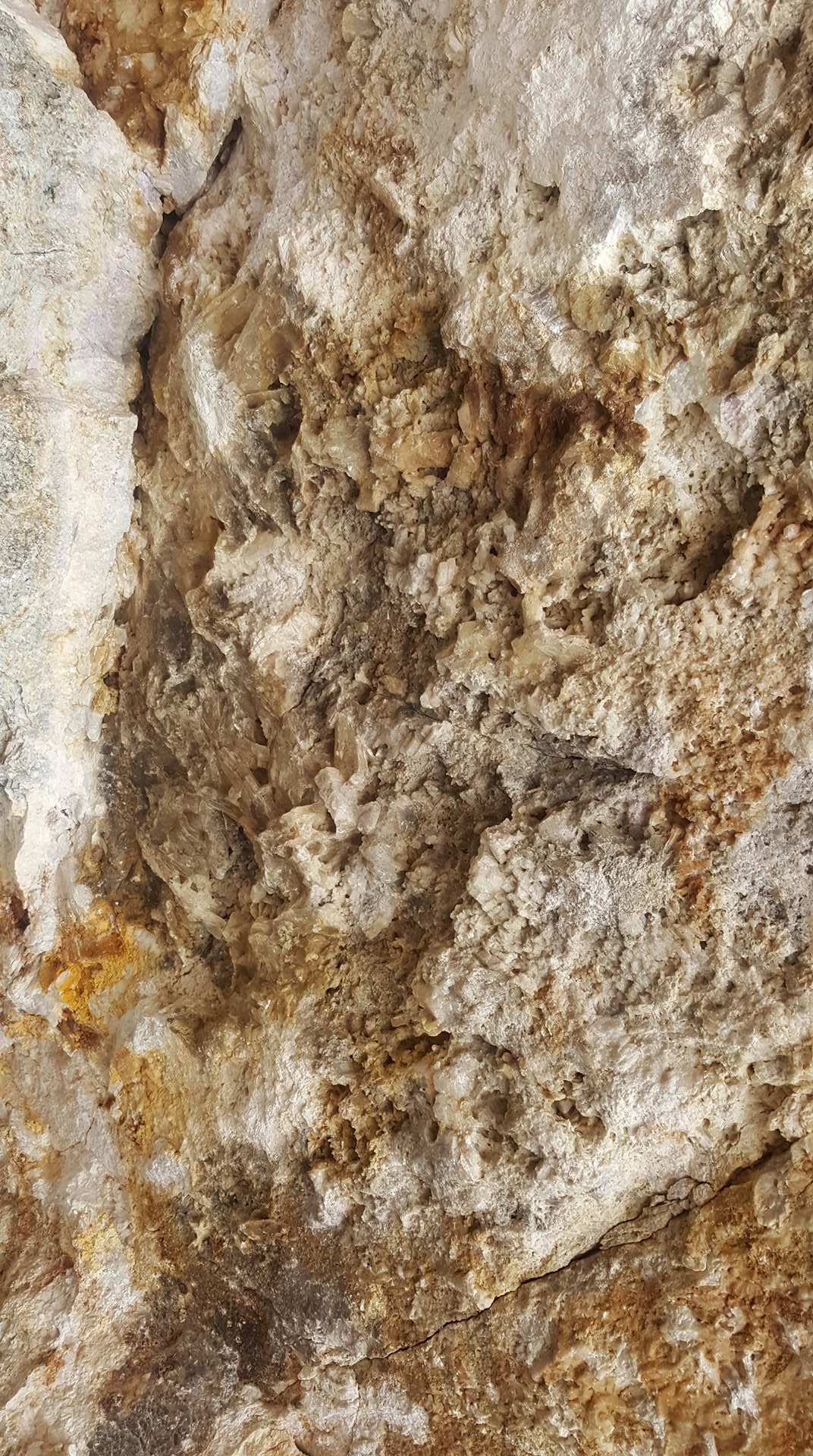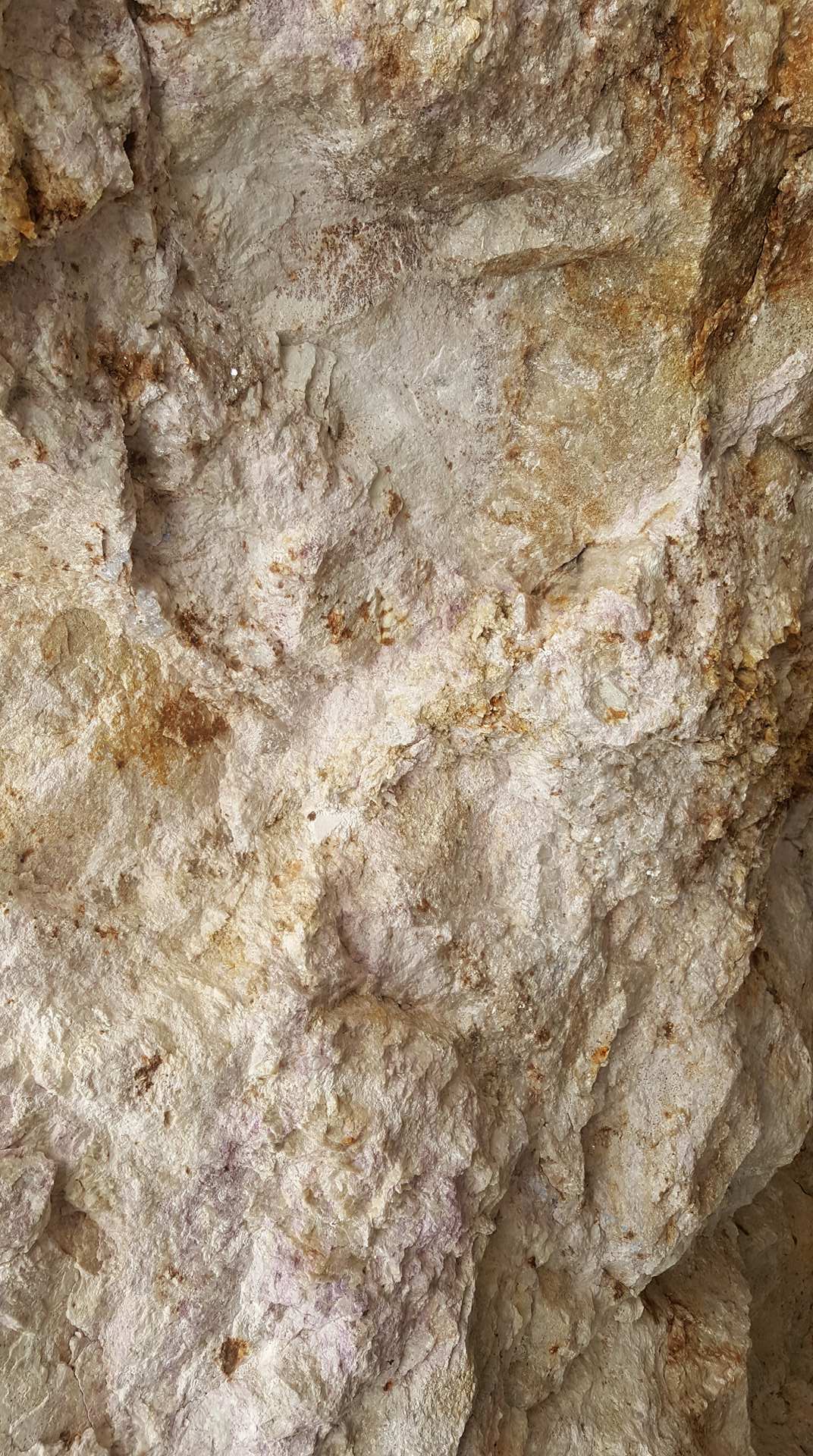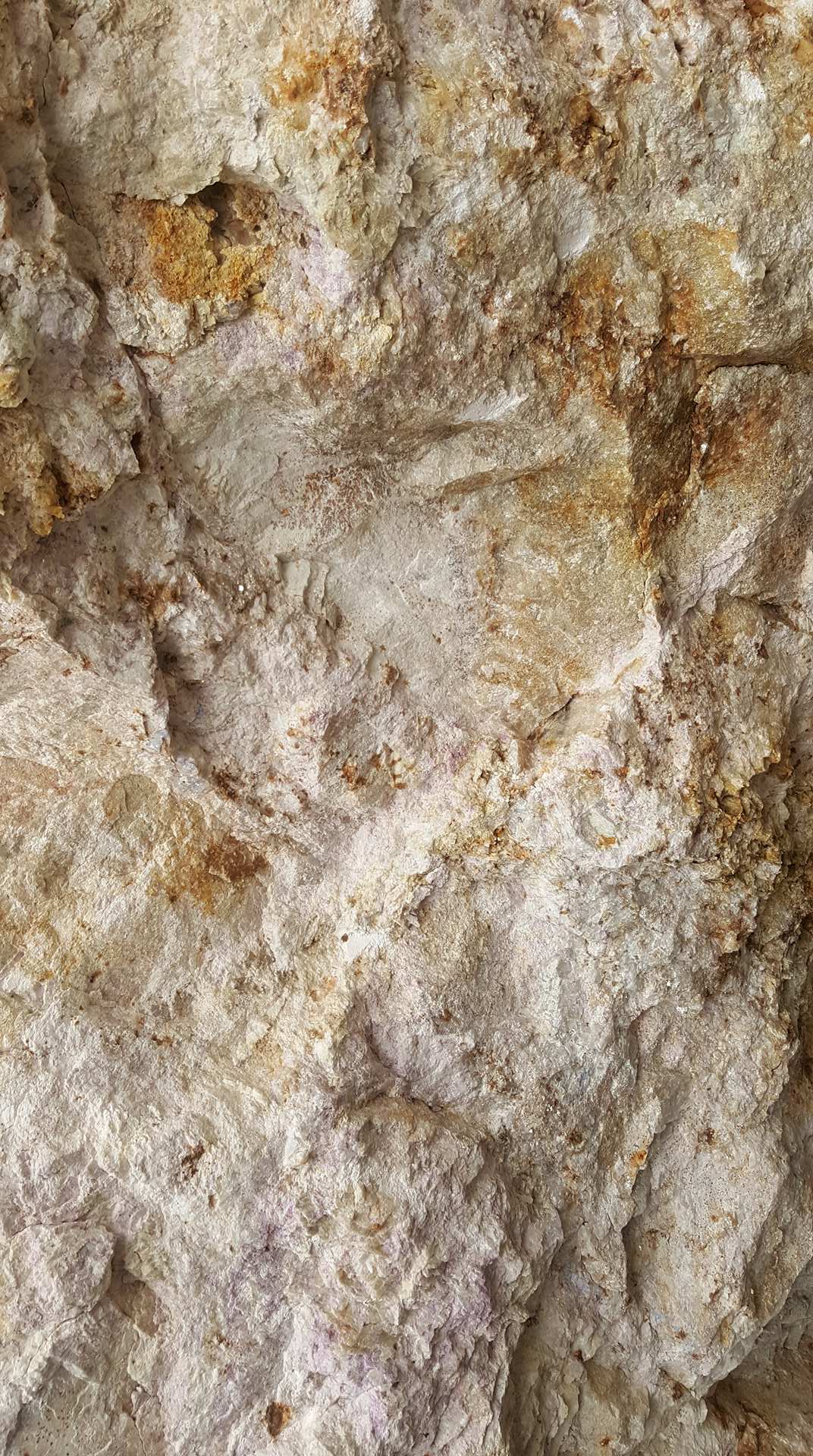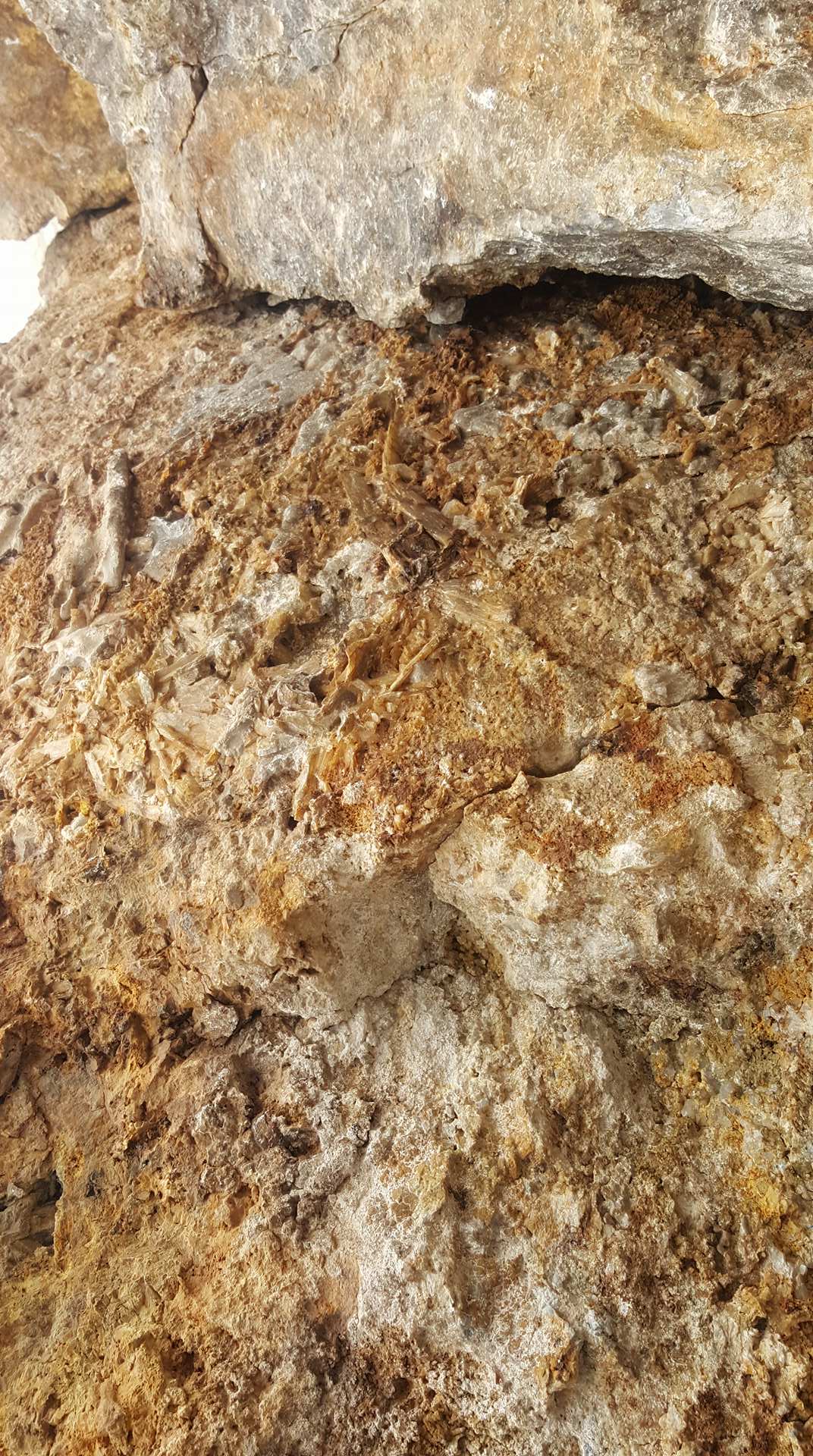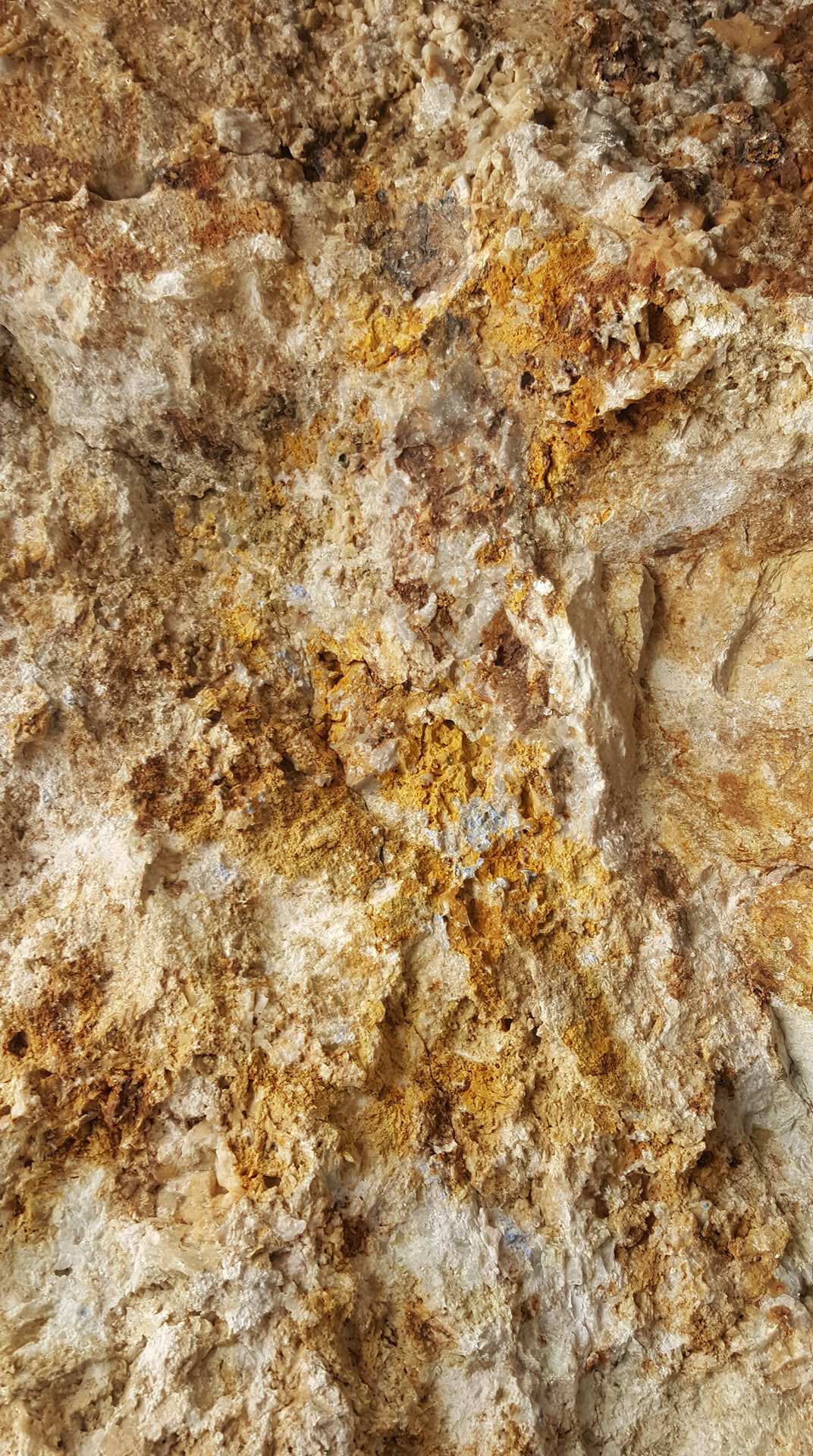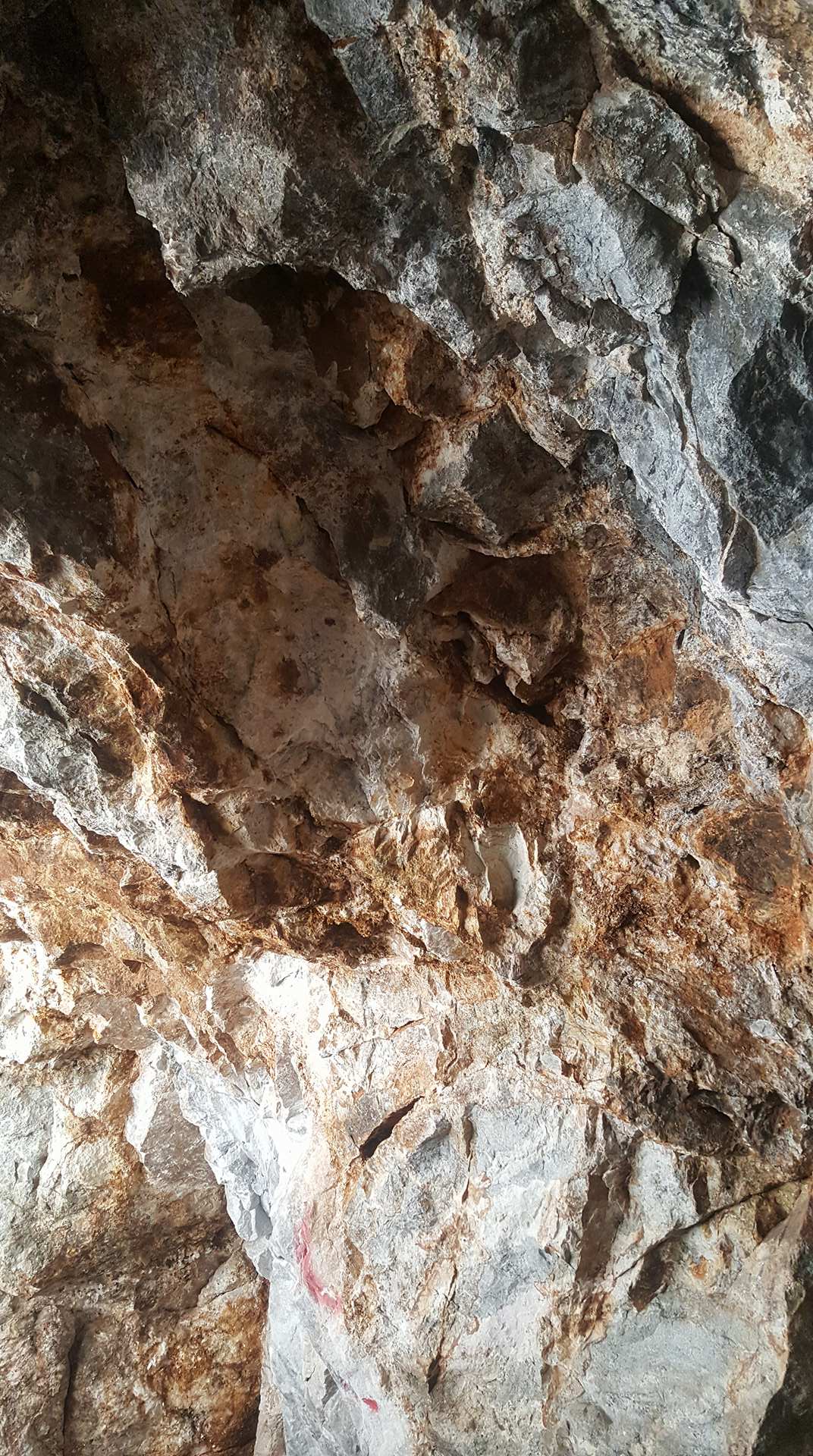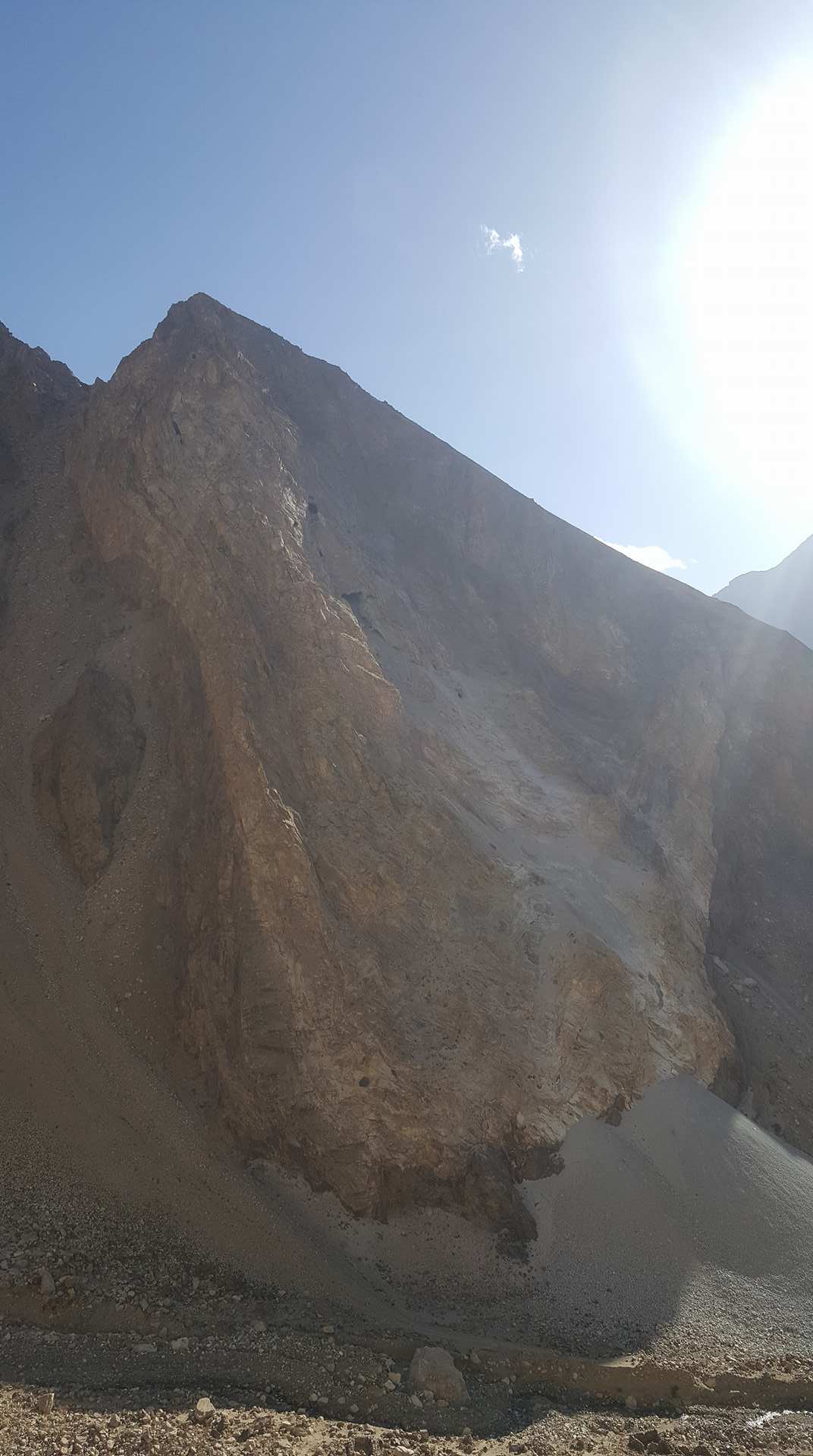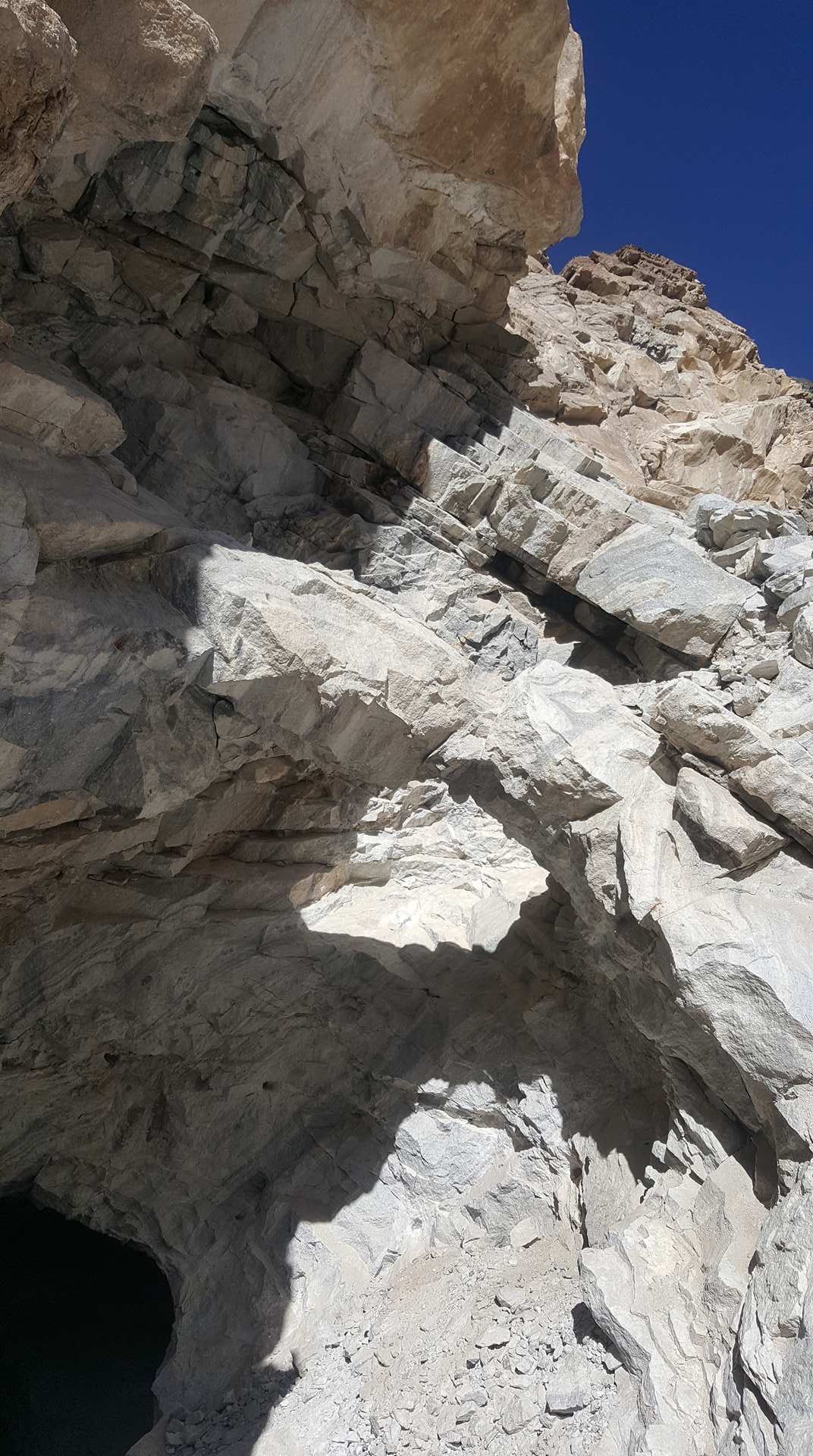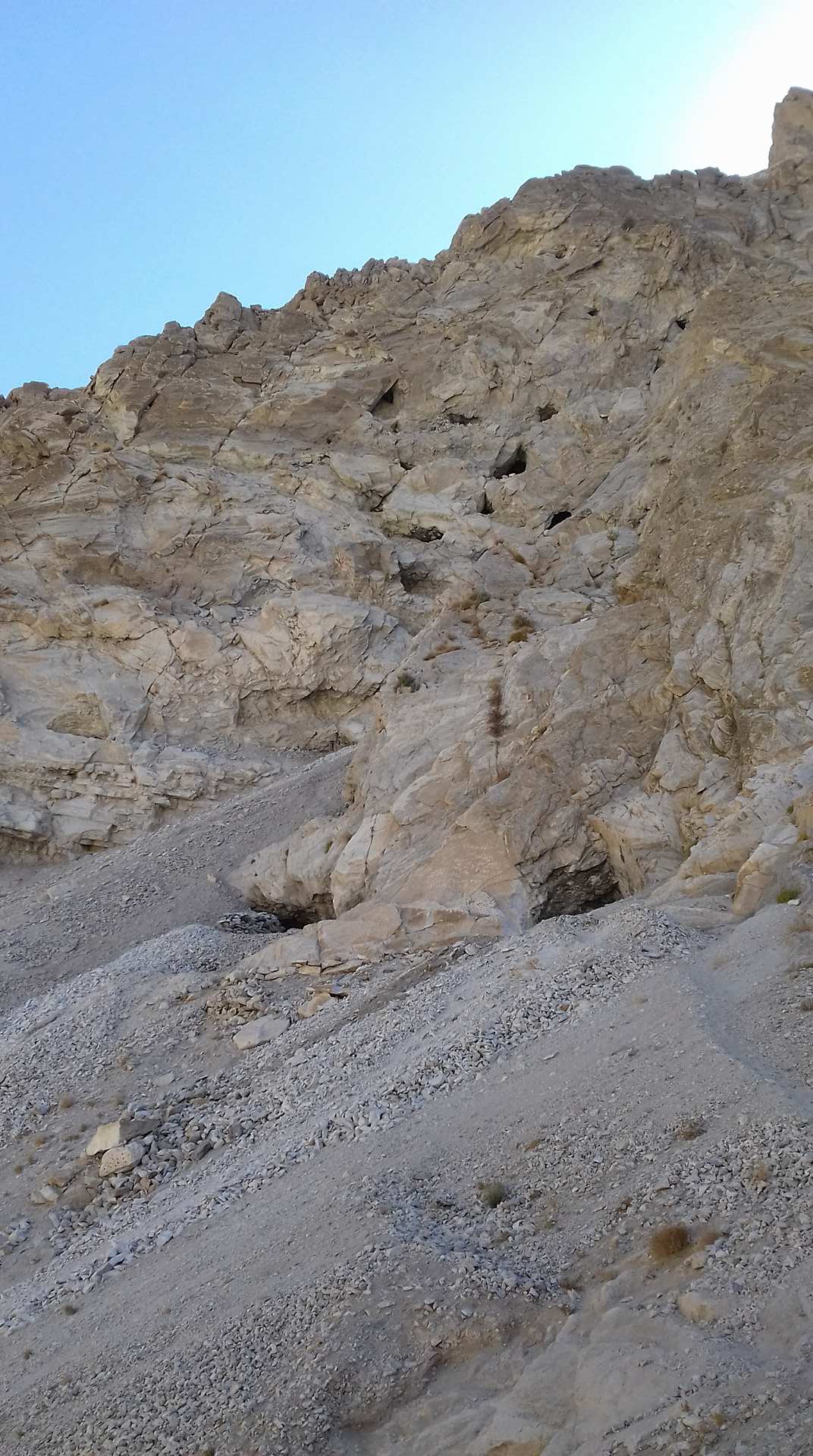[ONGOING] Photos from Afghanistan & Pakistan
![[ONGOING] Photos from Afghanistan & Pakistan](https://images.squarespace-cdn.com/content/v1/55add304e4b0372eed4367a2/1517514272182-OZ7AZG3IY3RTTZJP2TTL/27048998_363211187475592_1293048903_o.jpg)
2/1/18 More photos/stories from Pitwak mine. Reuploaded broken Vidme
11/16/17 Added video and photos from Skardu, Pakistan
11/14/17 Creation of article with photos of Pitwak Mine, Afghanistan
During my conversations with dealers and miners I usually stumble across videos, pictures, and other miscellaneous things pertaining to the geological, socioeconomical, political, and more. Rather than having them get forgotten about in a long lost chat log I've decided to host them here. All of this information is entirely based off of first hand experiences of the people I speak with.
$42,000 Aquamarine
Weighing 5 kg and standing 1 foot tall. Perfect terminations, shape, and color.
Skardu, Pakistan
According to the person that sent me this video this shows the intersection of three mountain ranges: Hindu Kush, Karakoram, and the Himalayas. It is also en route to the mining that goes on in Skardu.
At about 3:00 into the previous video you can see a truck driver with very elaborate decorations. I almost didn't believe that this was real and sure enough he showed me a National Geographic segment showcasing Lawari Pass and other truck drivers with similar attire. What a cultural difference!
Some other miscellaneous videos showcasing the beauty of the area.
Pitwak Mine
A quick overview of the many parts surrounding the Pitwak mine. The miner I've been in contact was kind enough to give me some insight into what is found where on the mountain. They are named in a combination of Urdu and Persian. From the top down in the first photo the spinel mine is called madan spinel, hauyne - madan sodalite, dravite - madan daane zard, hackmanite - madan pitwak. What wonderfully diverse geology in such a small area. This is only half the mountain as well!
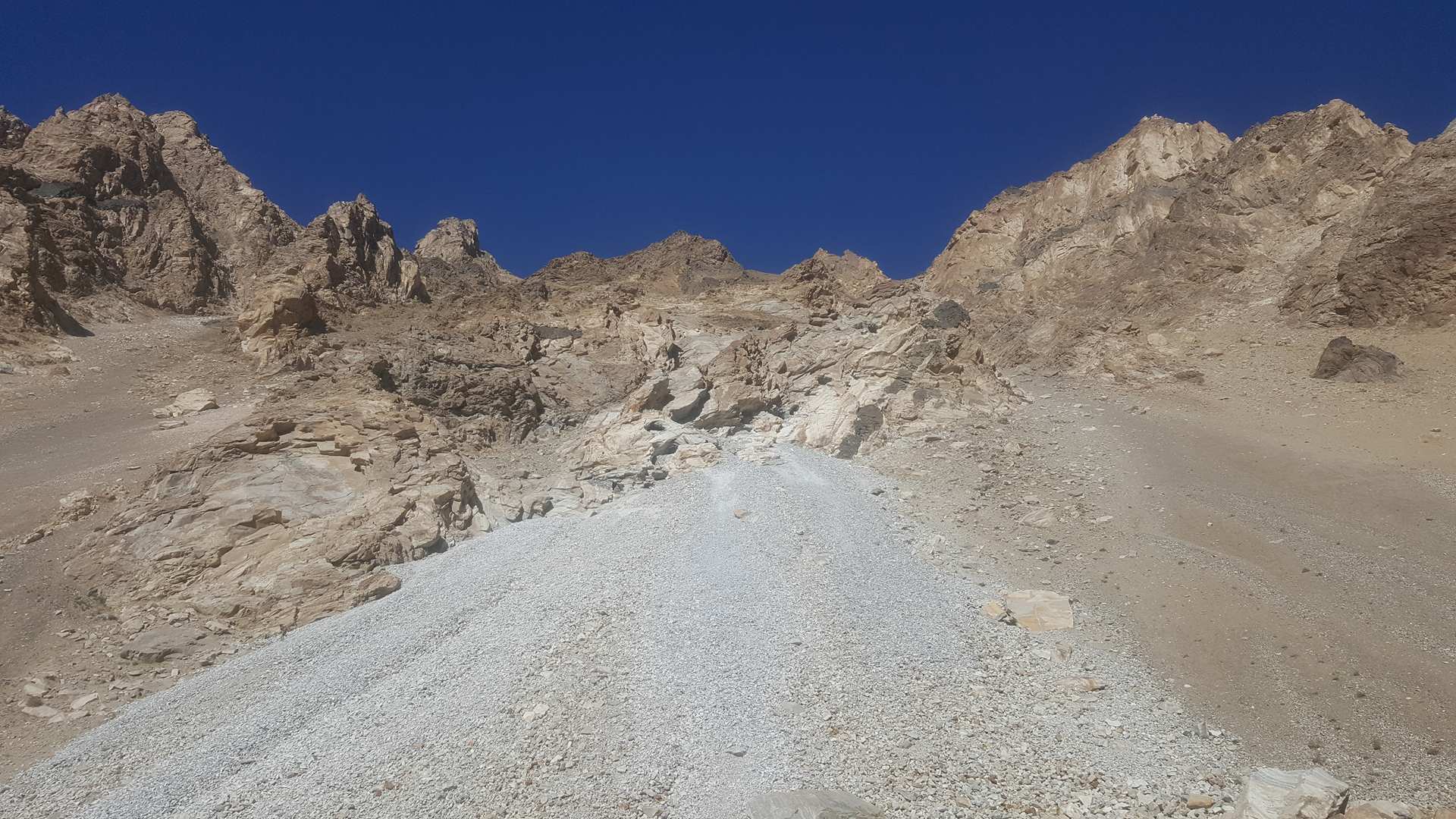
Some photos from base camp. As you can see it's quite close to the mines. However, it's quite difficult to grasp the scale of how large this area is from the few photos I have. You can see a large cluster of the makeshift houses in the last shot. There are roughly 500 homes, 200 shops, and a total of 4000 people living here during mining season. Speaking of which now would be a great time to interject the life of a miner in Badakhshan. First of all every mine has its own boss. At the start of the season miners can choose which mine they work at. They then get permission from the clan of the area (note: his words exactly. Need more info on what part the clan plays). This part is important because miners are able to buy specimens they mine and get the first pick at nice pieces. For example, the tenebrescent scapolite I most recently posted (http://www.raymond-wu.com/all/2017/11/10/tenebrescent-scapolite) was bought by this miner for $200. 5% then goes to the clan (note: reason unknown) and he can then go on to sell it for whatever price he wishes. In this case he sold it for over double that and it eventually made its way into my hands. For this reason alone some businessmen set up camp here to be the first ones to get the newest material being mined! Of note is that no women are allowed here.
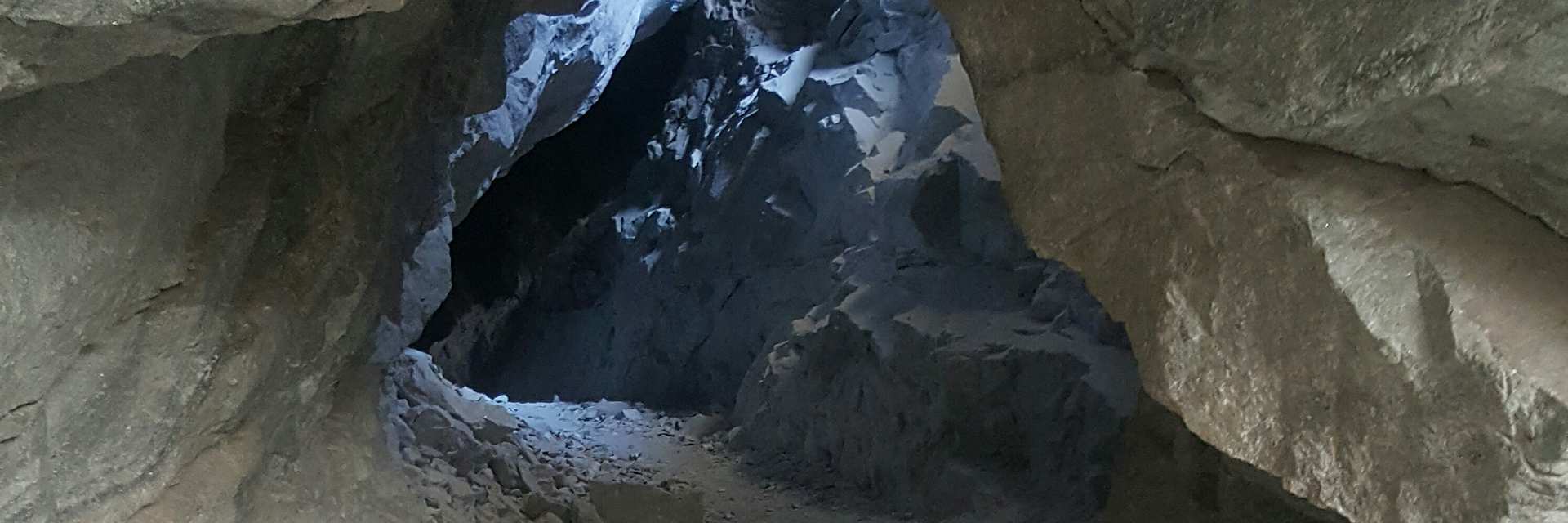
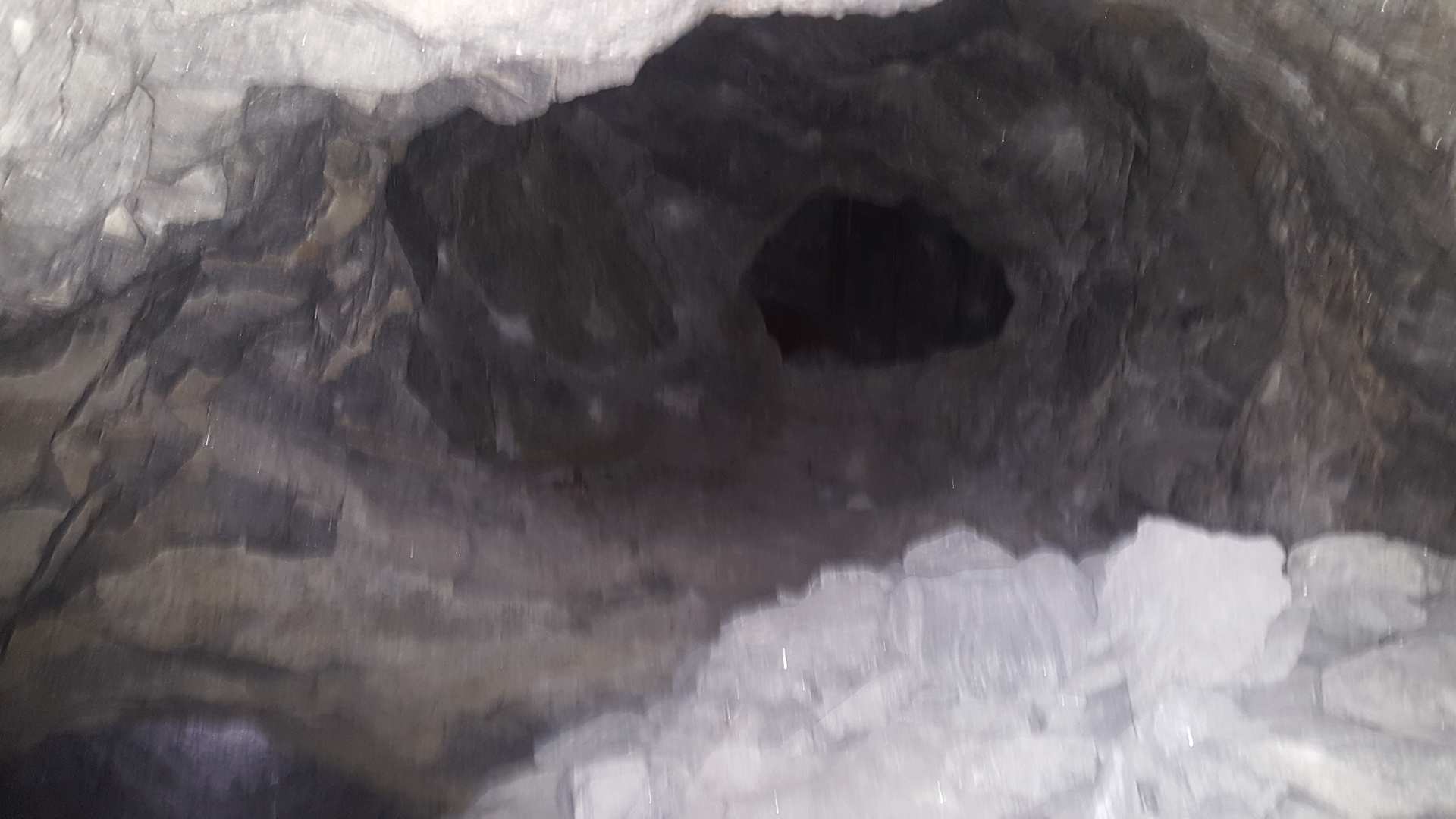
Photo set #1 of Pitwak. Specifically this is within the area where tenebrescent scapolite, hackmanite, winchite, etc. are found. This isn't the most productive mine in terms of money earned per hour, that goes to the lapis mines. That's primarily because good crystals are rare and the material isn't as coveted as the lapis. As a result this part of the mine is seldom worked with at most 6 people working on it at once.
Part of the sodalite var. hackmanite vein. You can see that some areas of the photo are slightly purple. I'm told that the sections of the mine are referred to by what's found there. So for instance in Persian this section would be called shab chragh شب چراغ (?) which means phosphorescent and what the locals refer to when they talk about hackmanite.
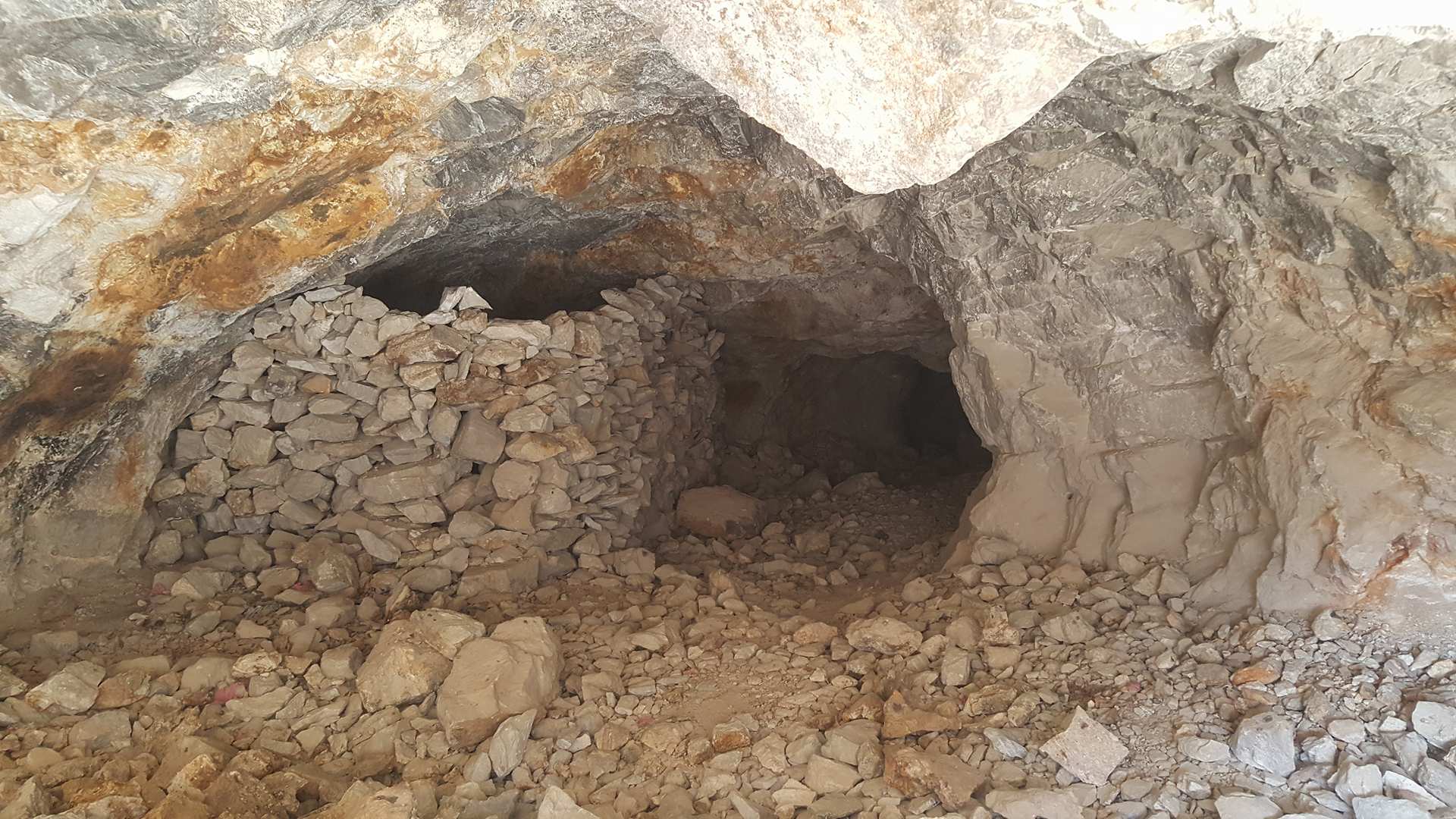
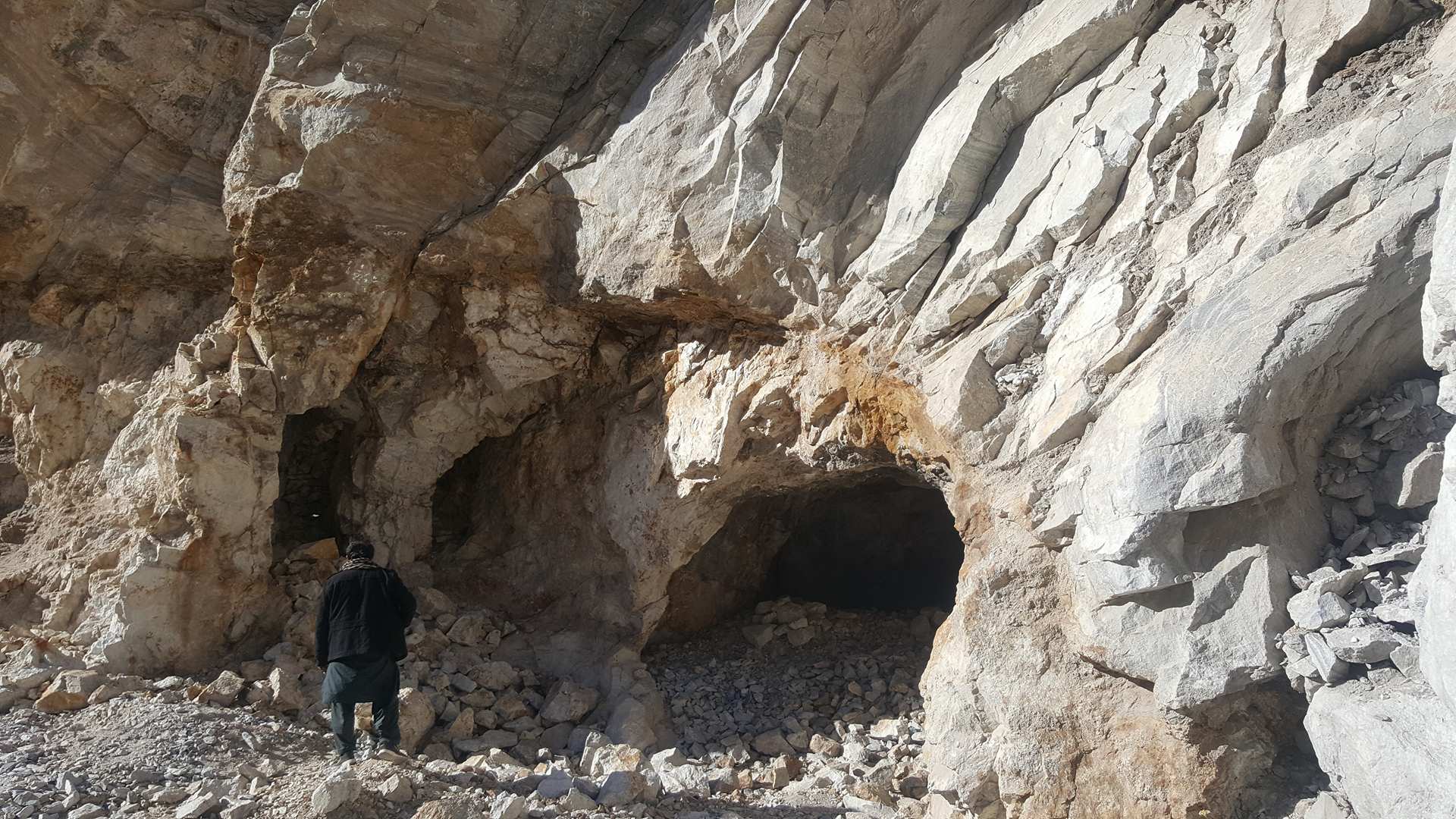
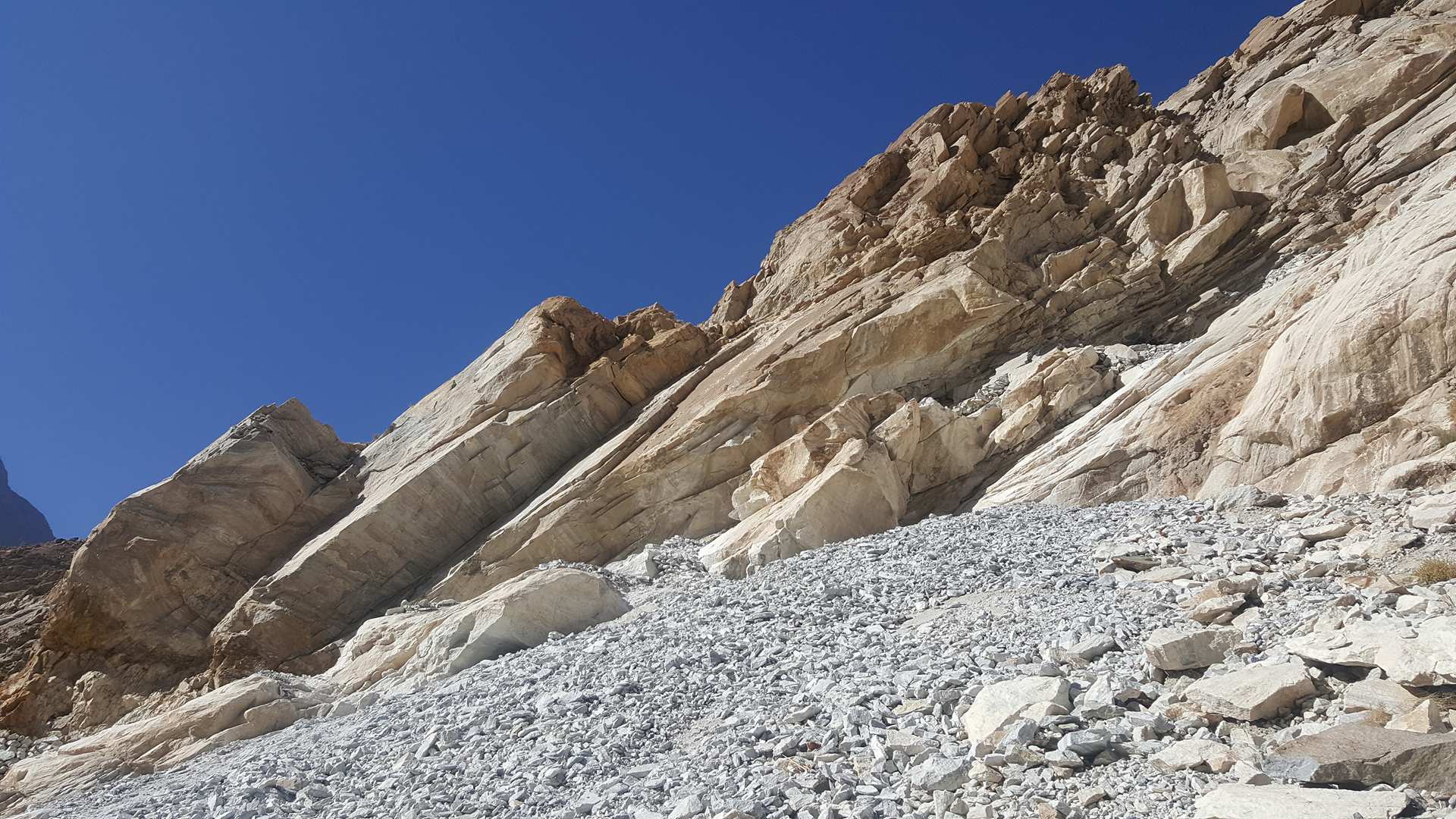
Photo set #2 of Pitwak mine. This is a slightly different entrance to the Pitwak. I'm told that the mine is named after the first person that worked on the mine: Pitwak Haji Baba. Supposedly this happens after in the 1990s (though I can't find any sources that confirm this). The name also comes from pitawo, which refers to the spot where the sun's rays fall (confirmed by 2 speakers). A spot where you sit in the winter morning to get some warmth.
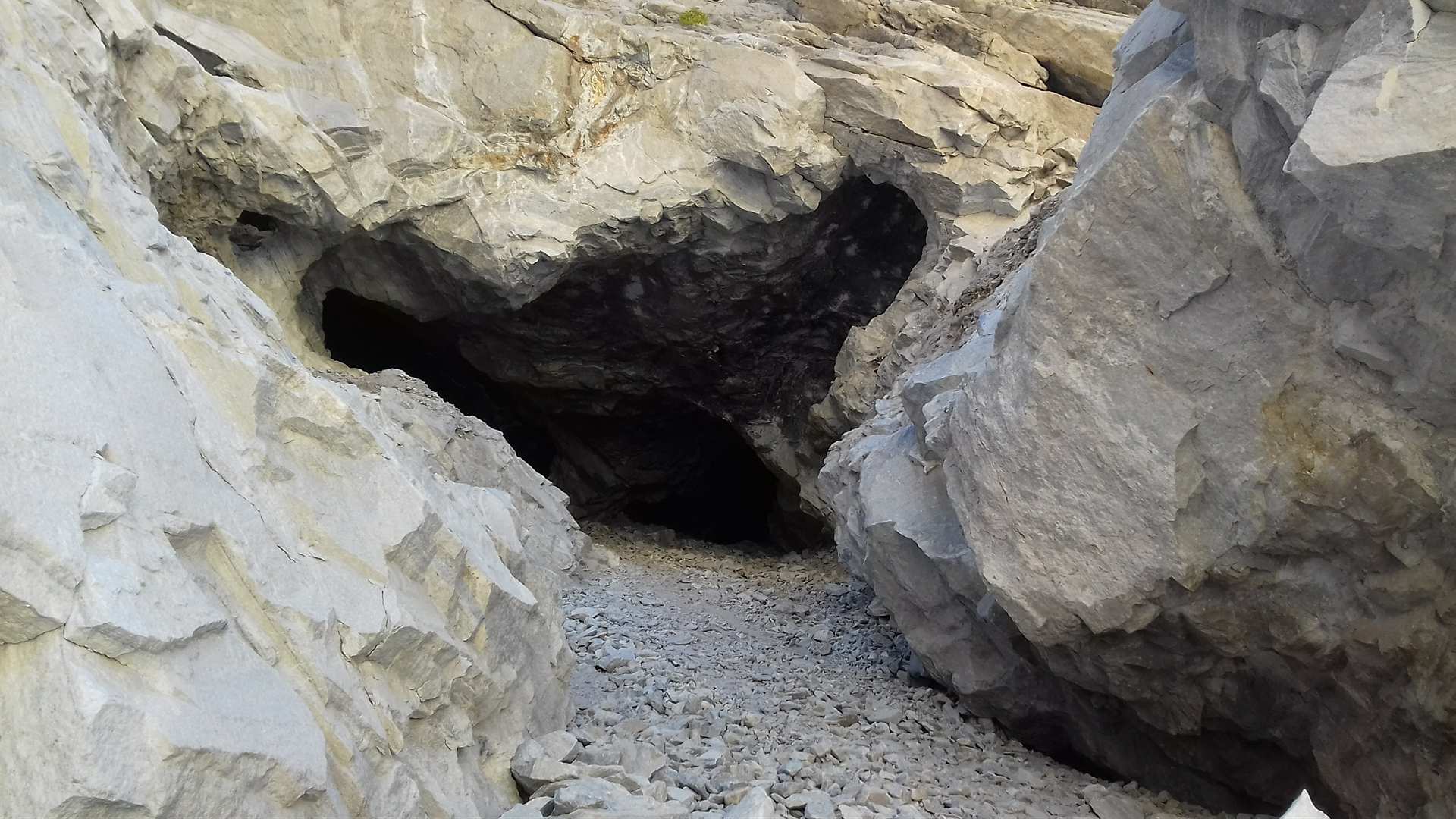
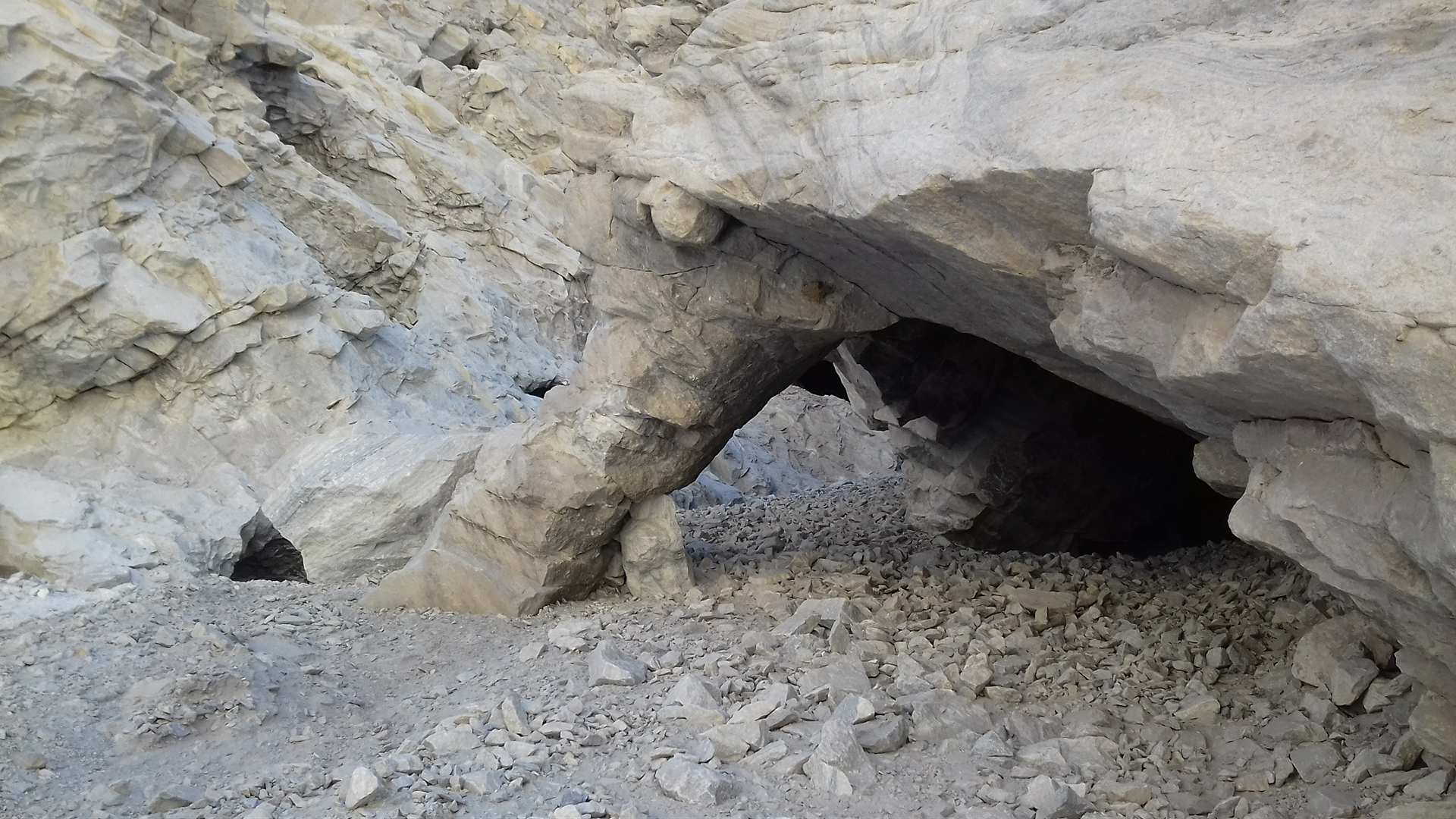
This last photoset is of madan chaar, one of the many lapis mines on this mountain. The area has been mined for lapis for over 4000 years. There are tunnels ranging from the back of the mountain all the way to the front. There are many mines dedicated to solely lapis: madan chaar, madan panj, madan jarok, madan regi. The area is collectively known as madan ladjuar. This is by far the most worked area with mining going around 24/7 at peak.
A list of mines as well as what is found there.

